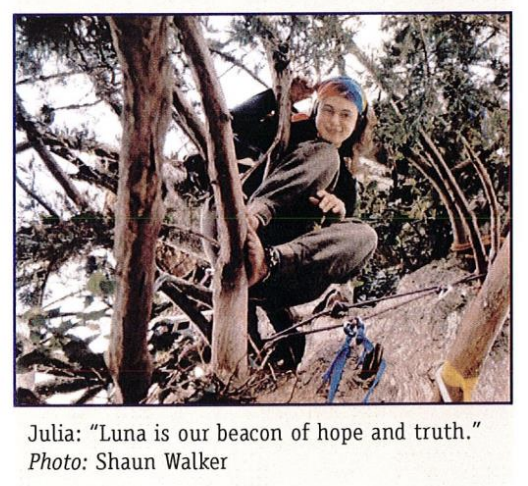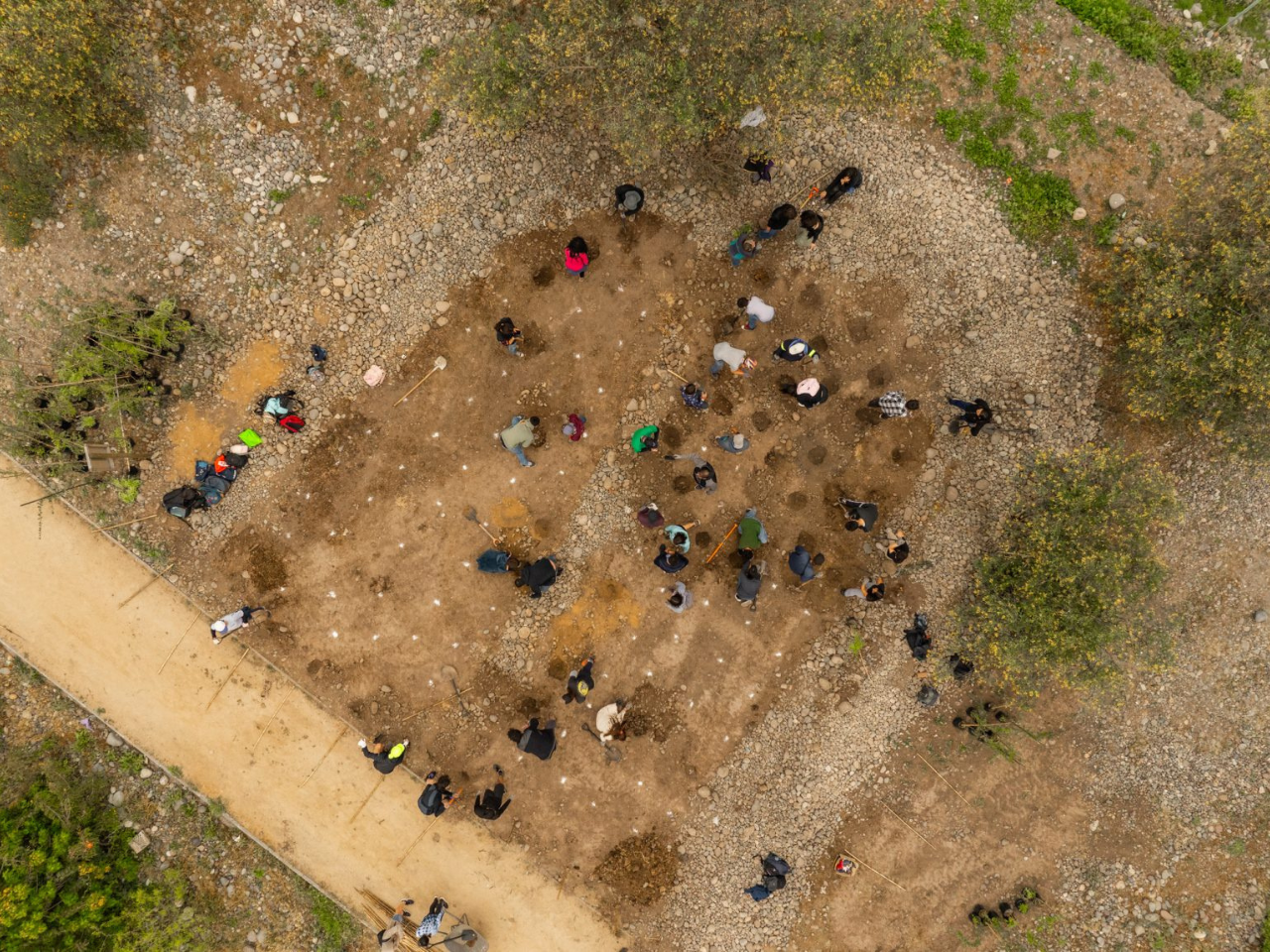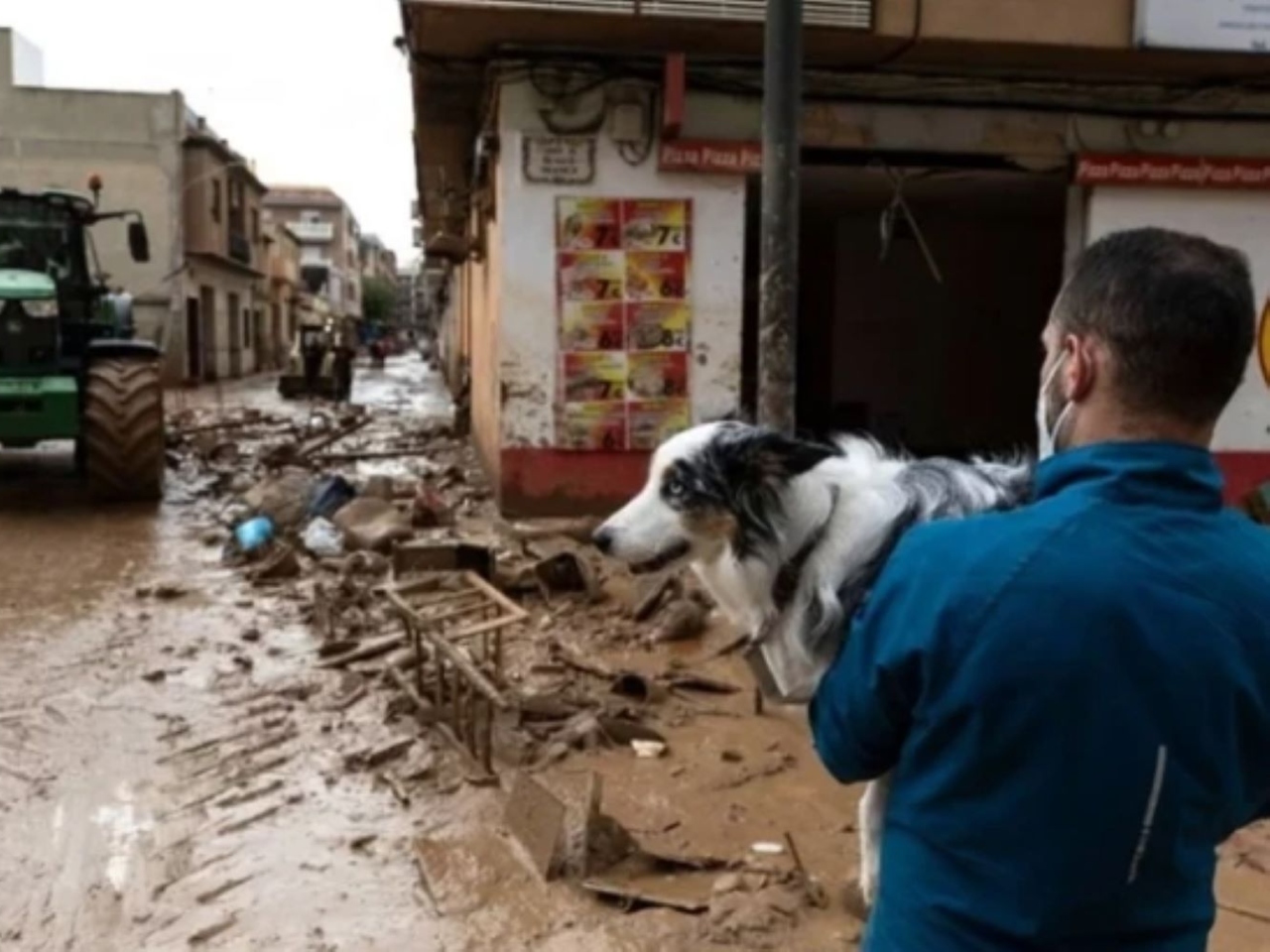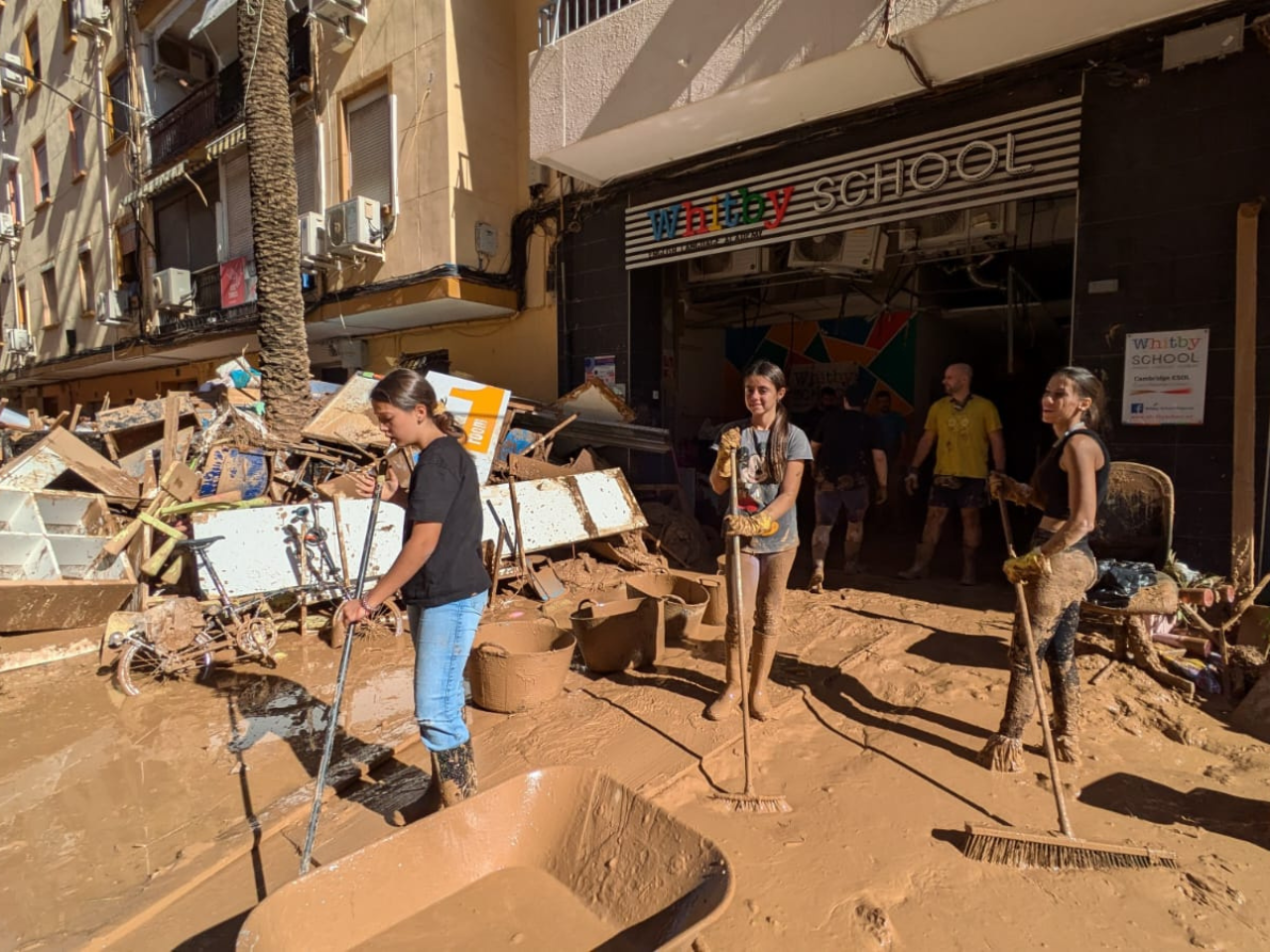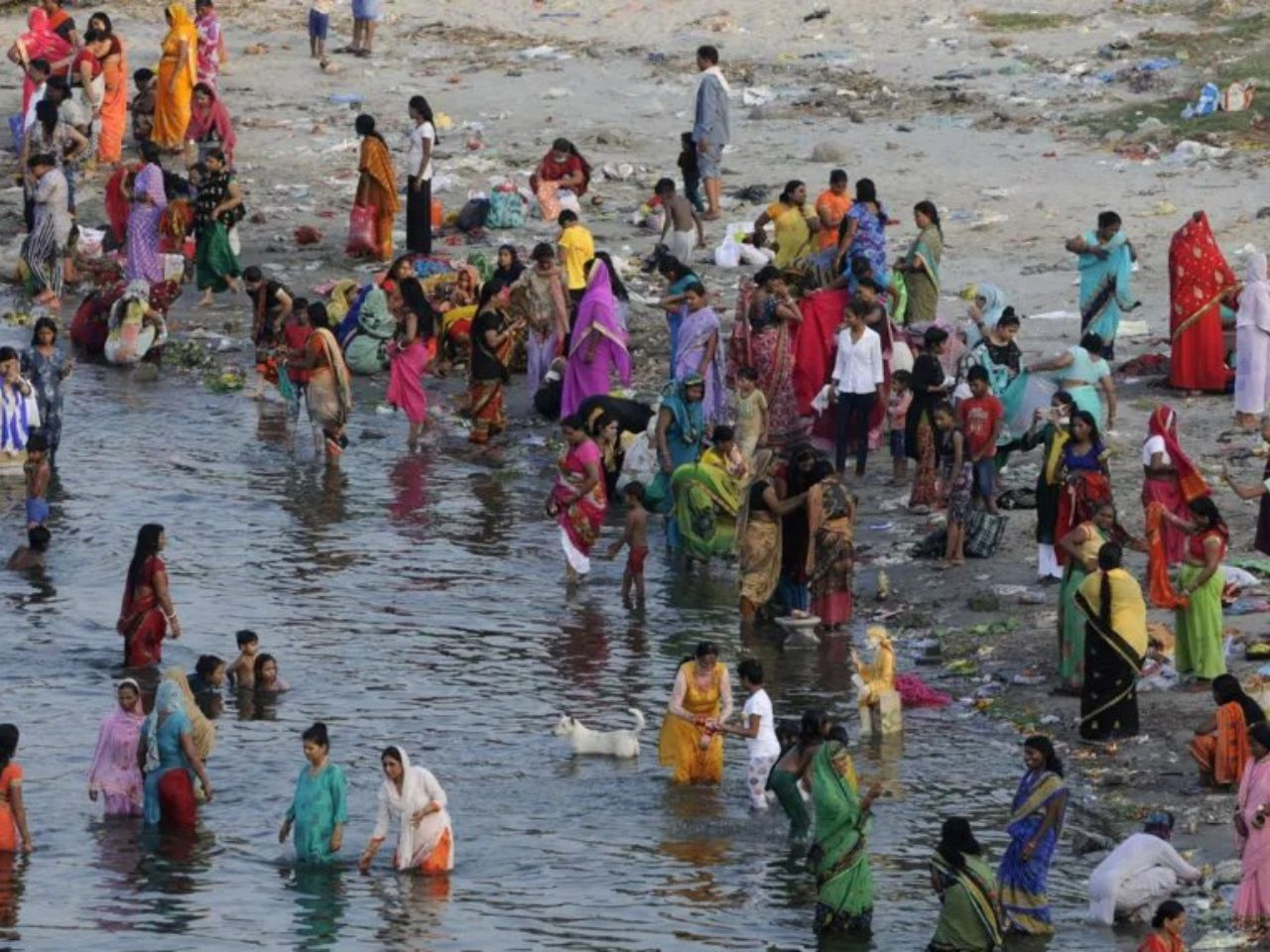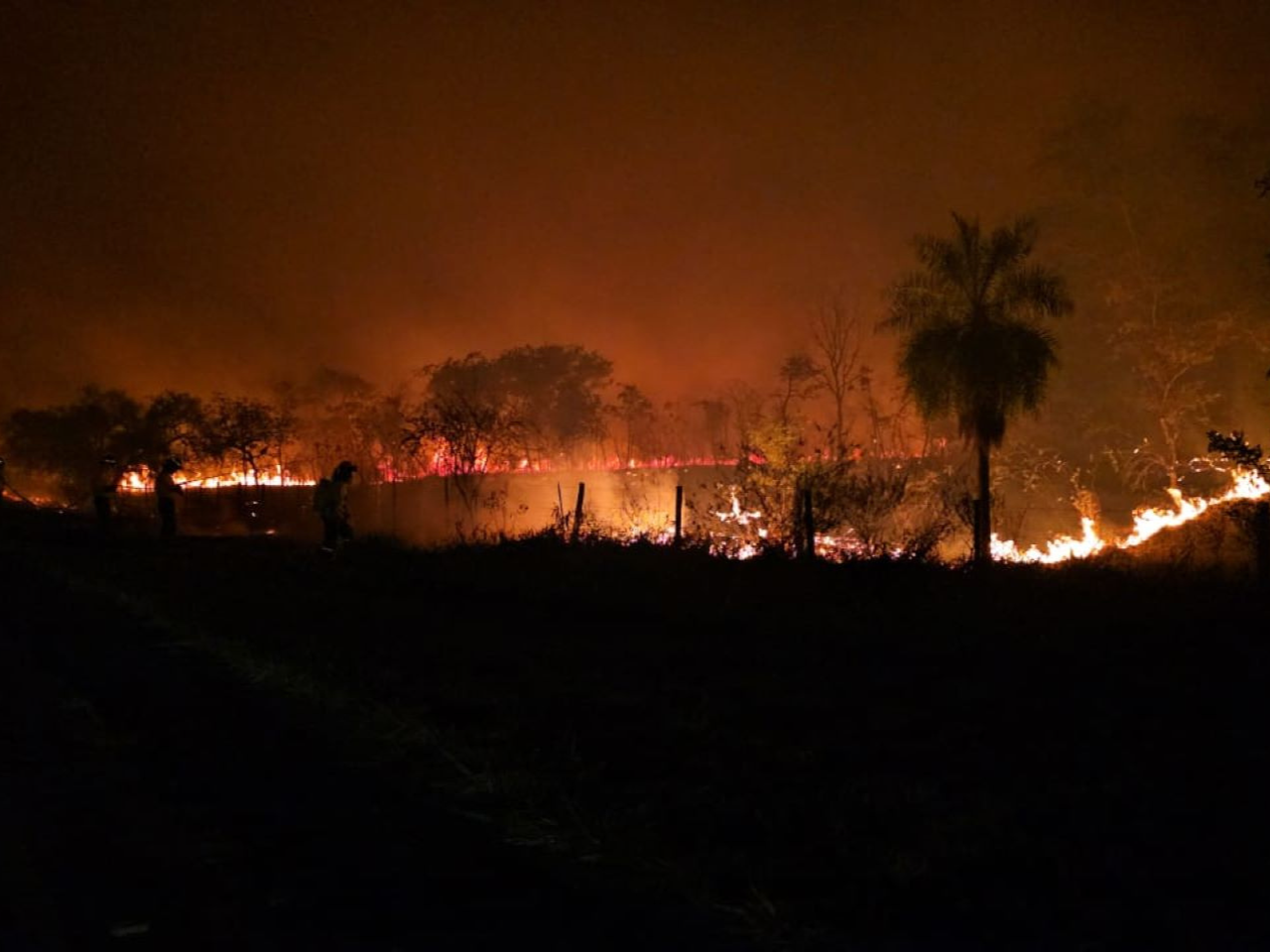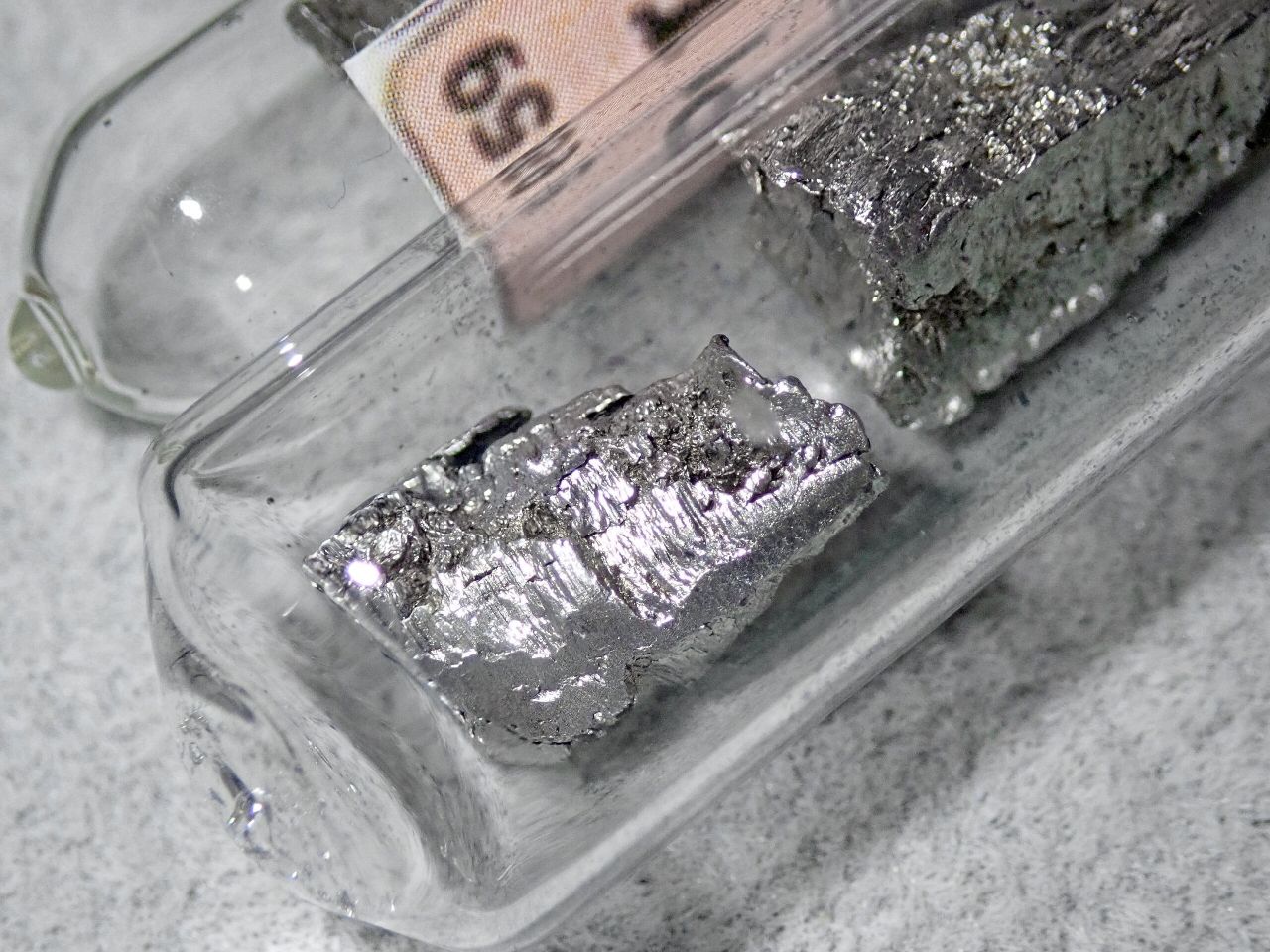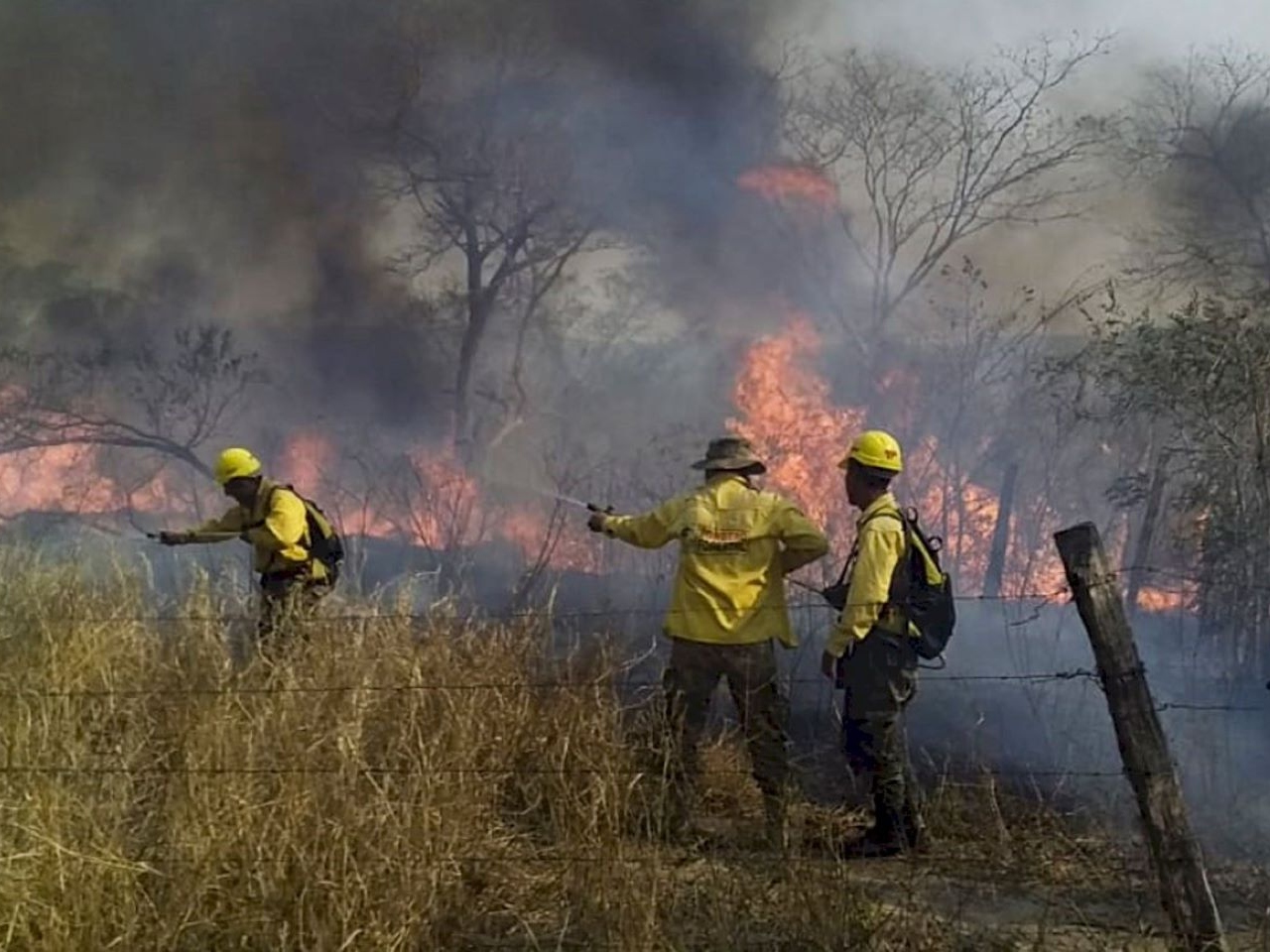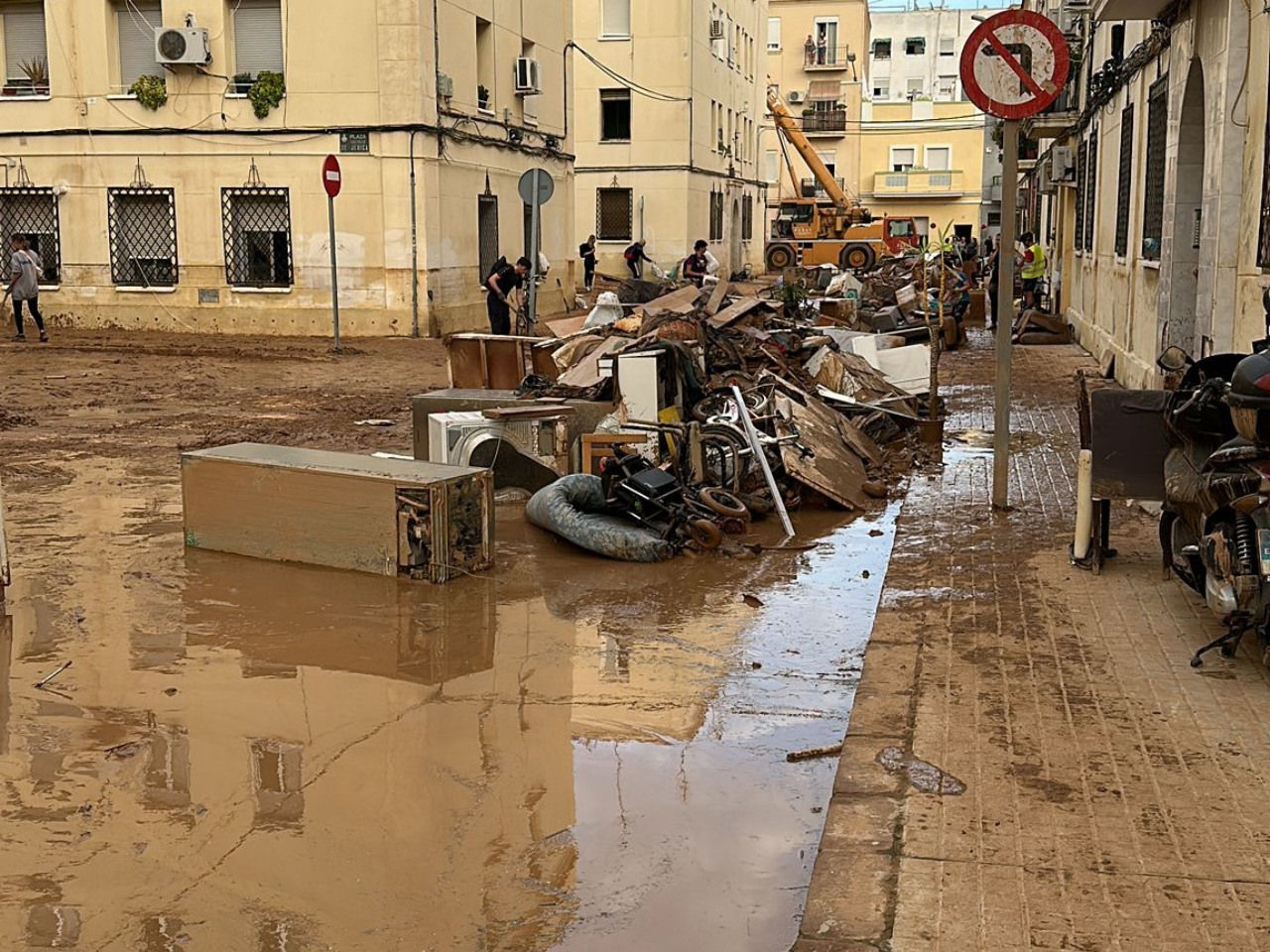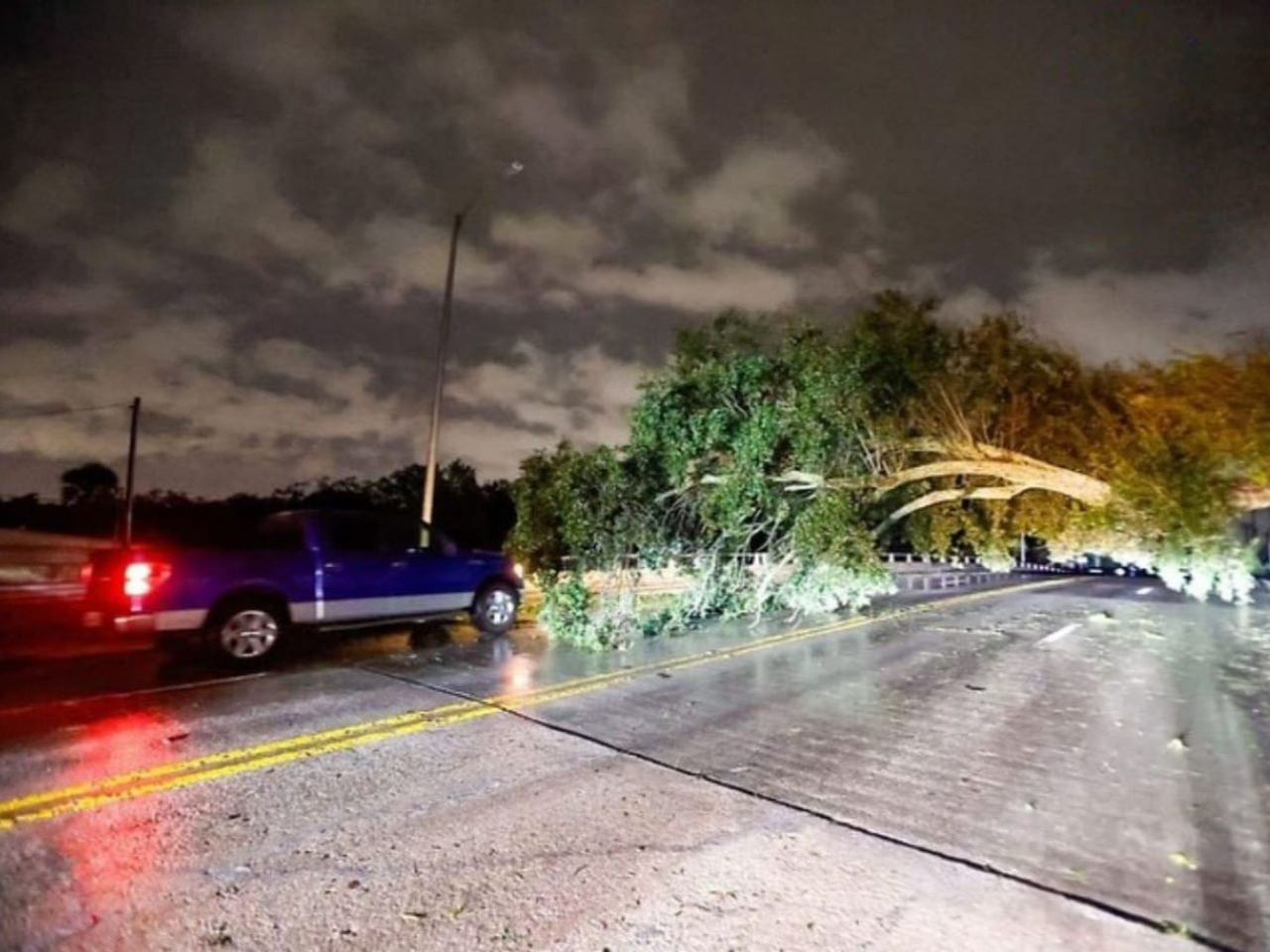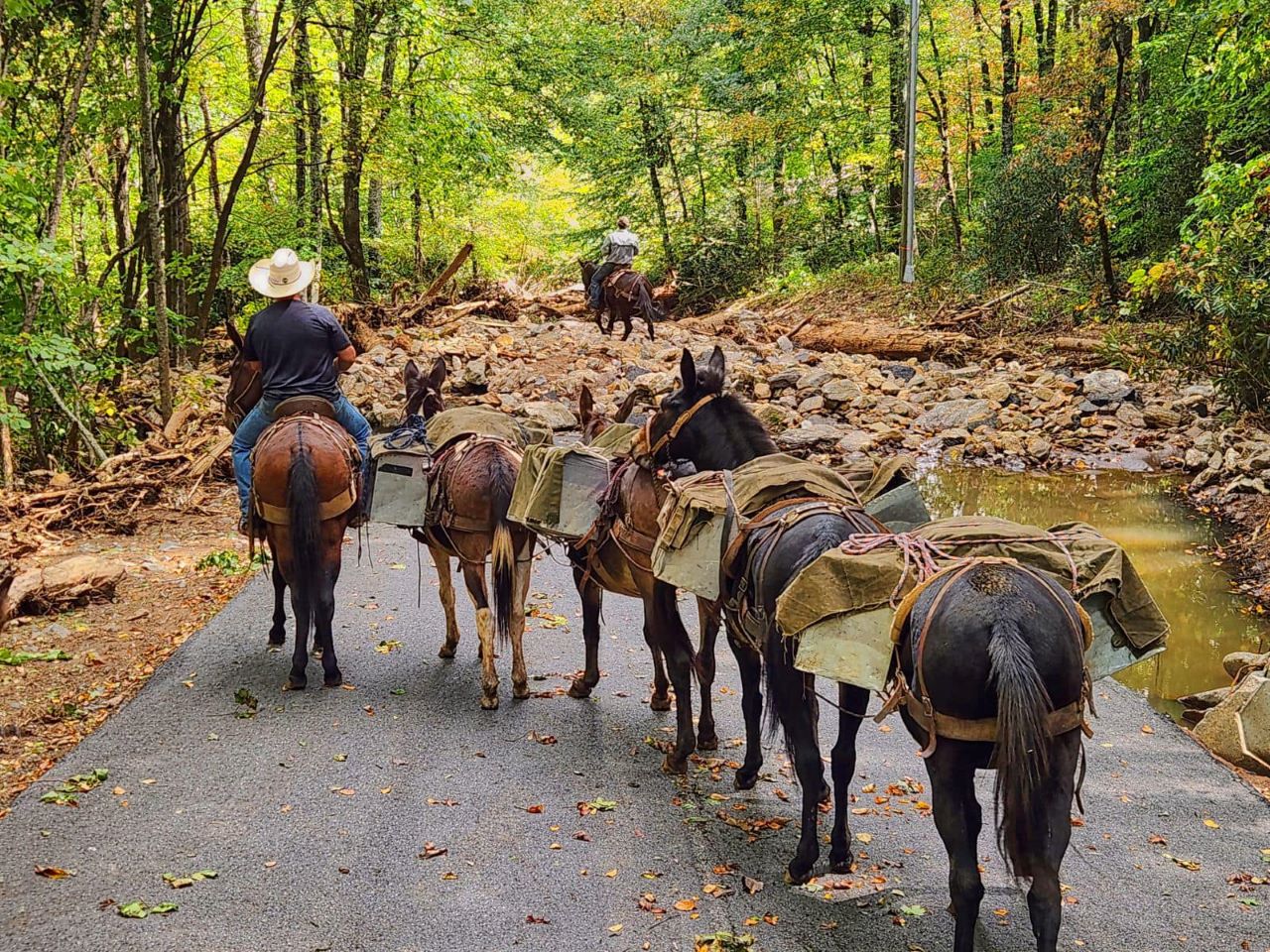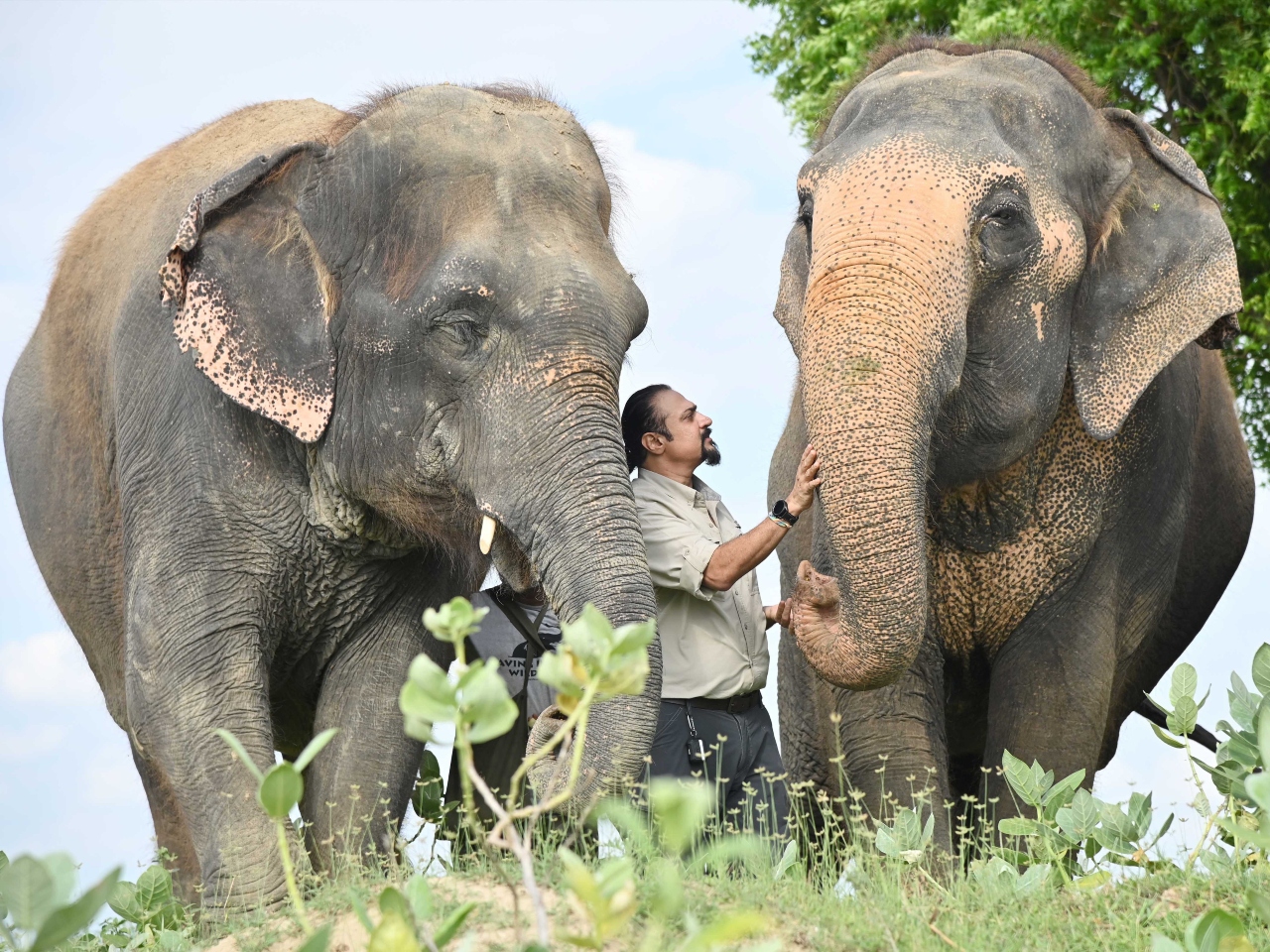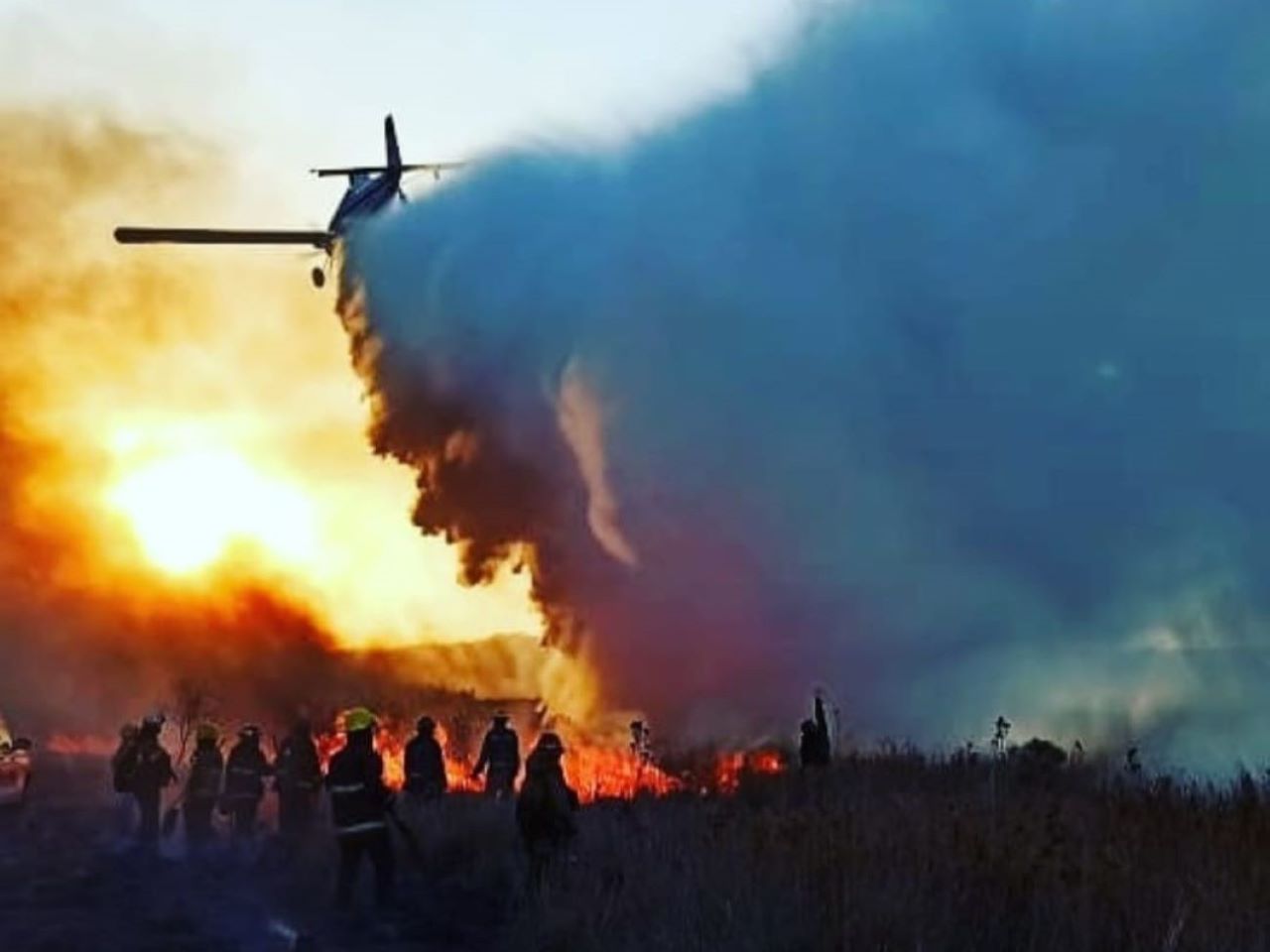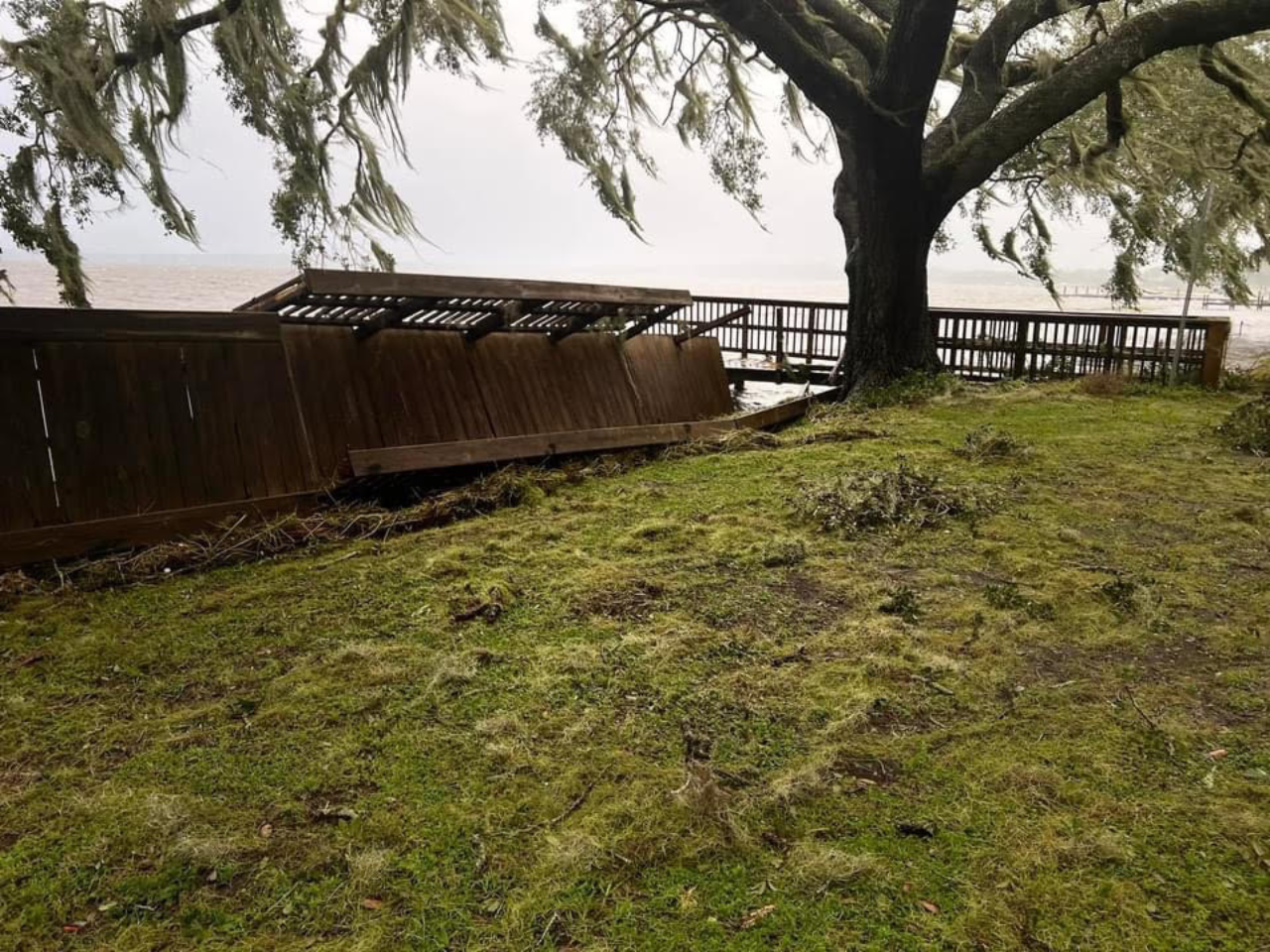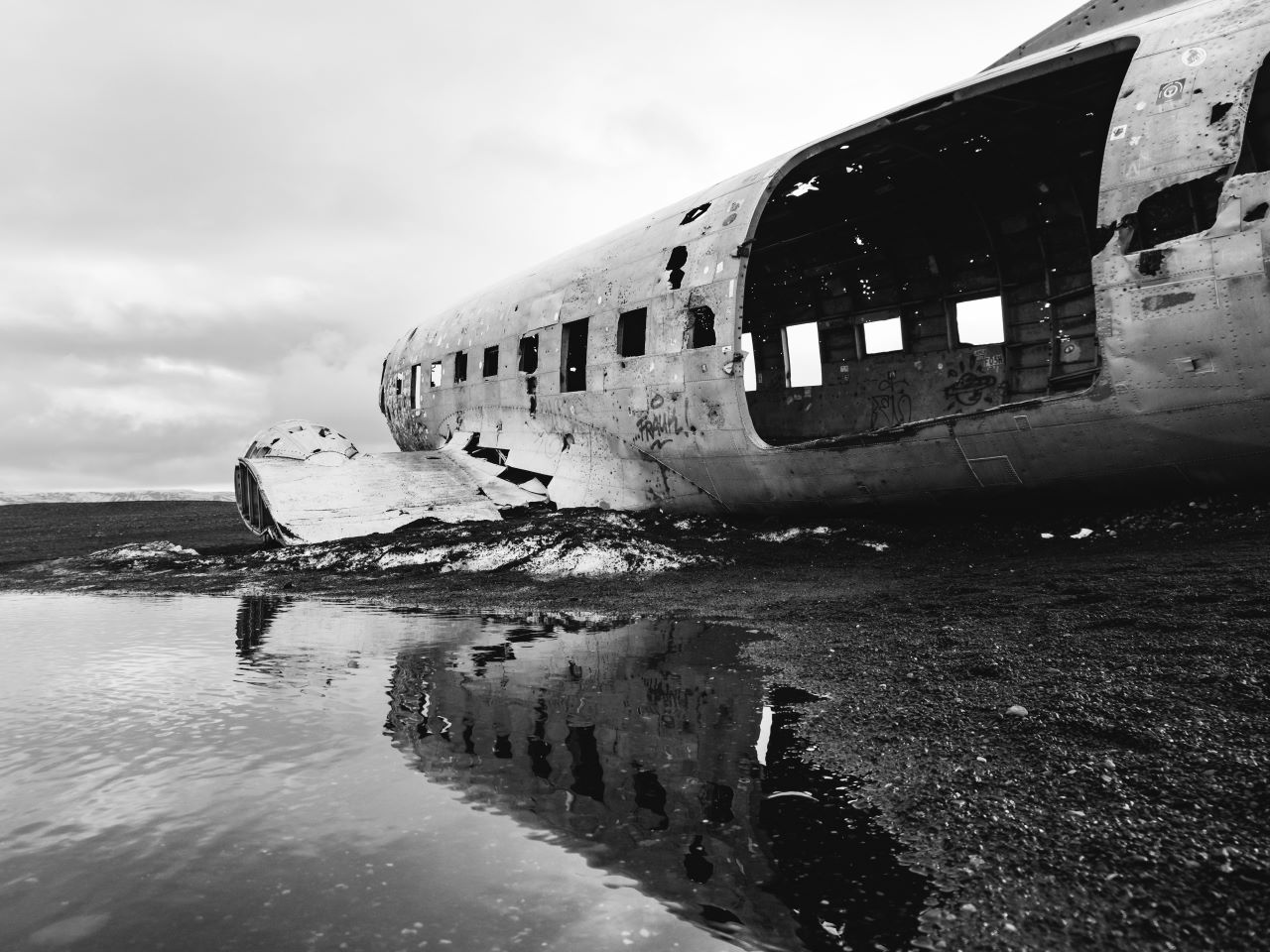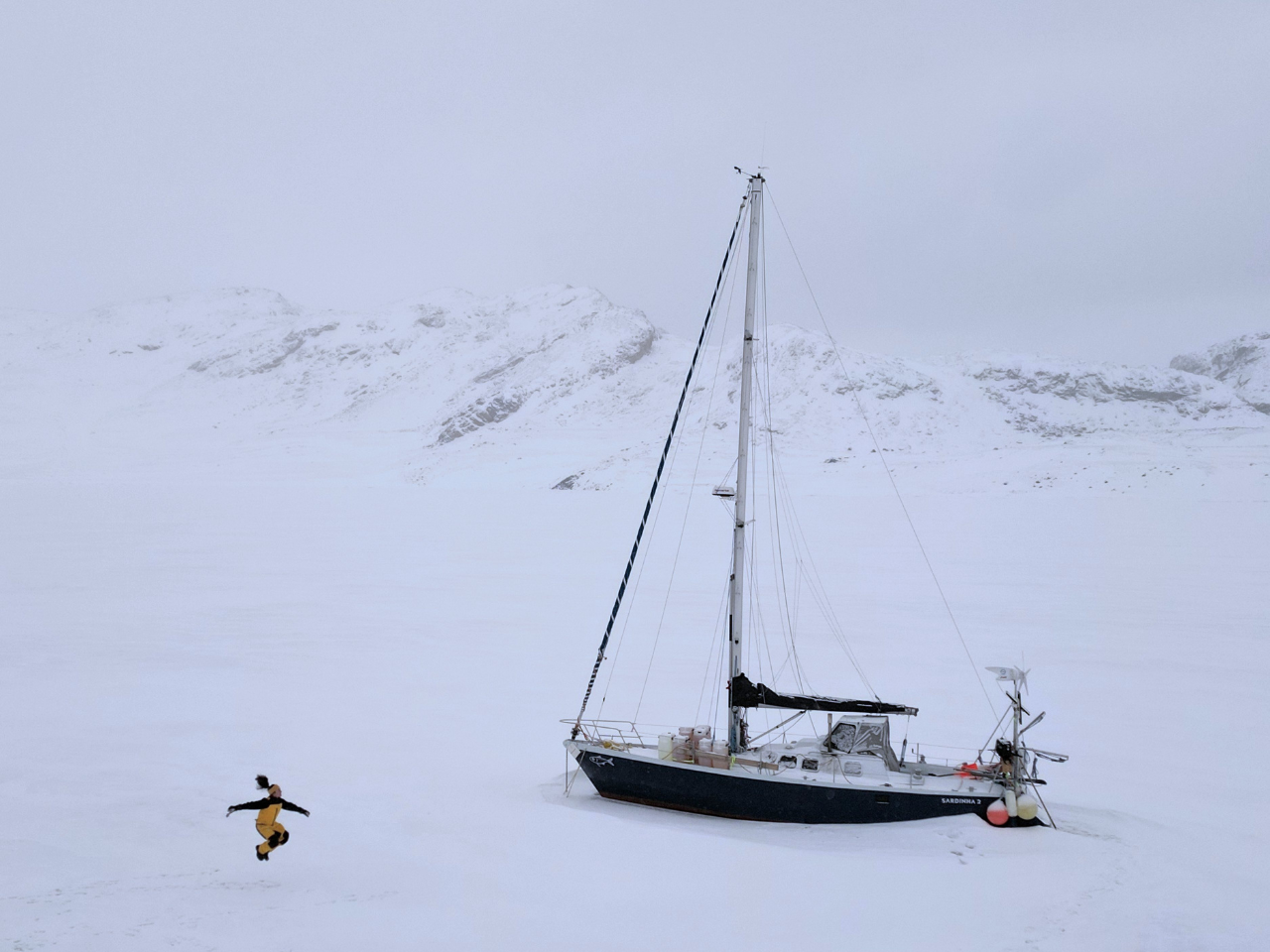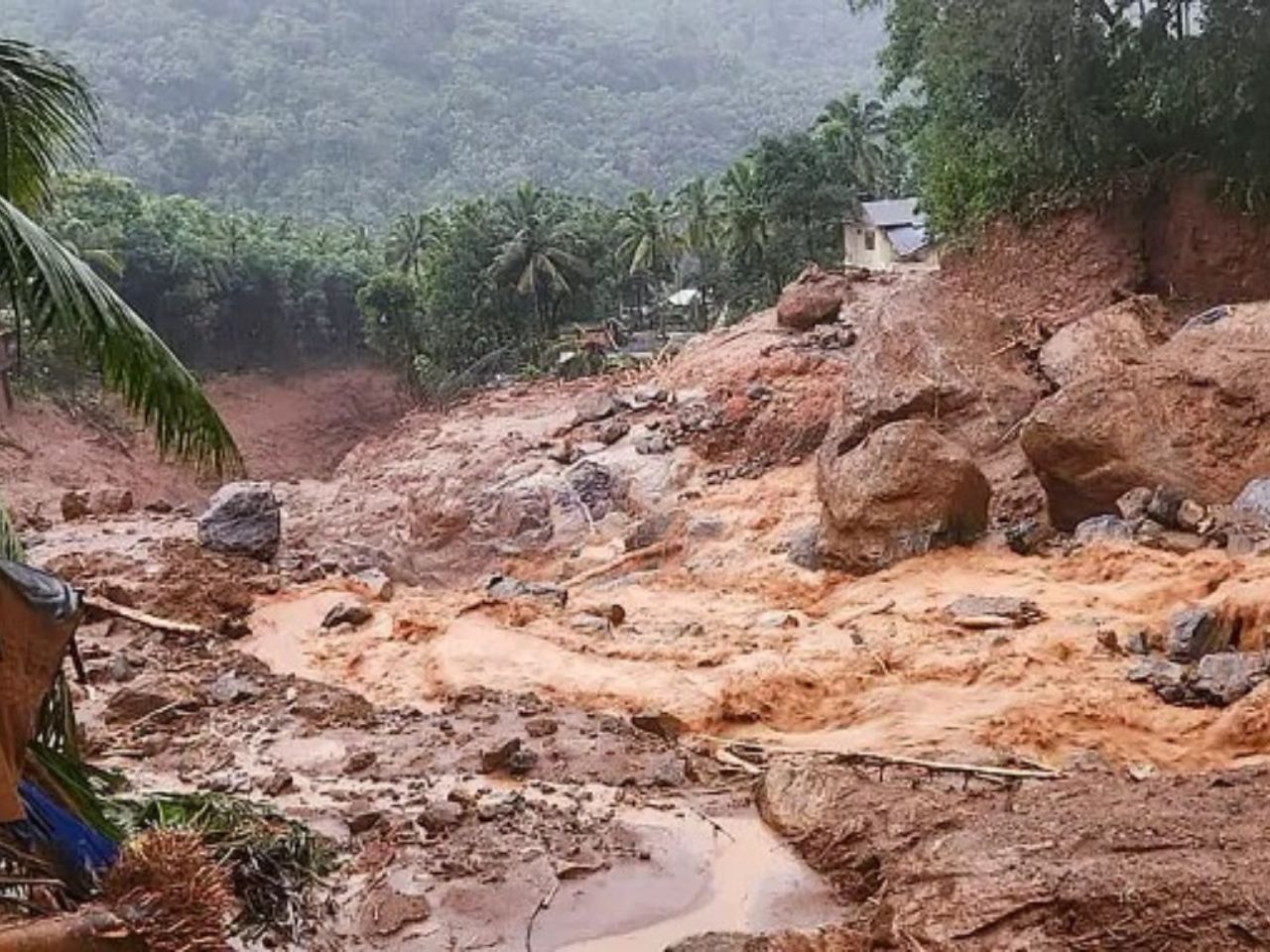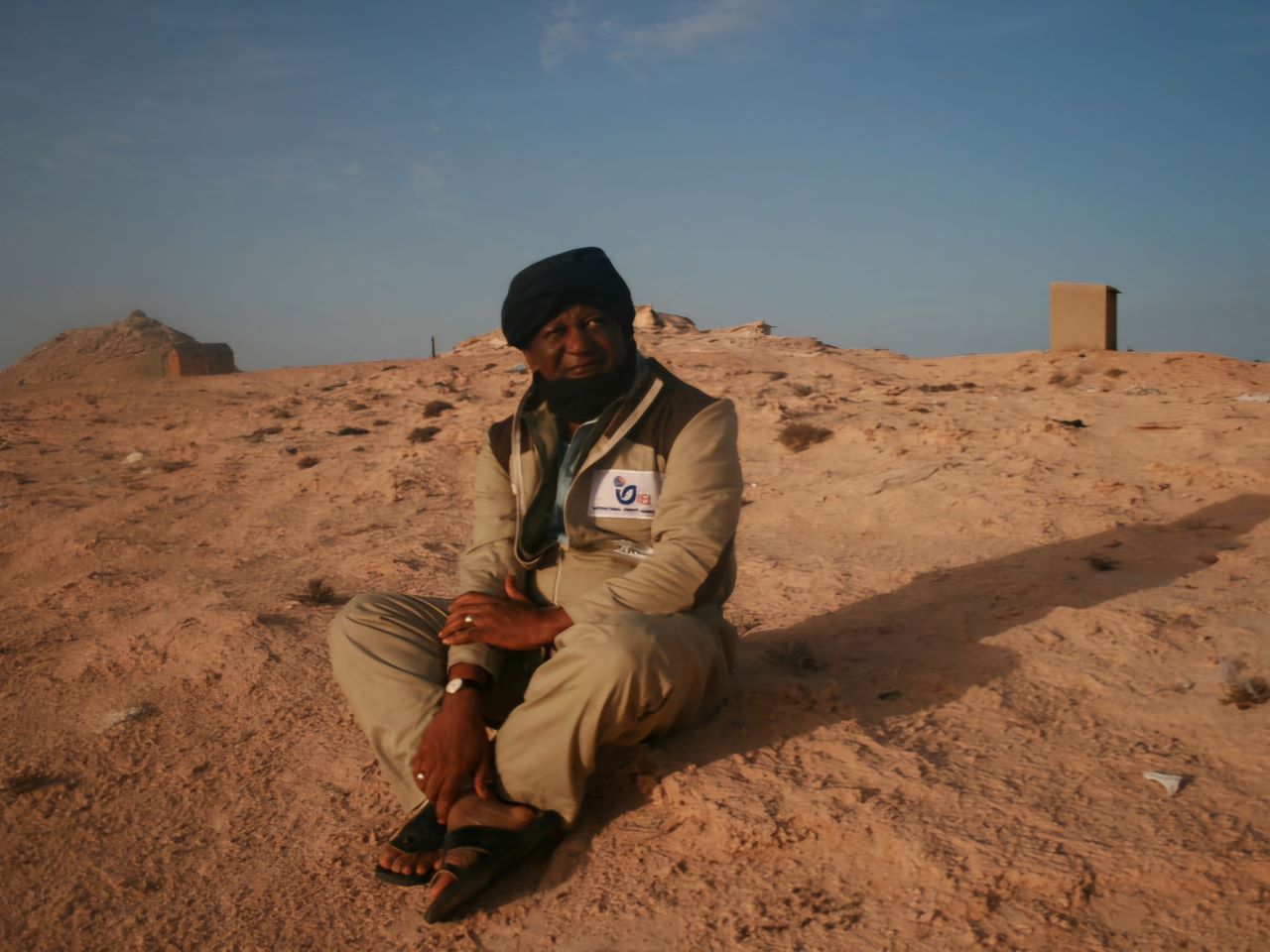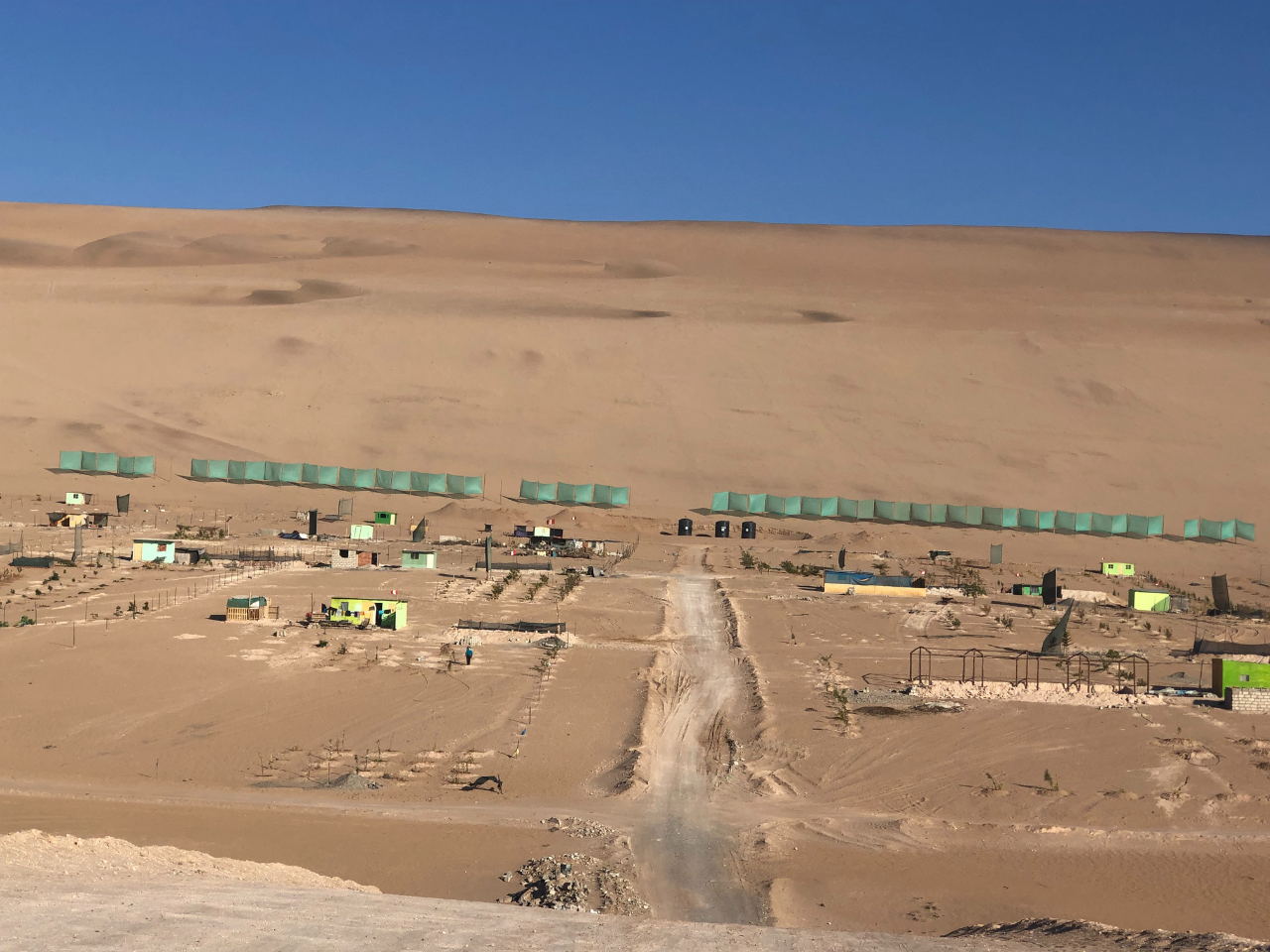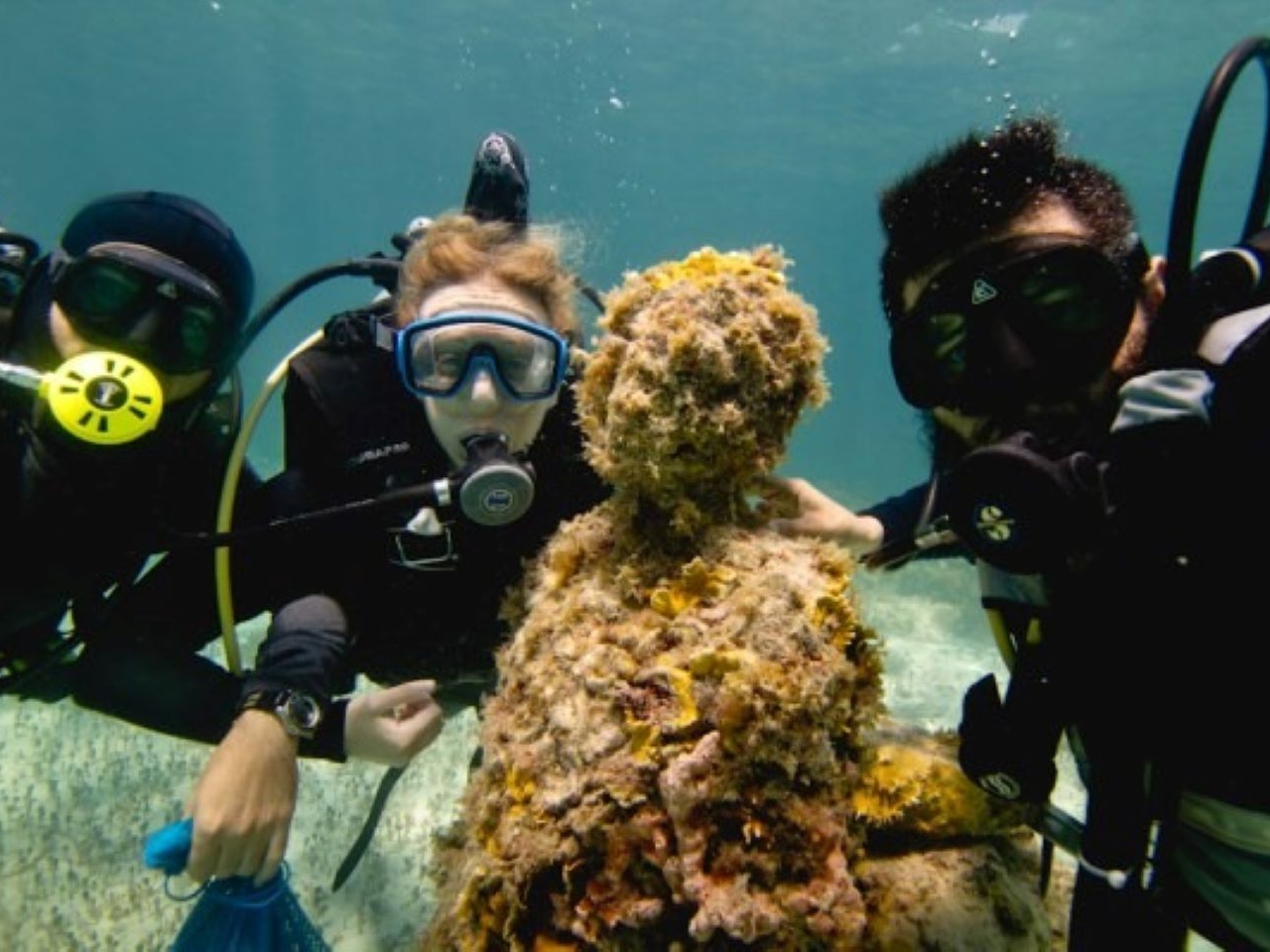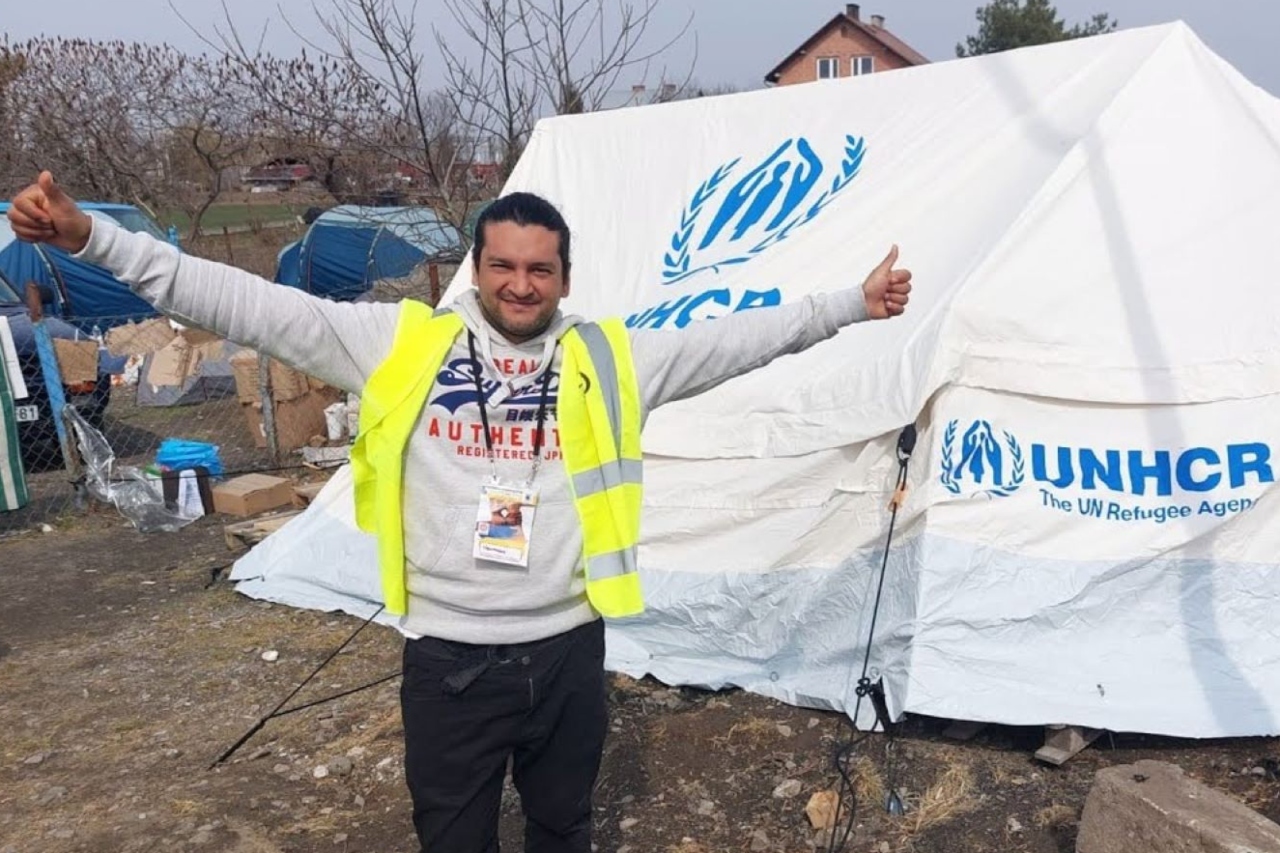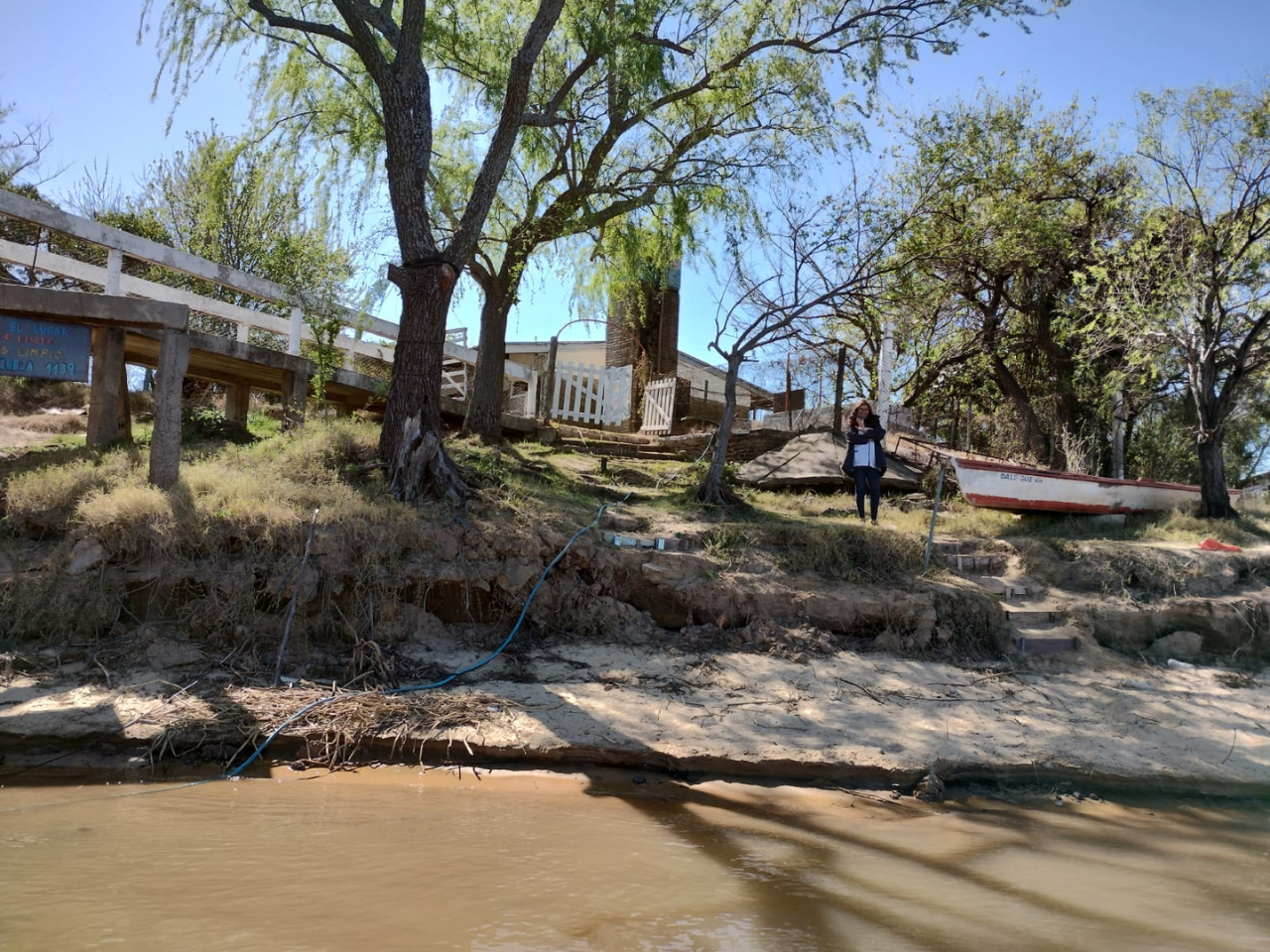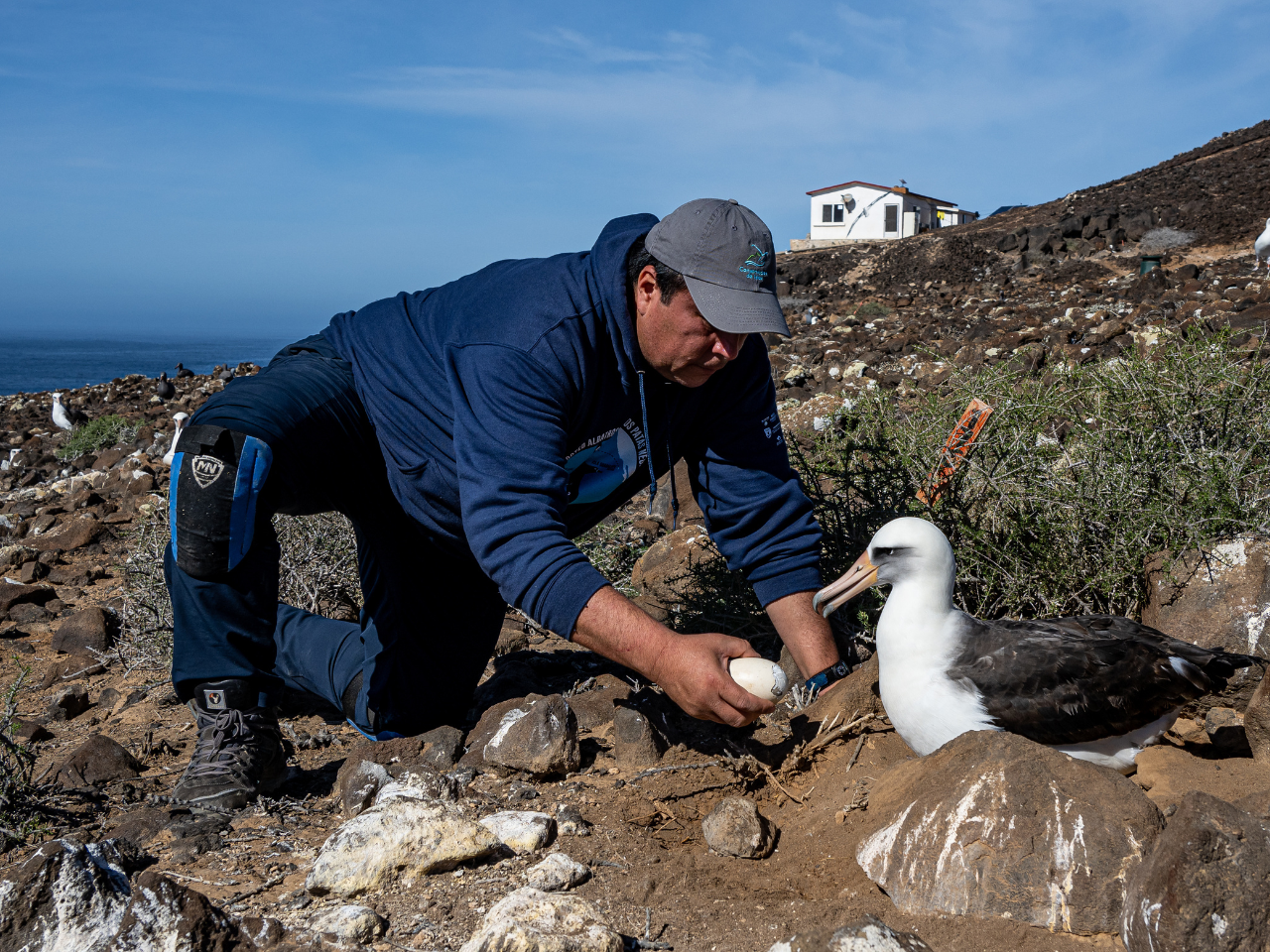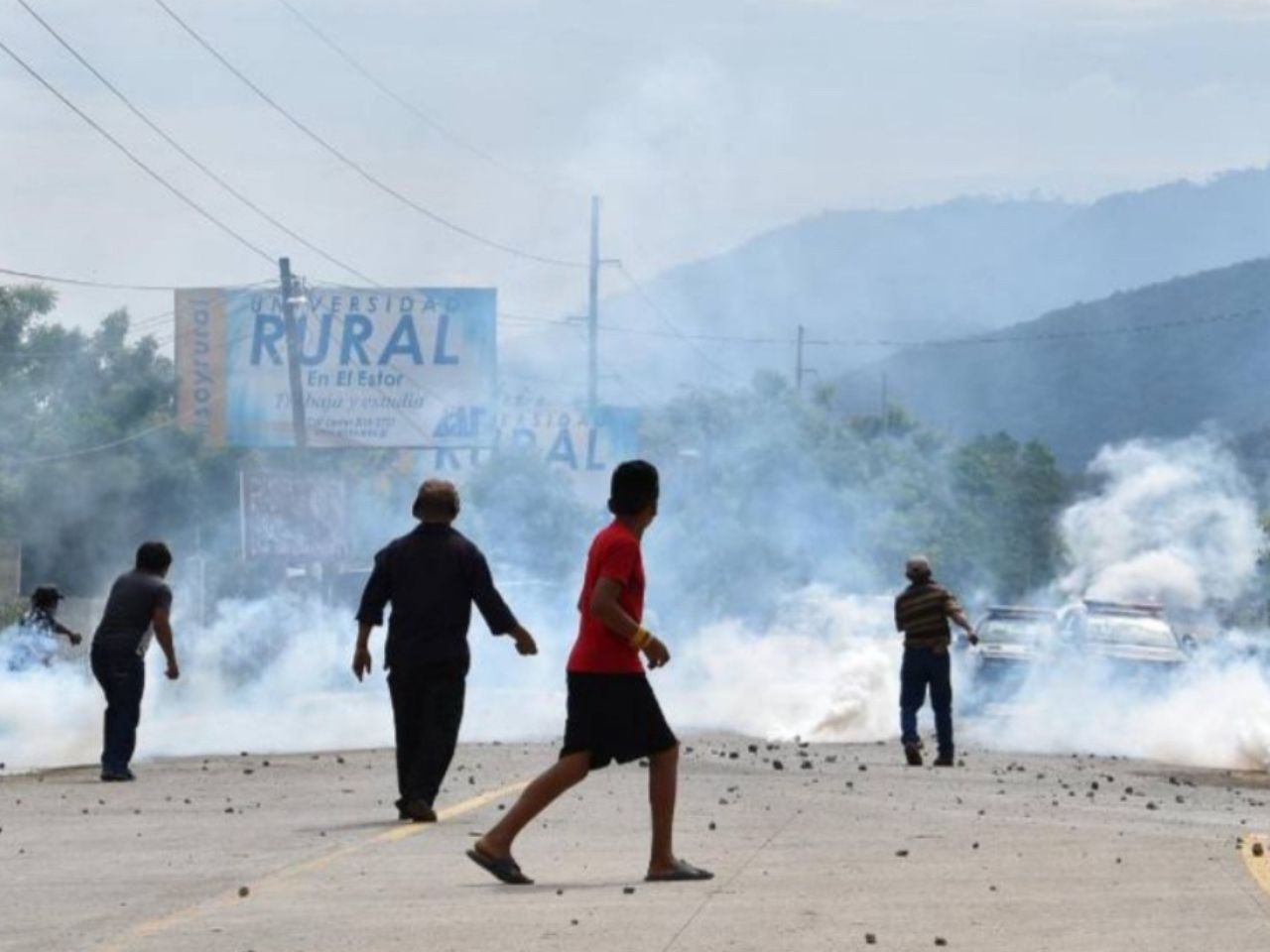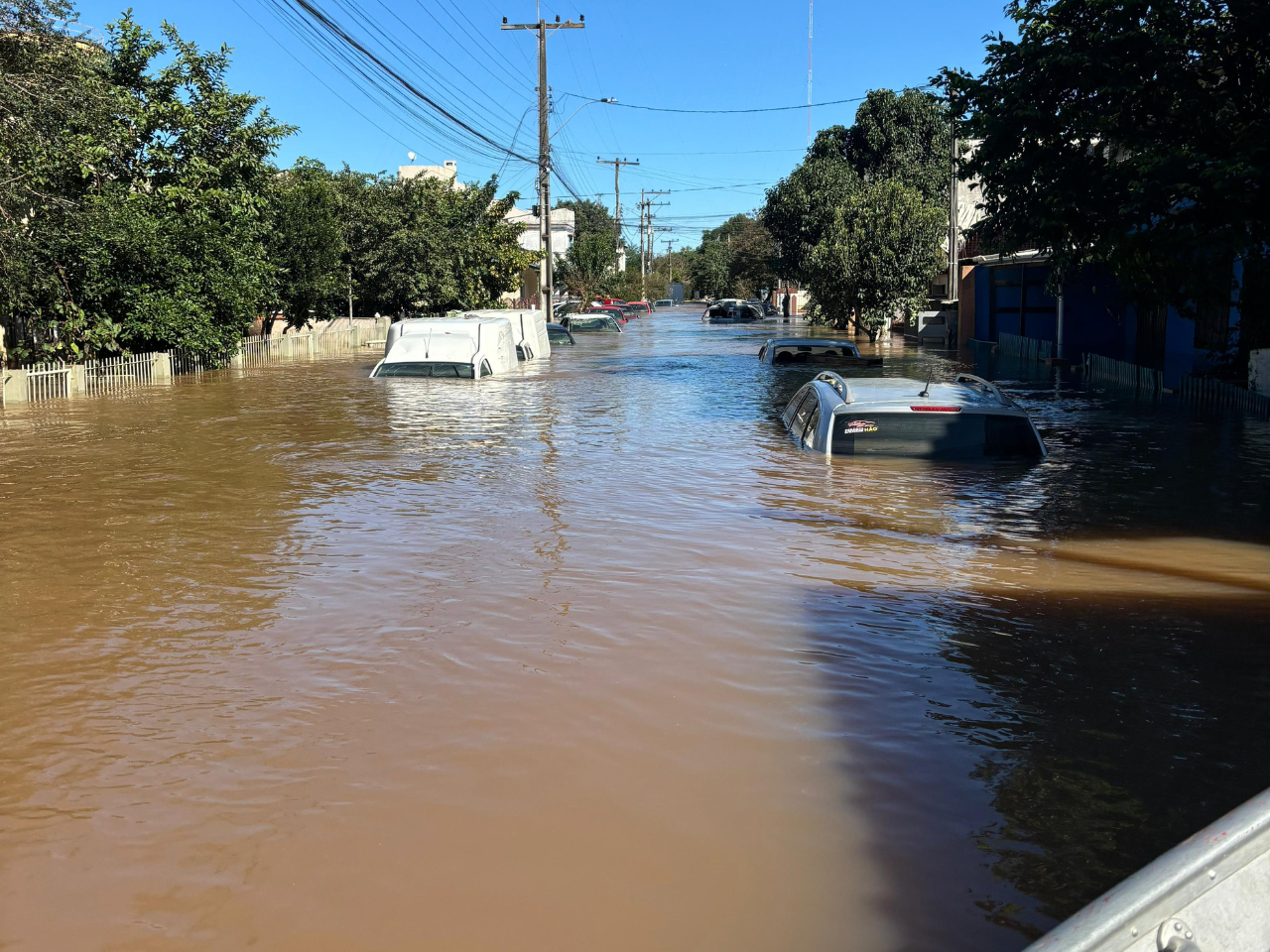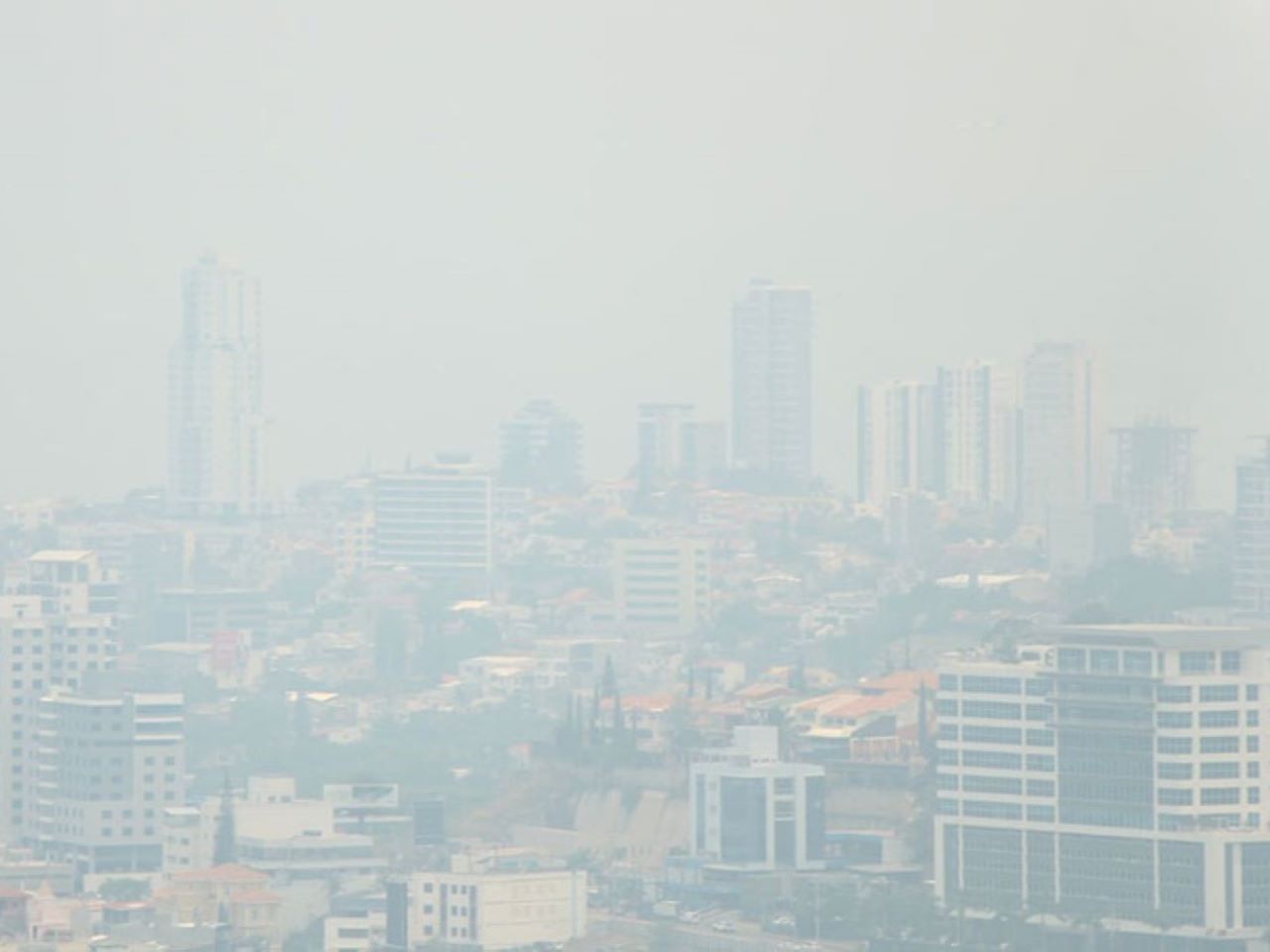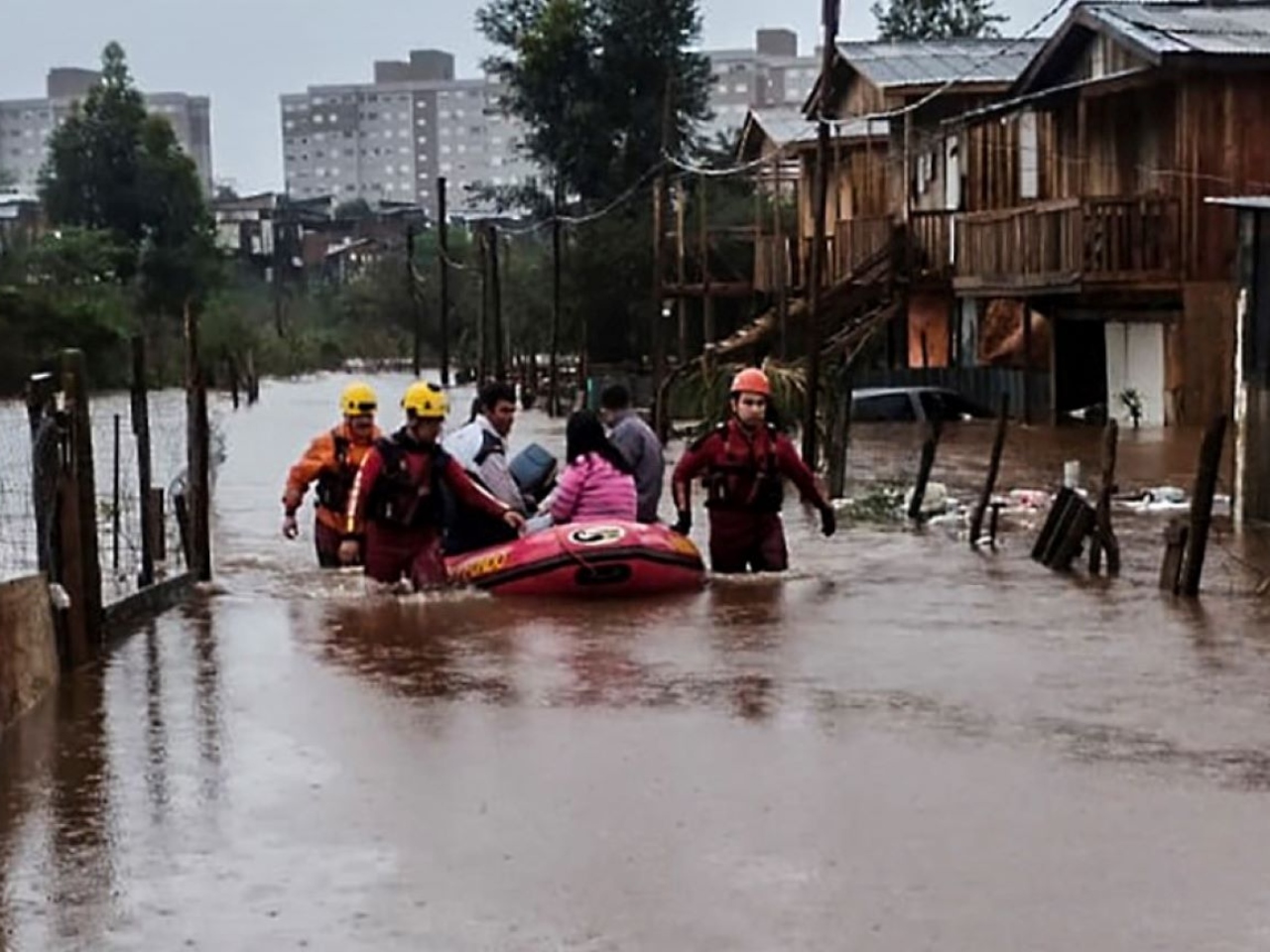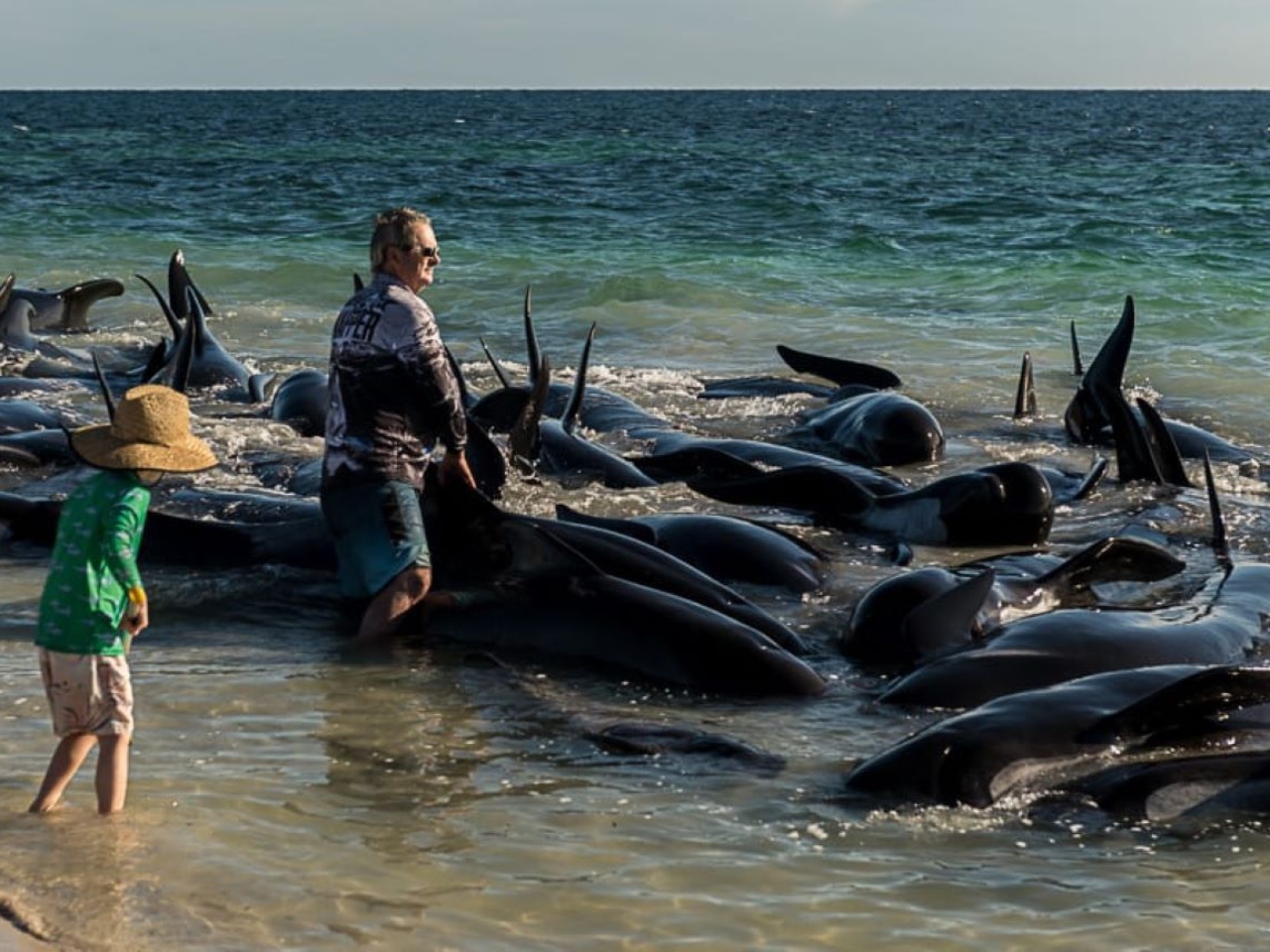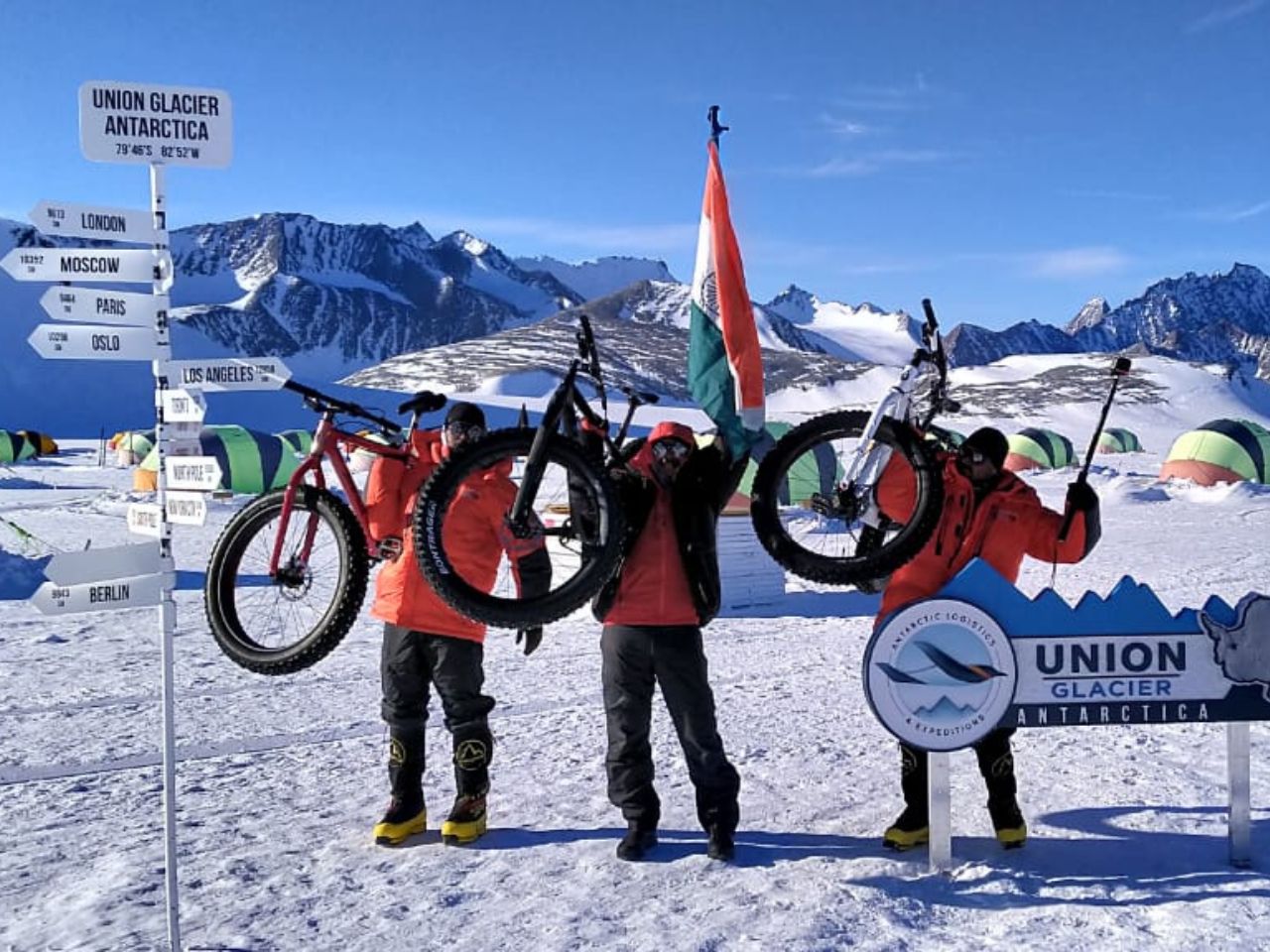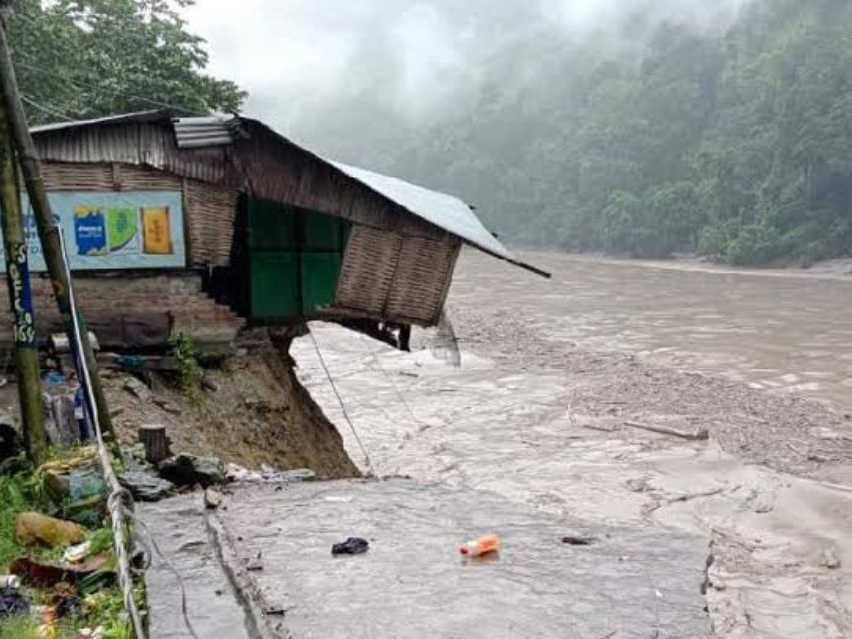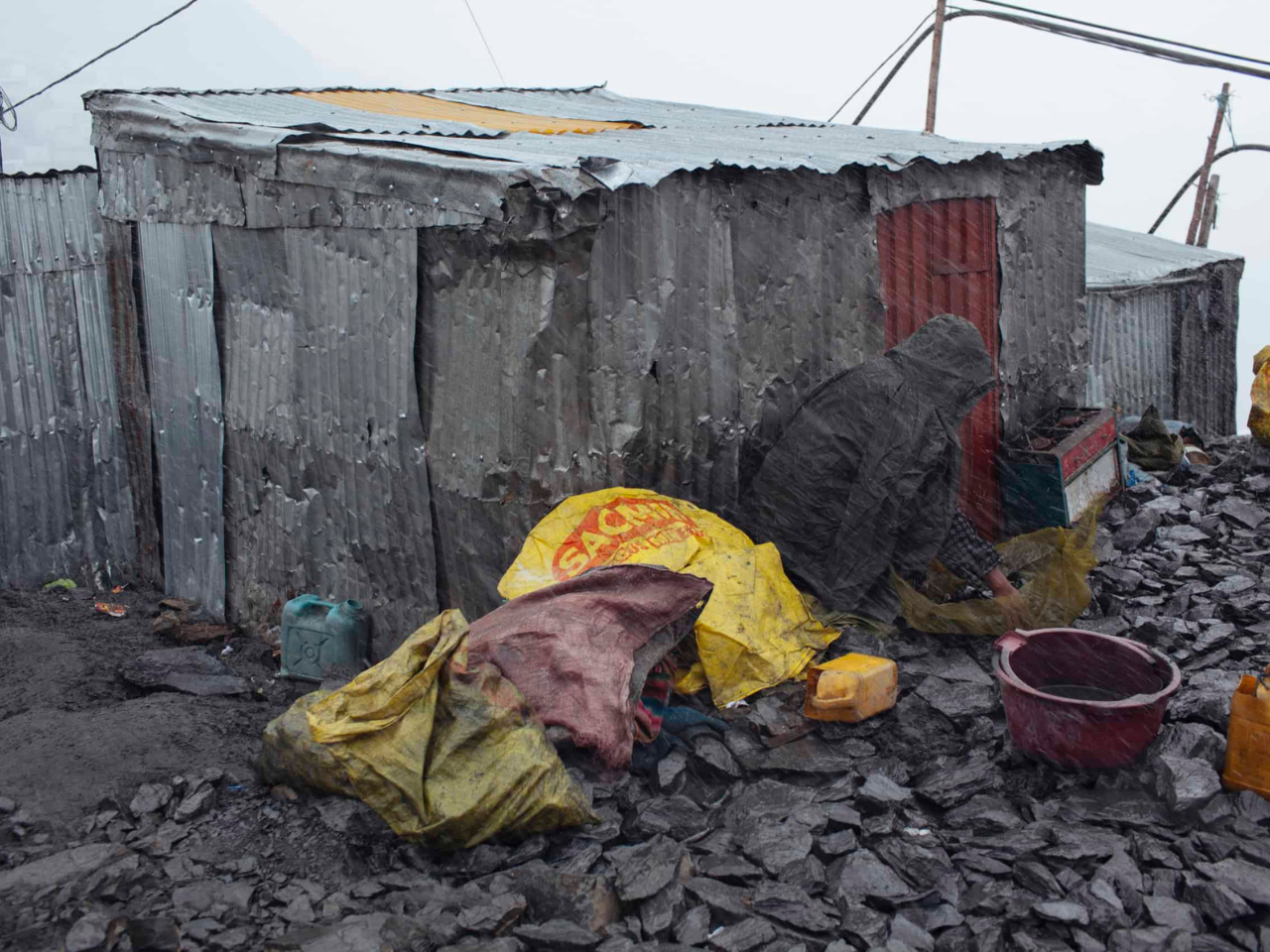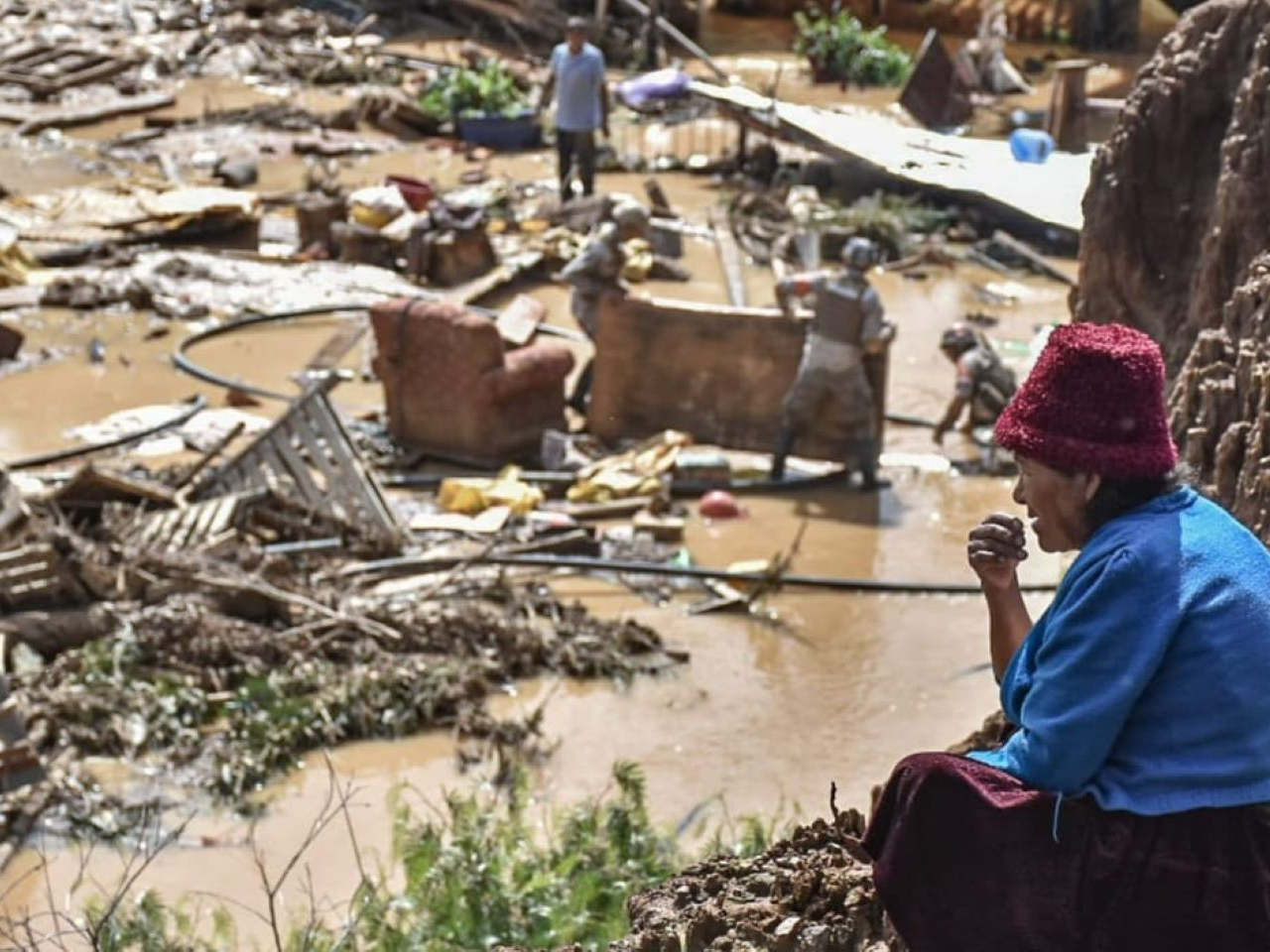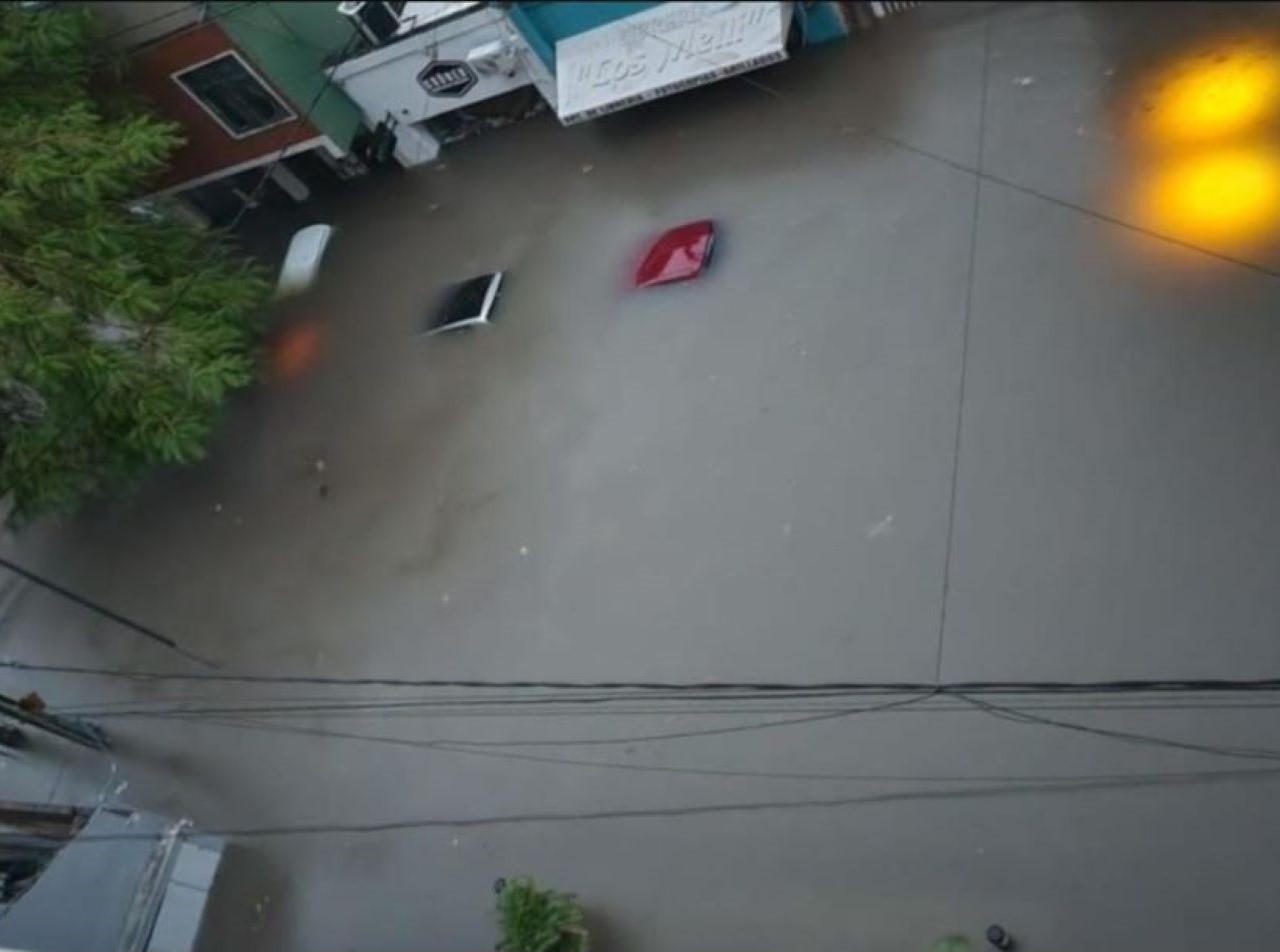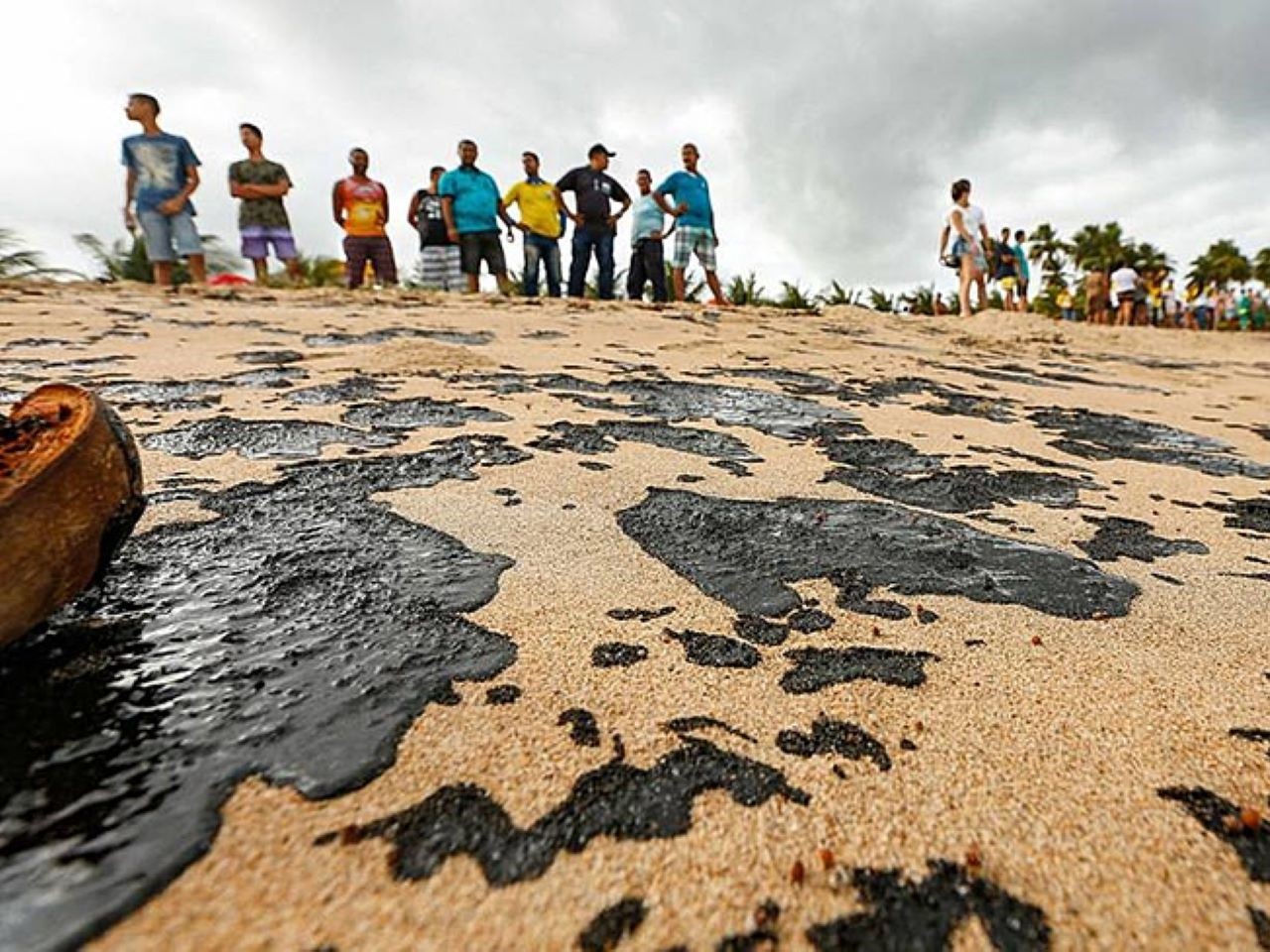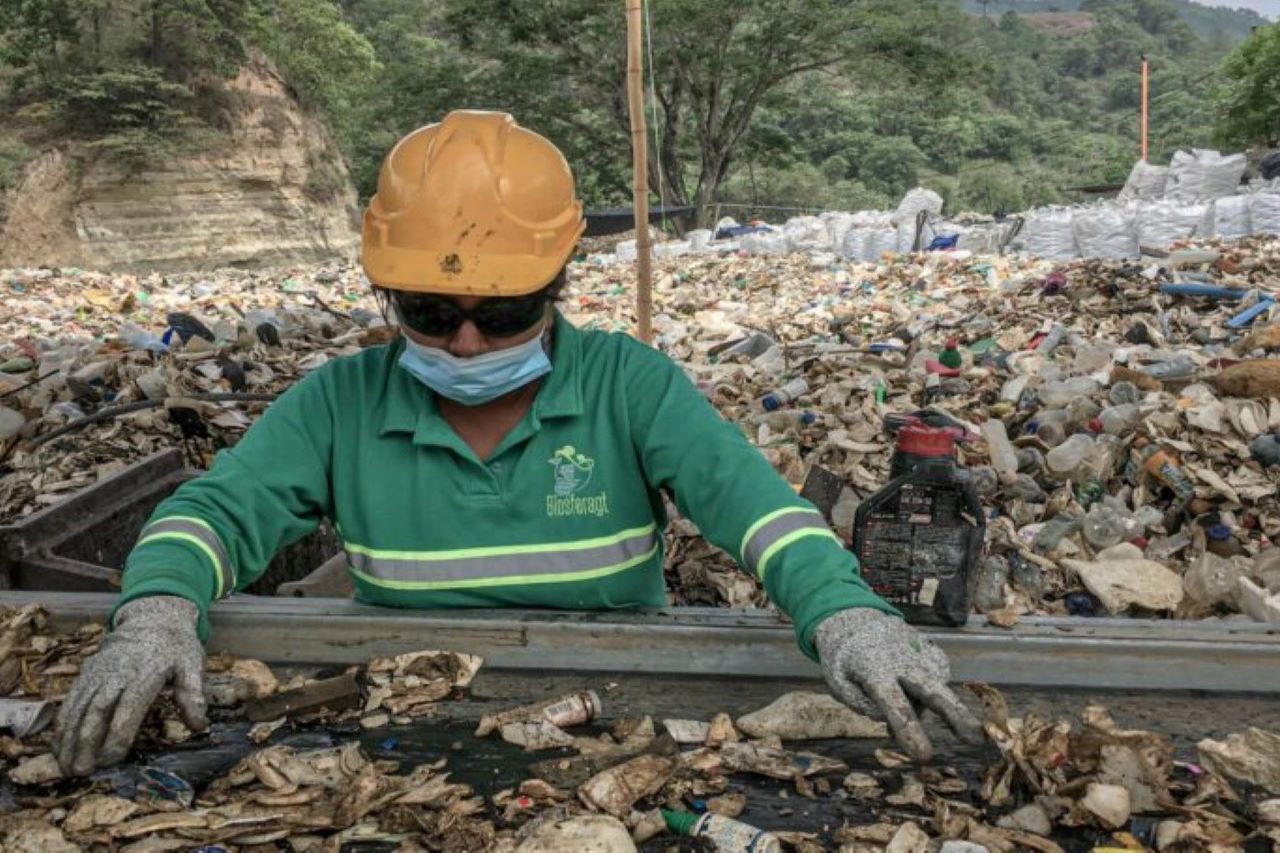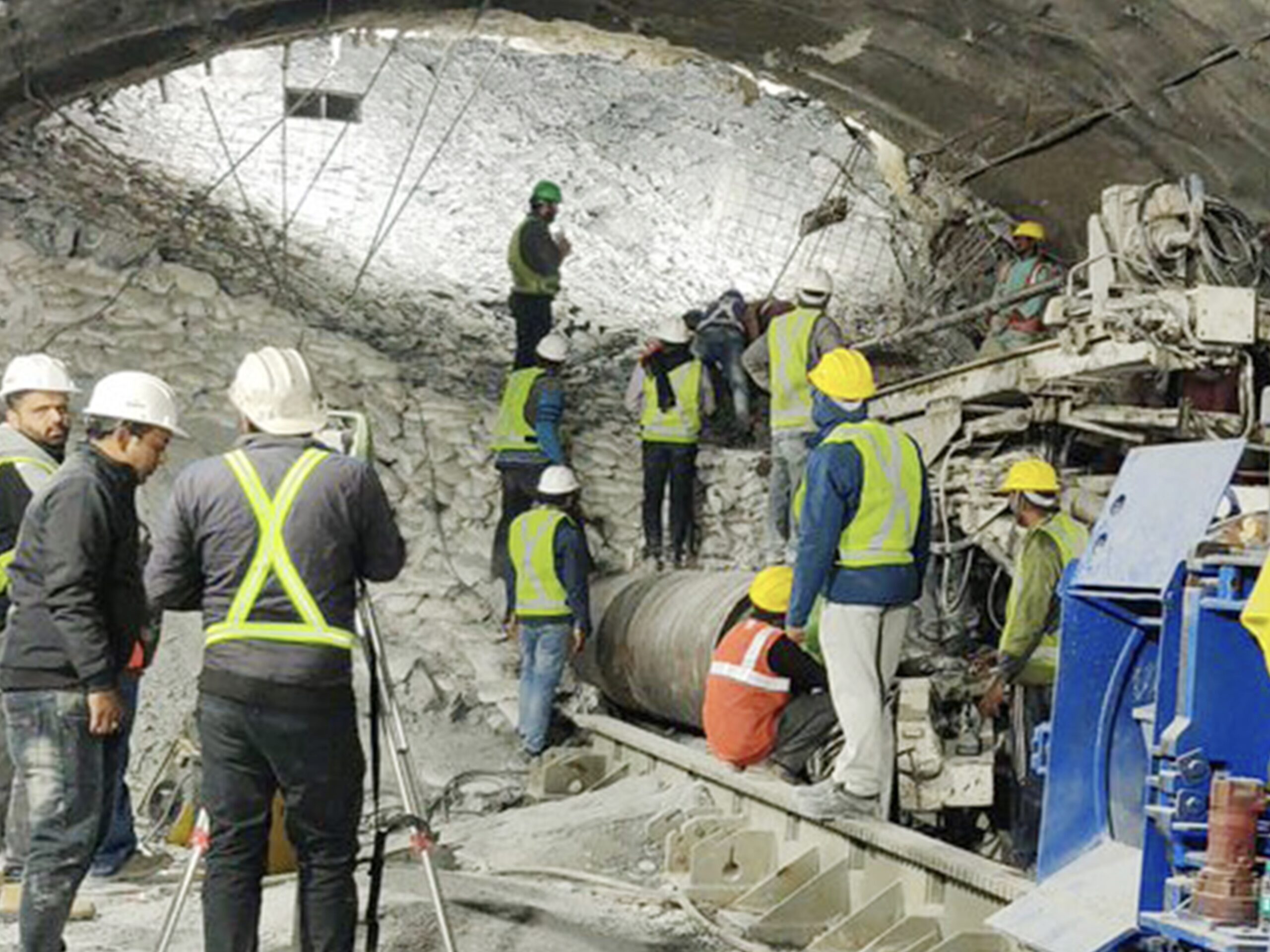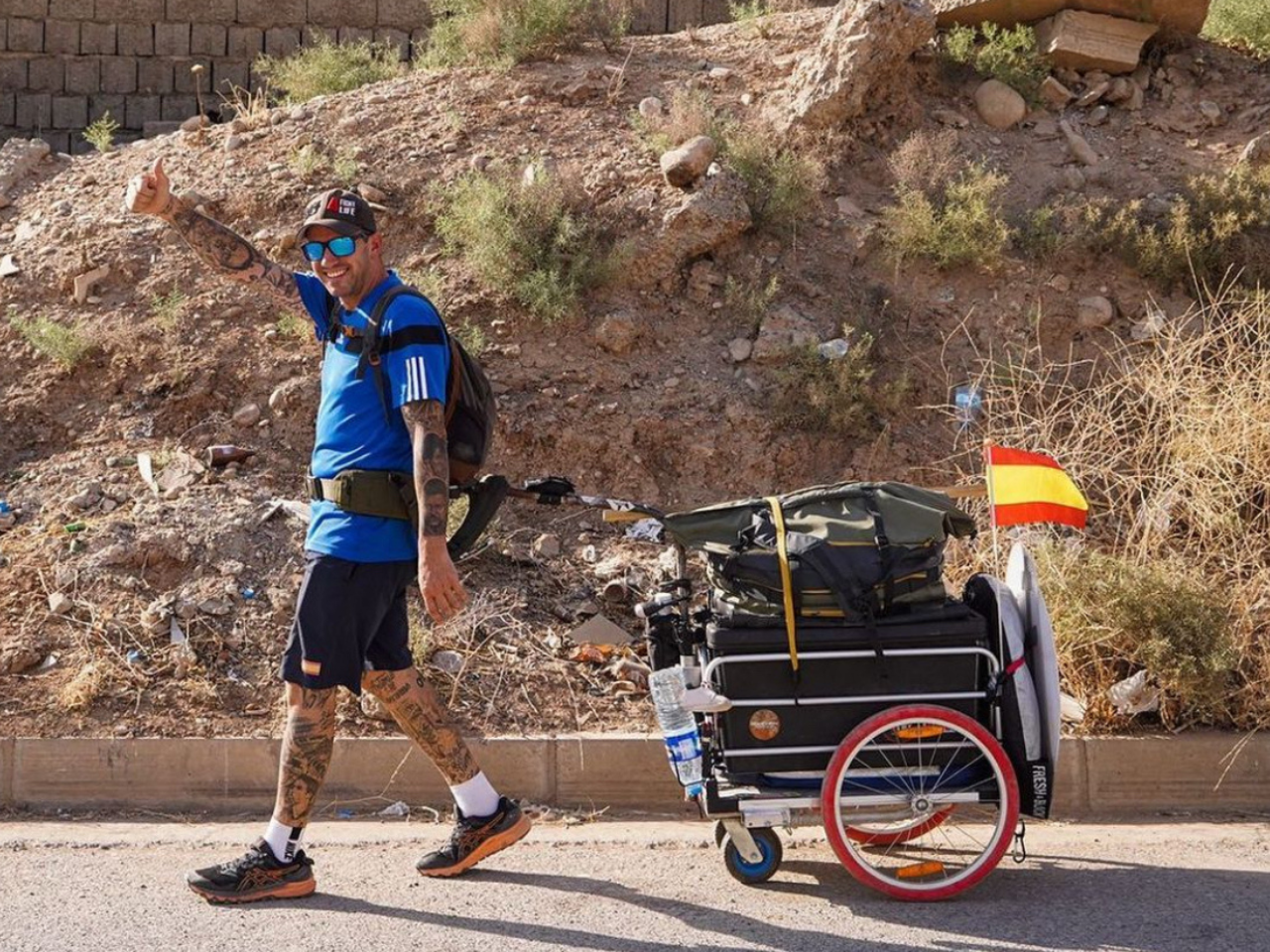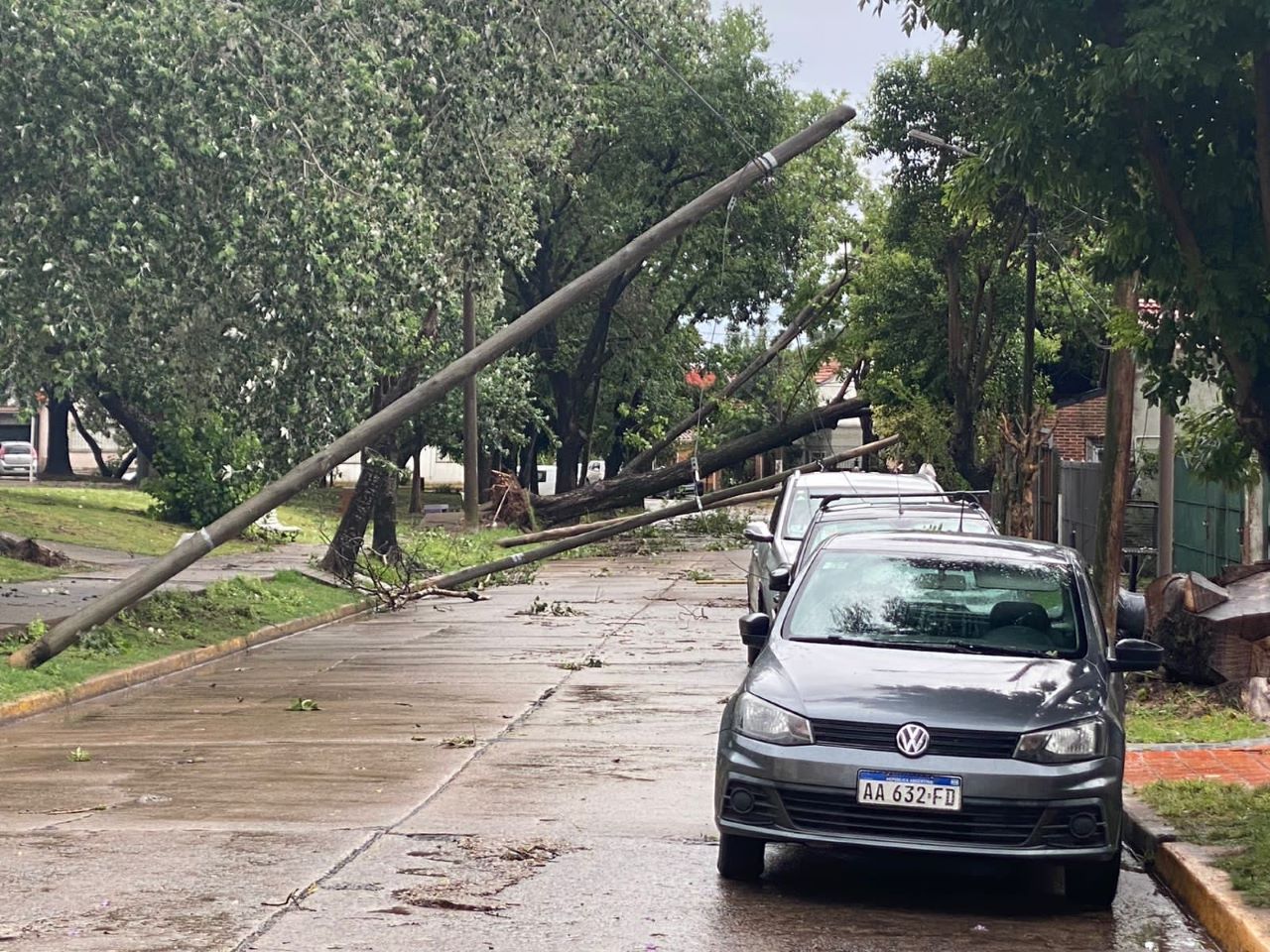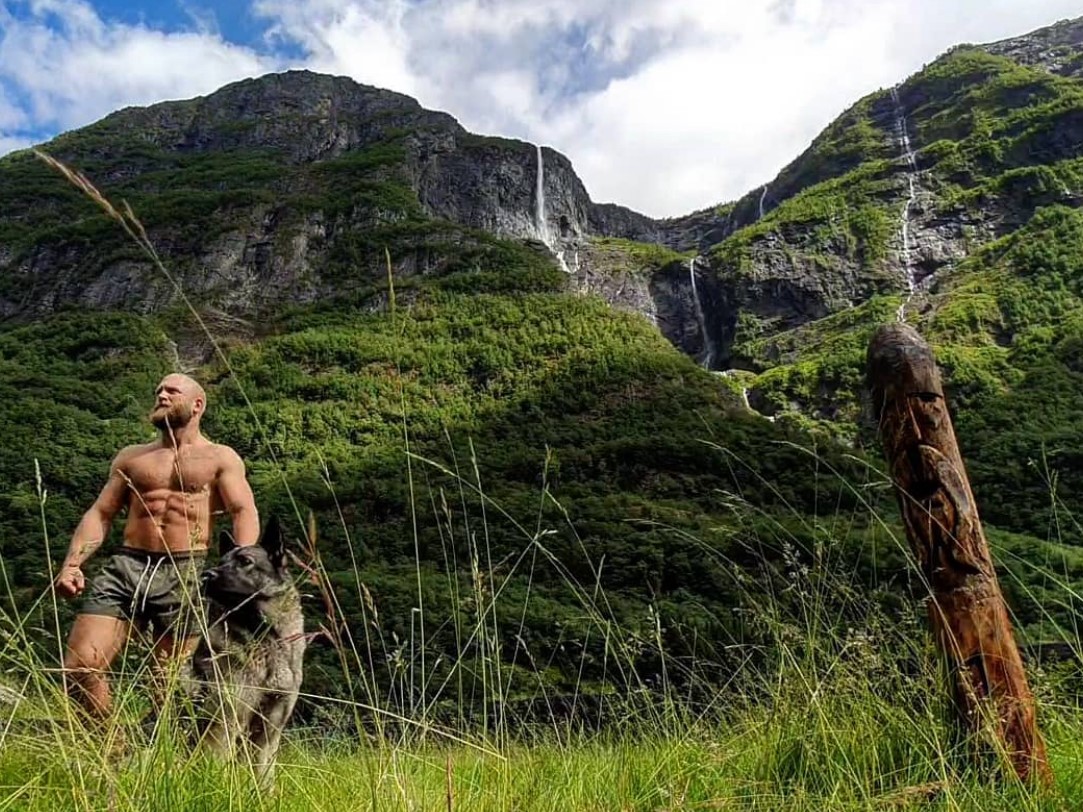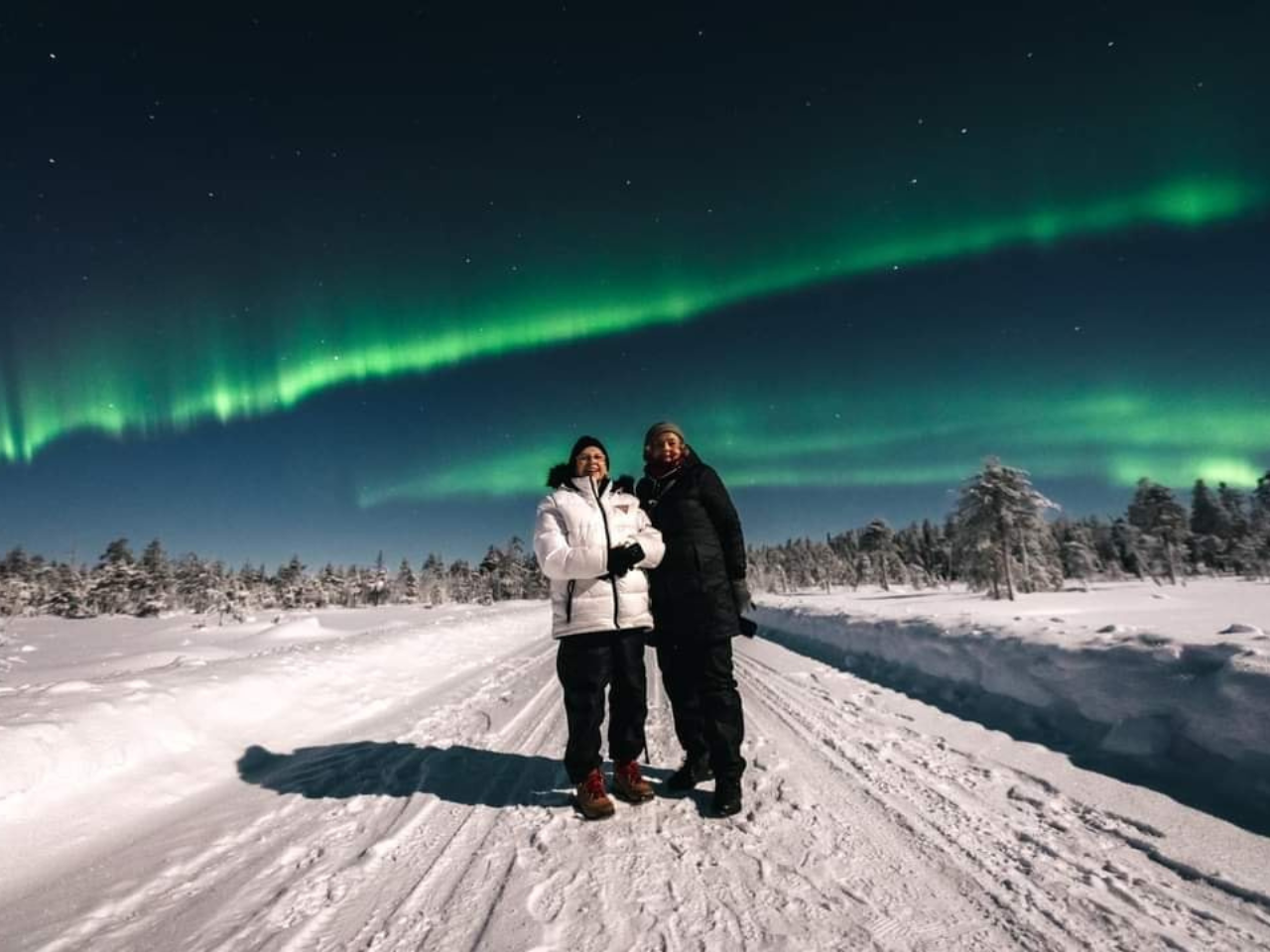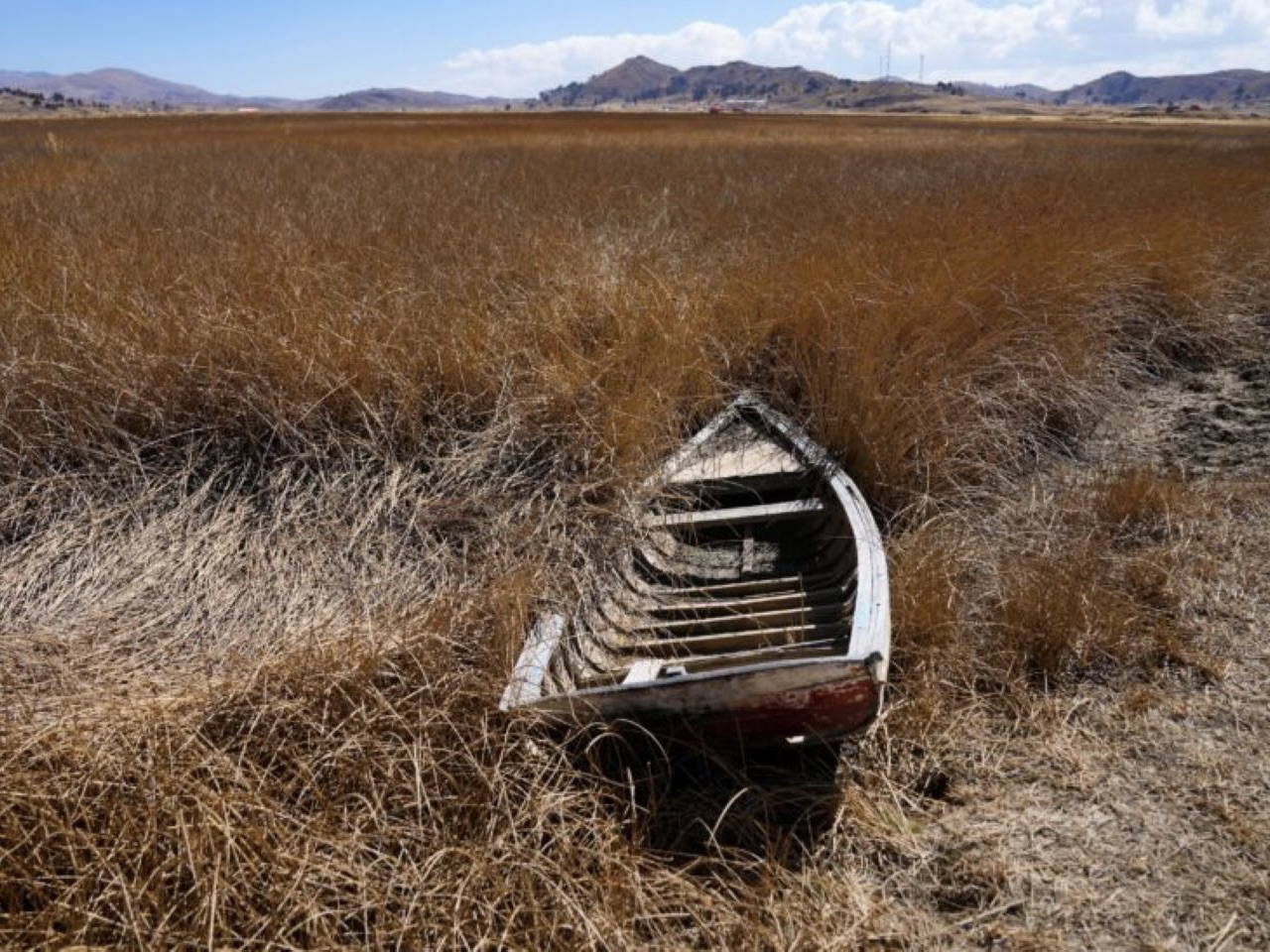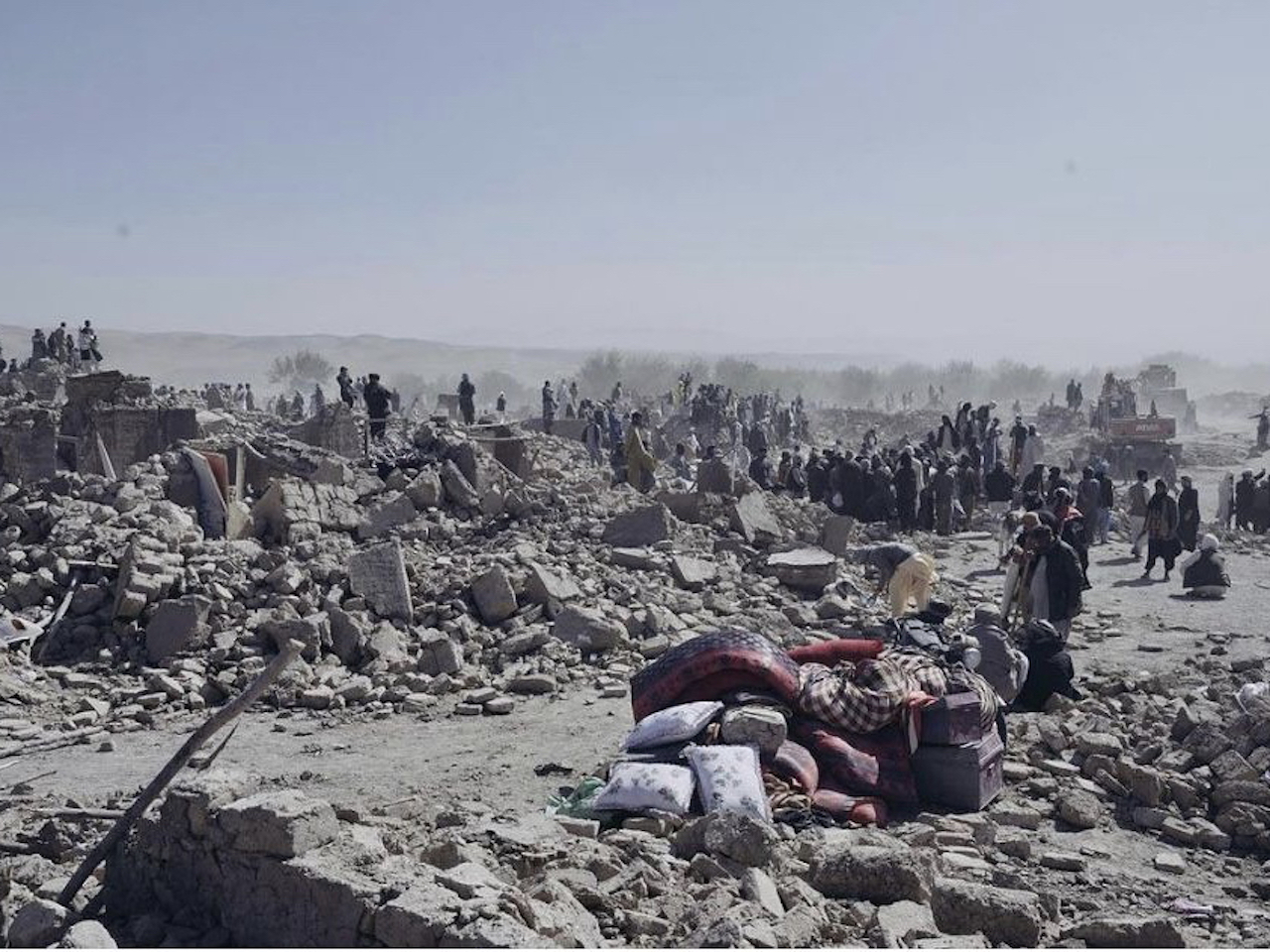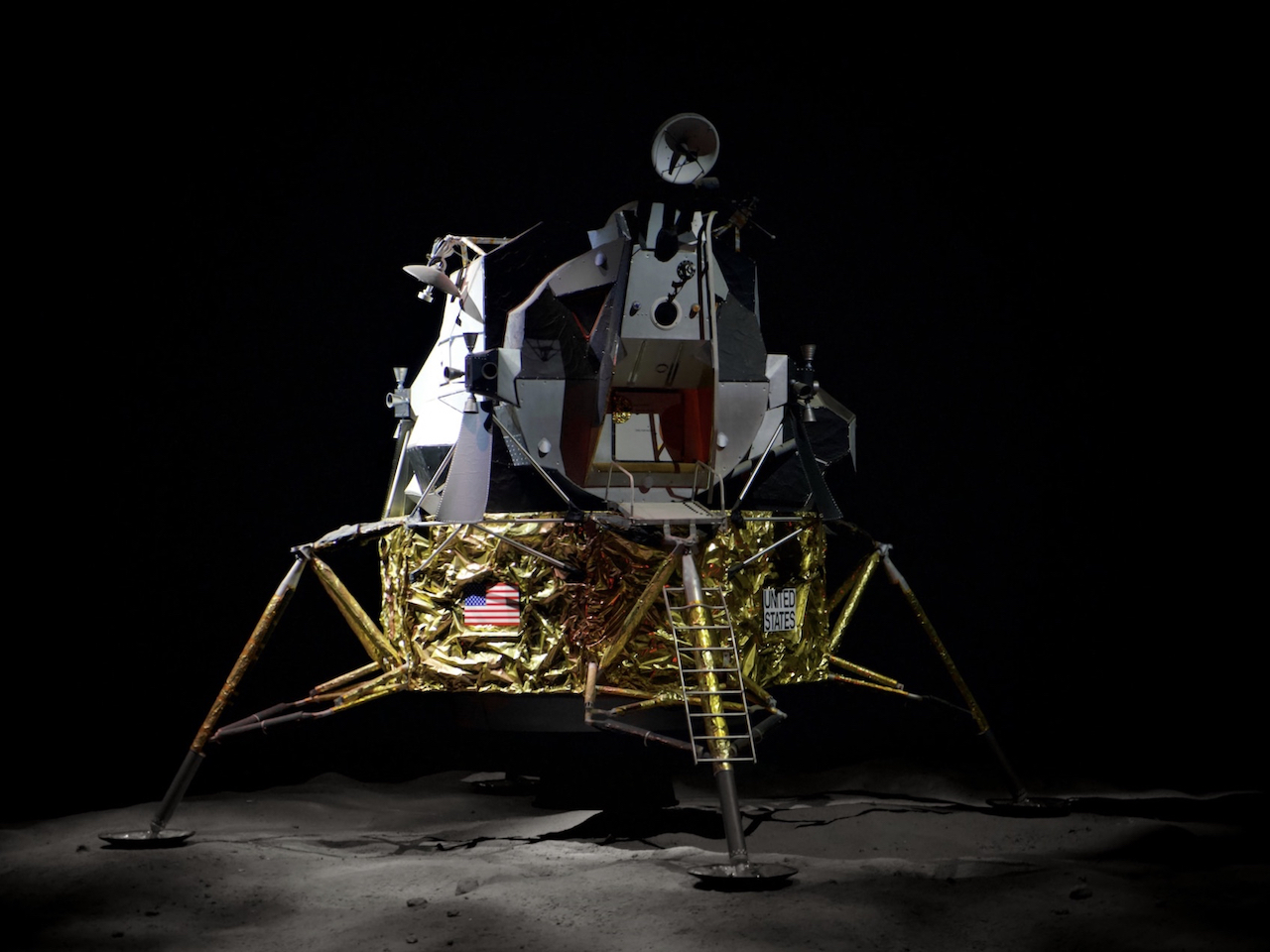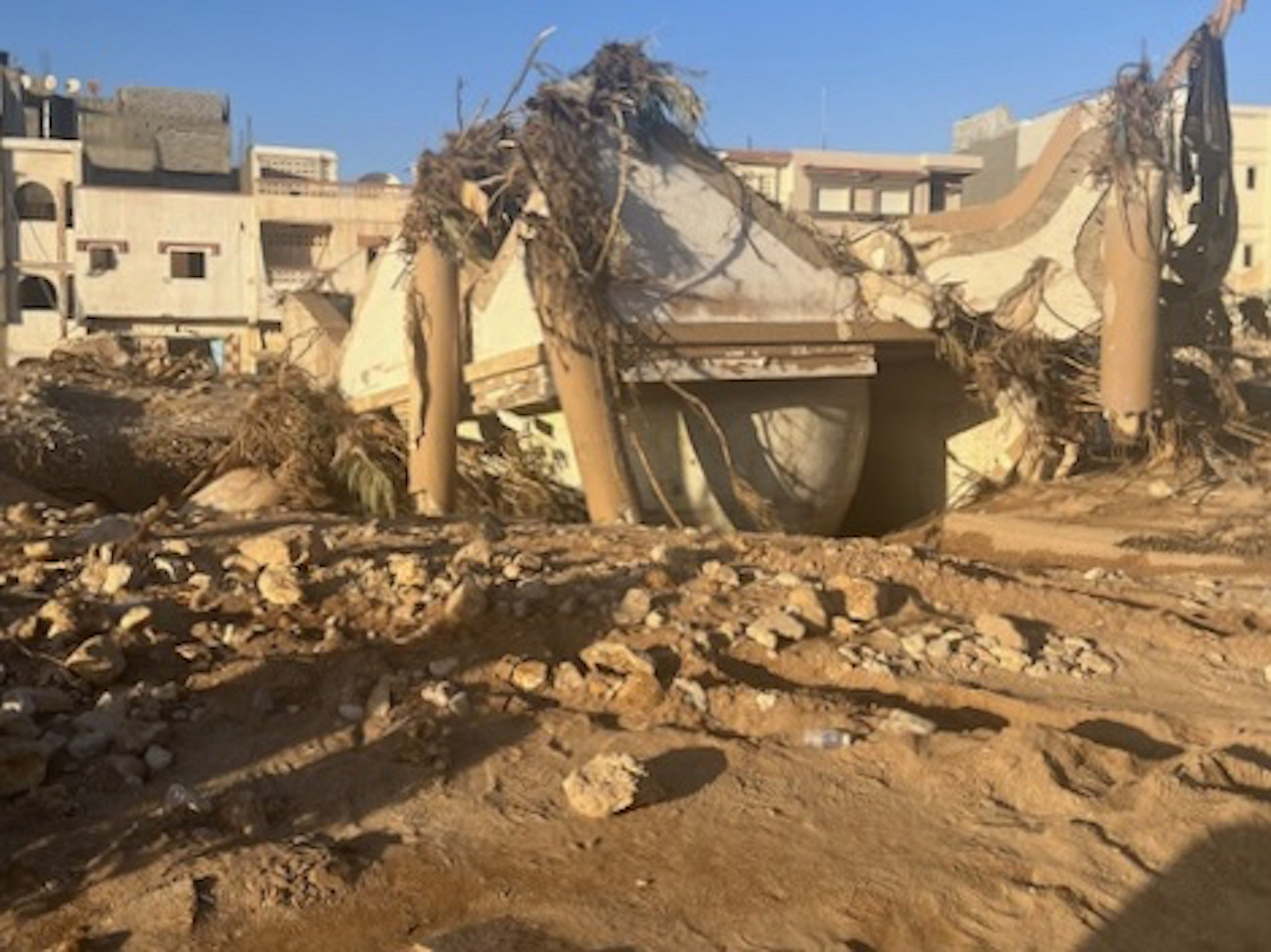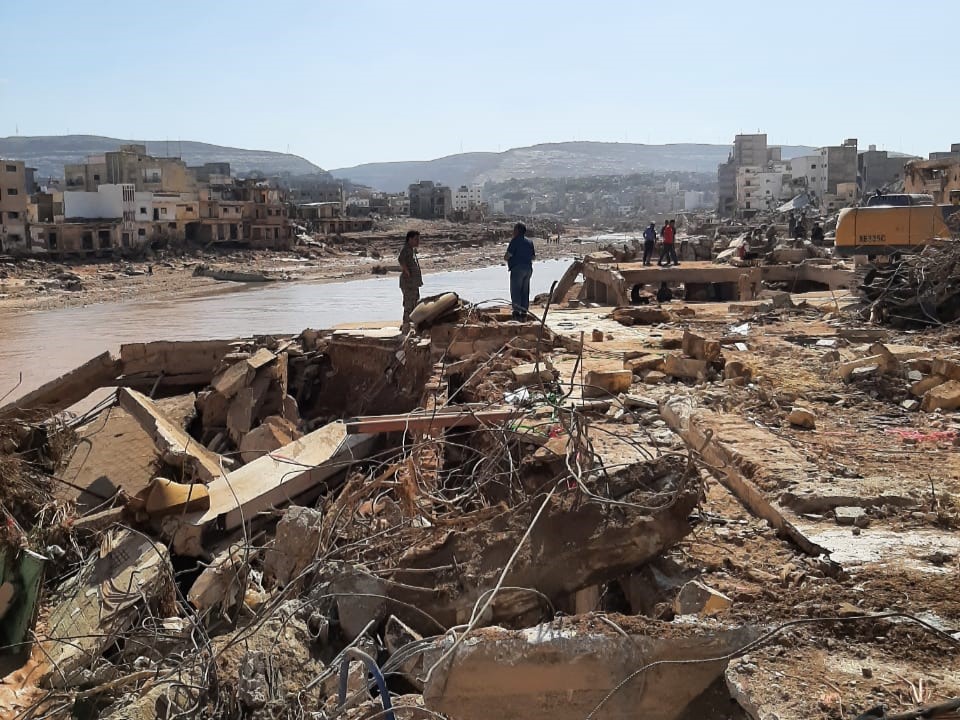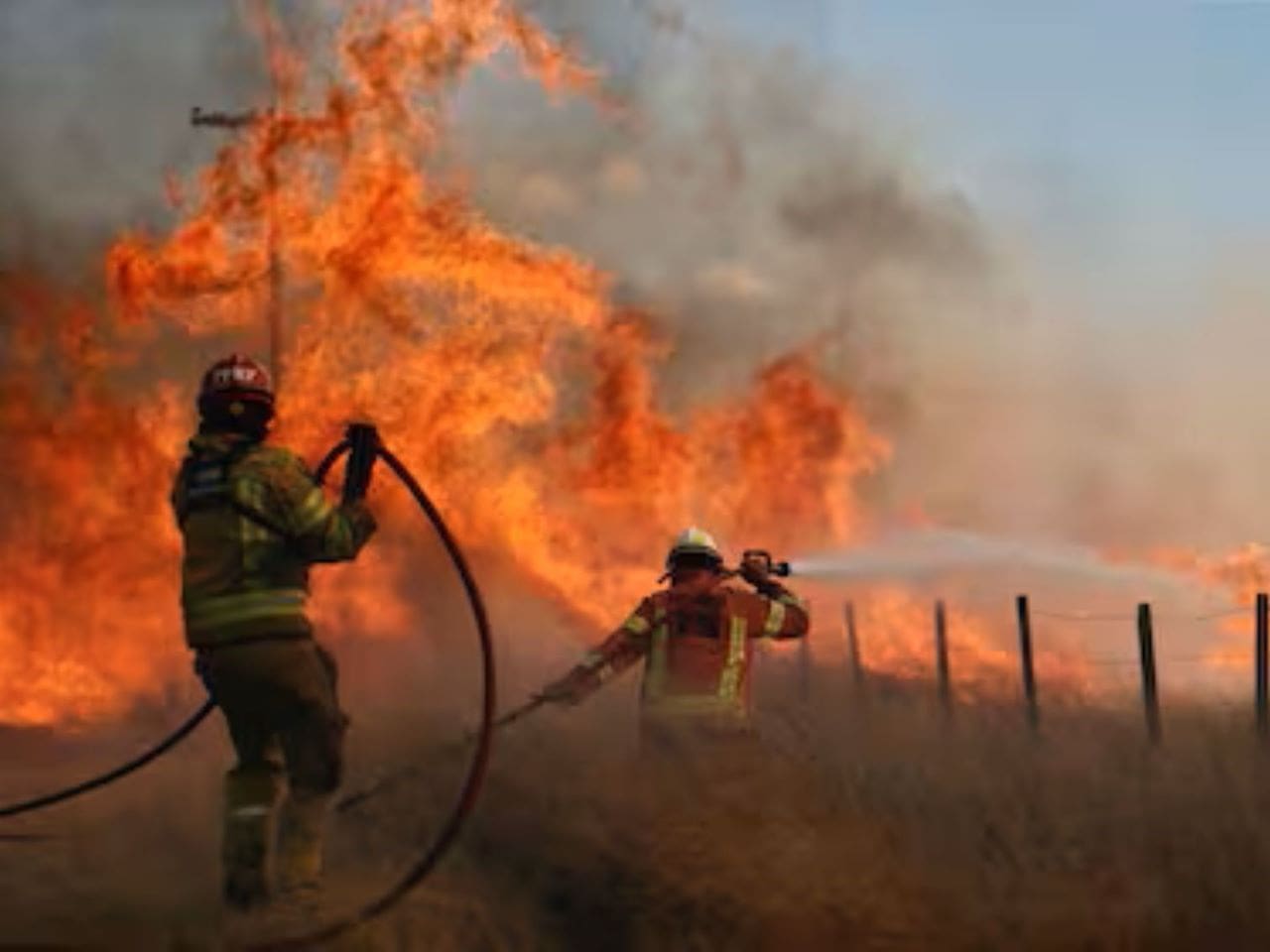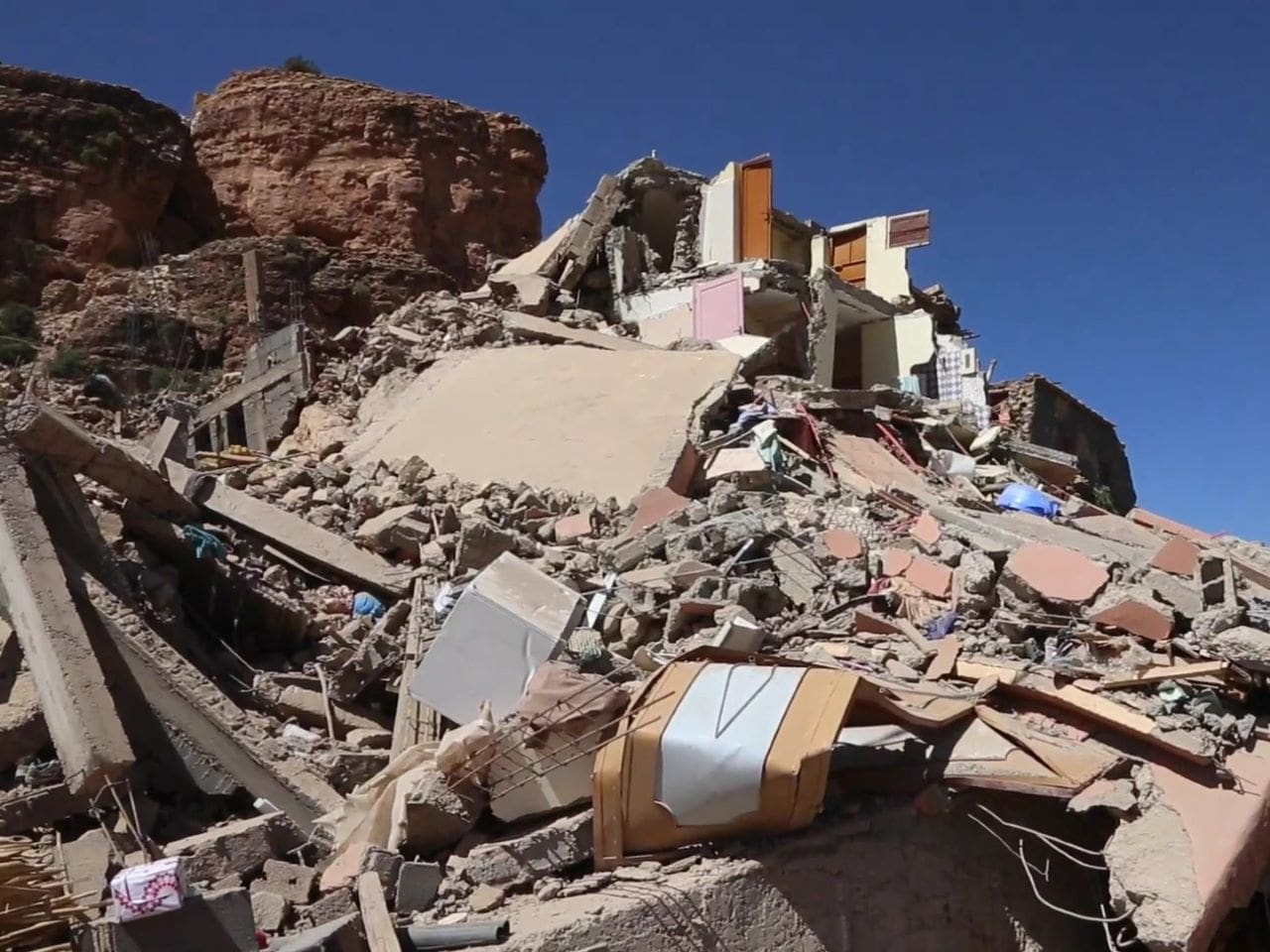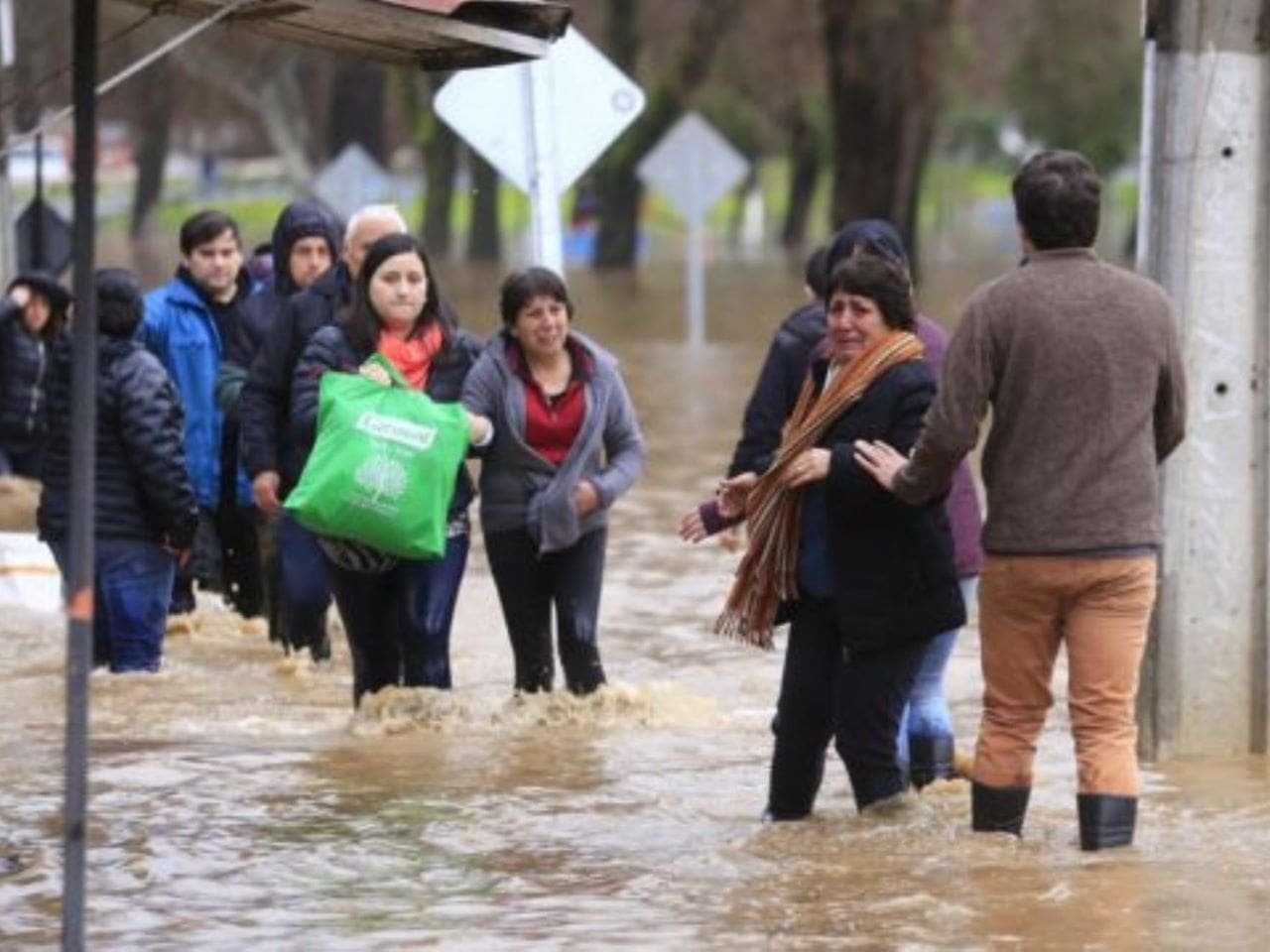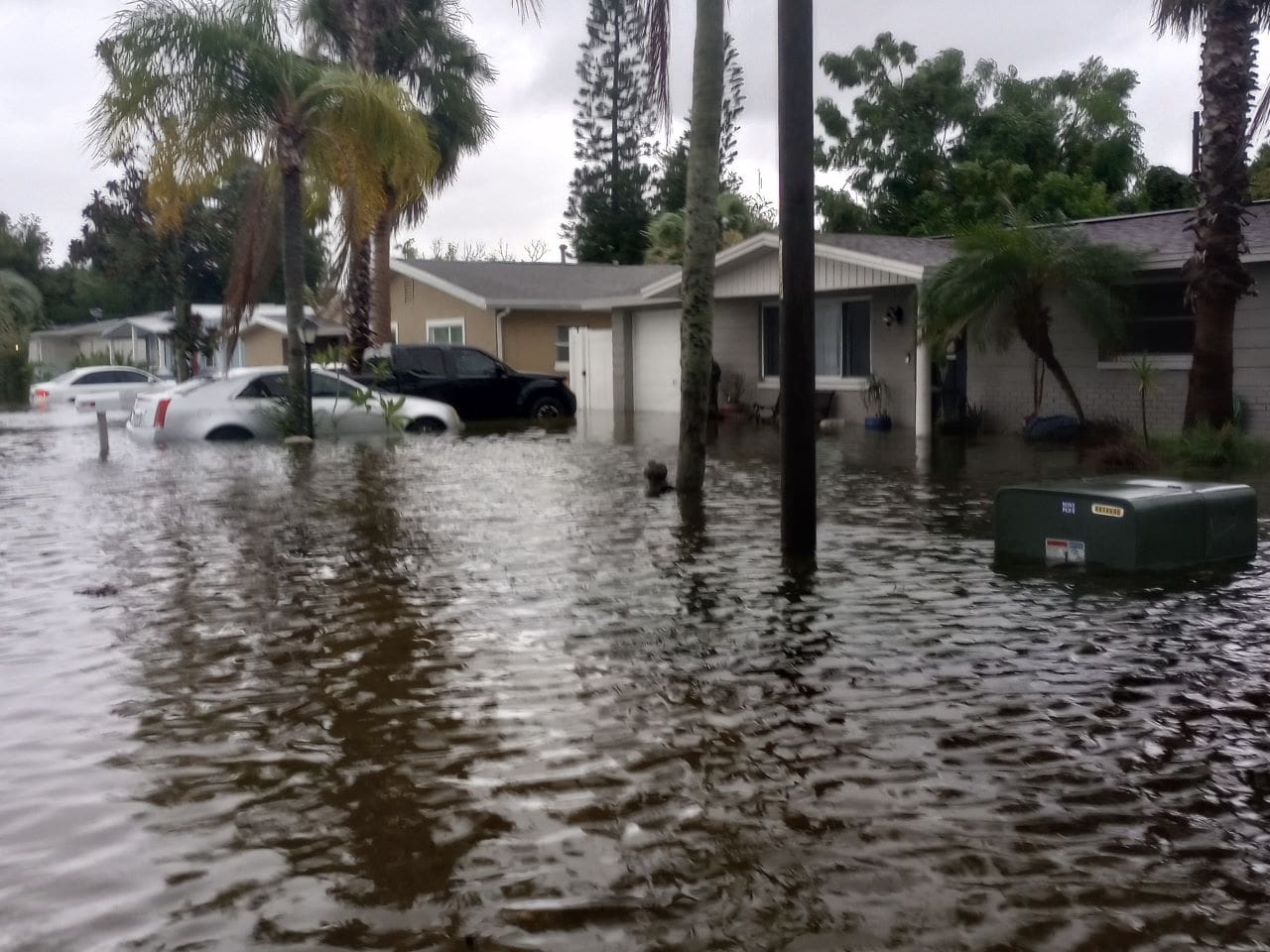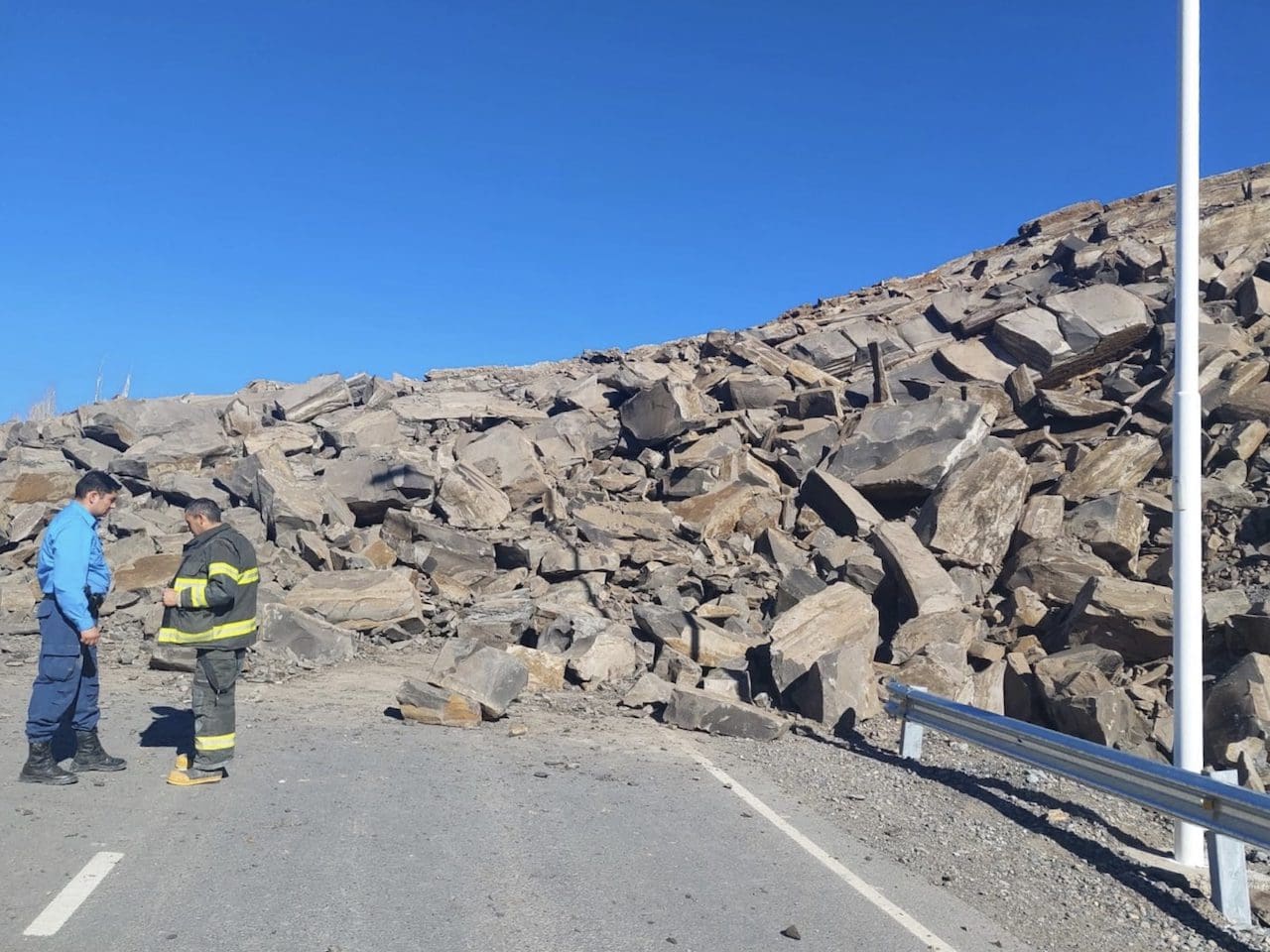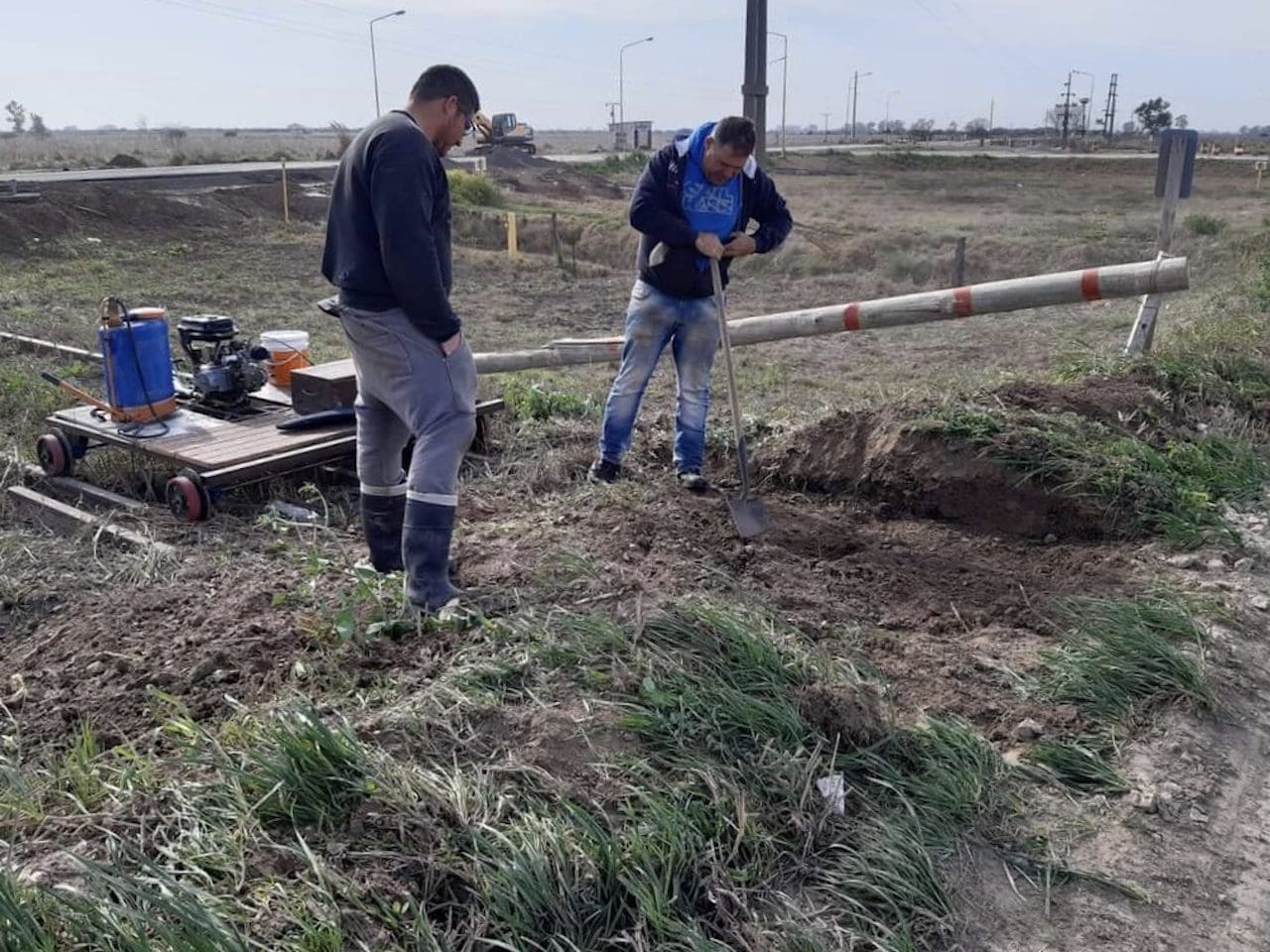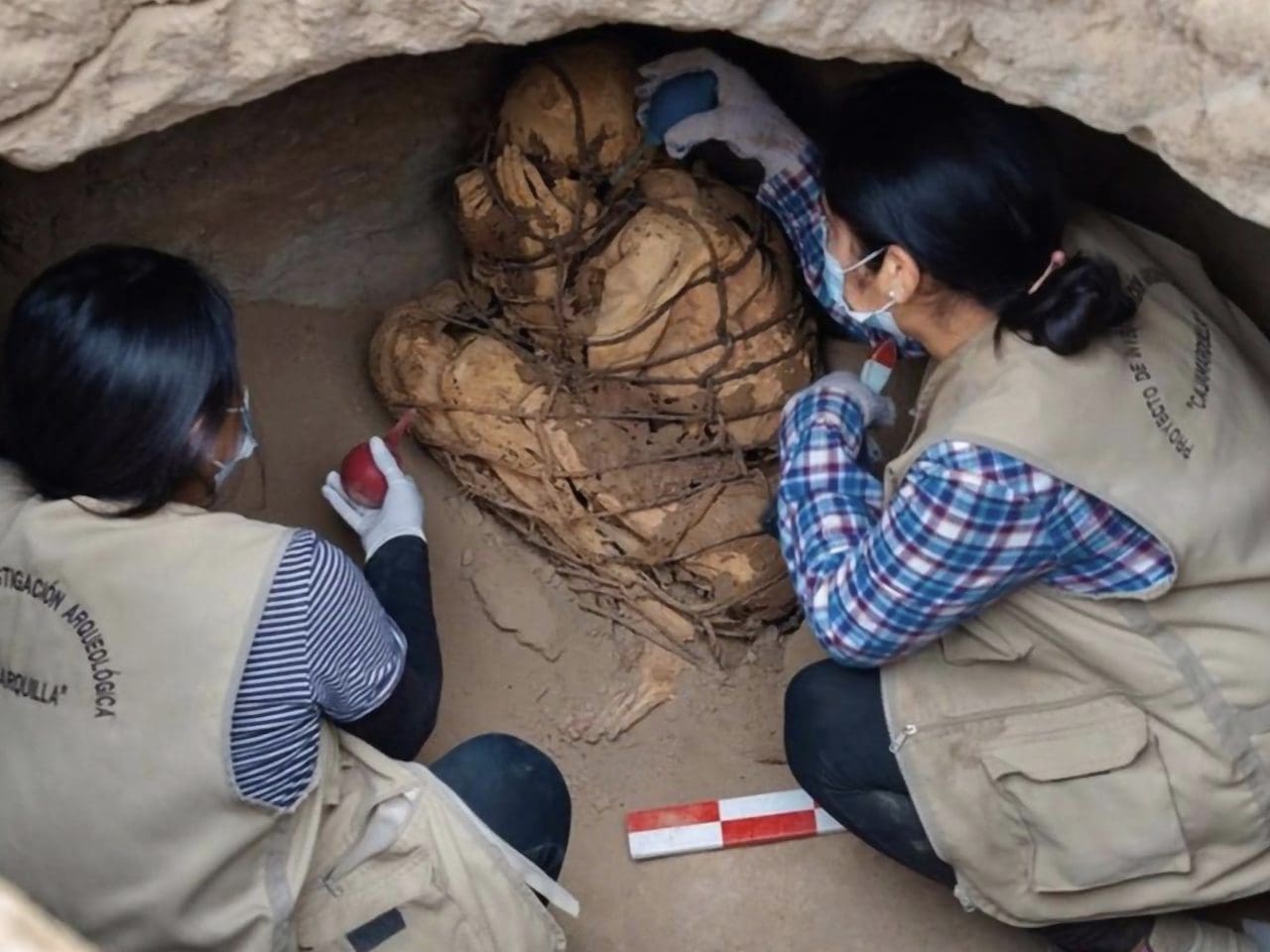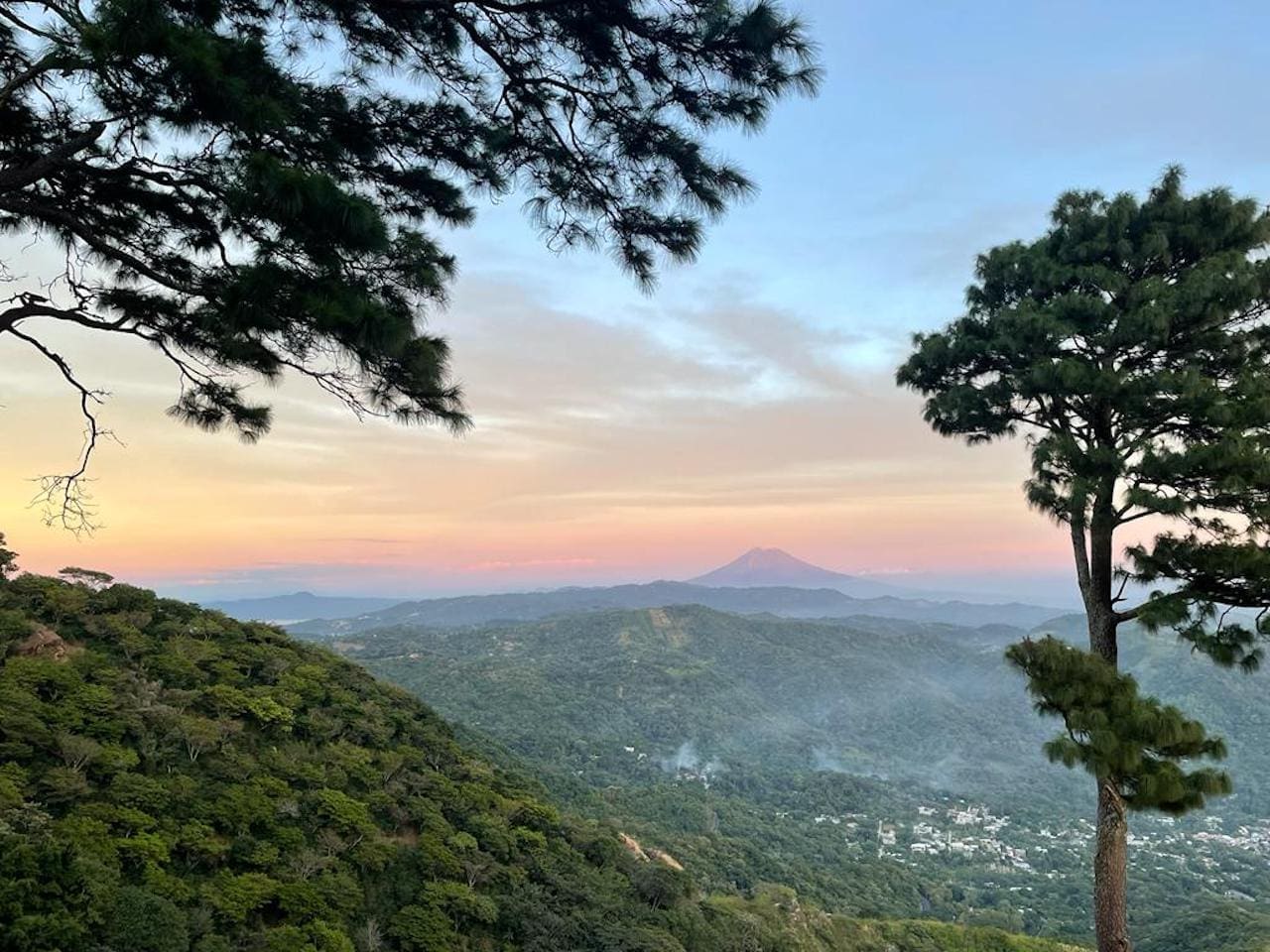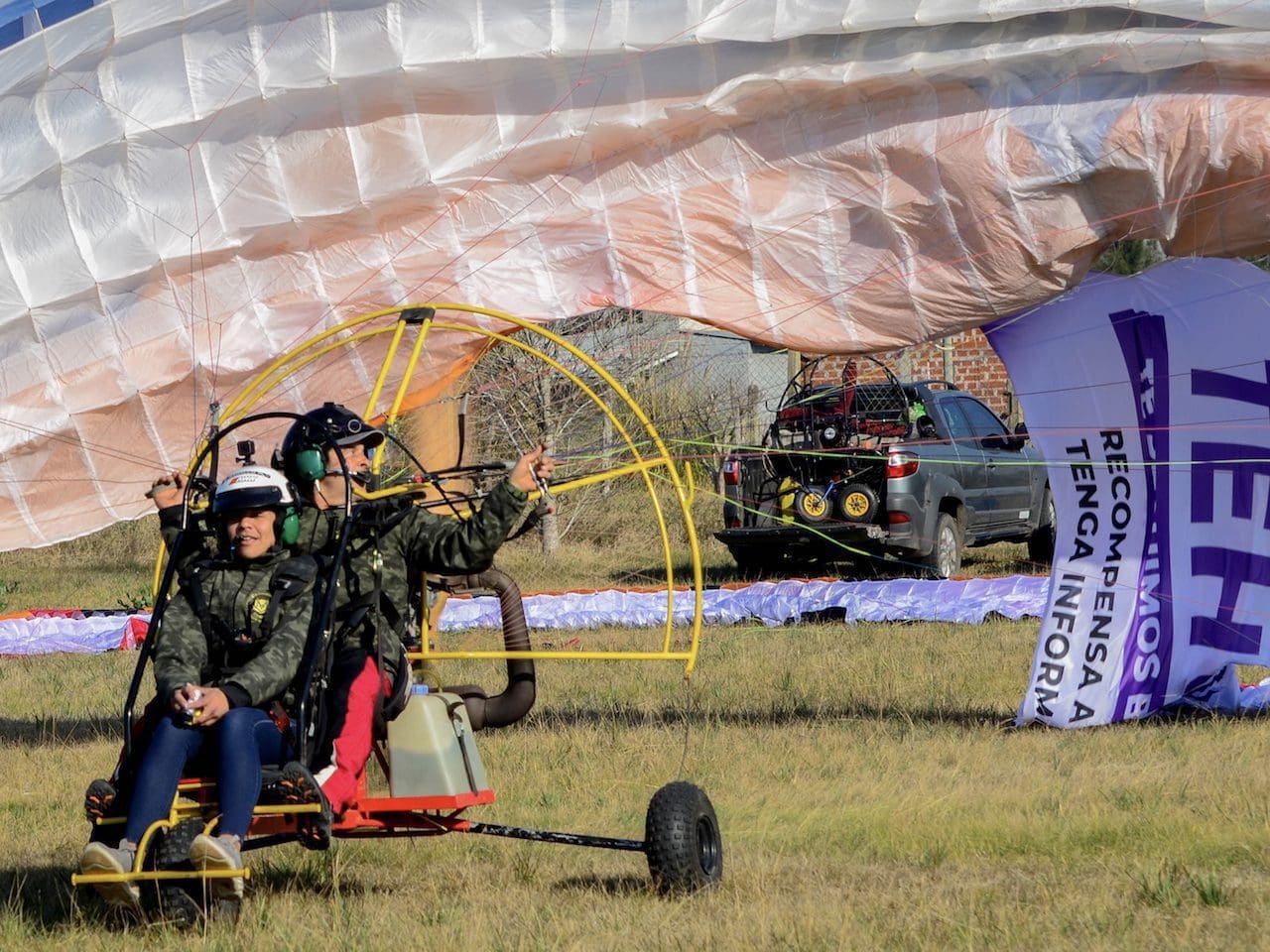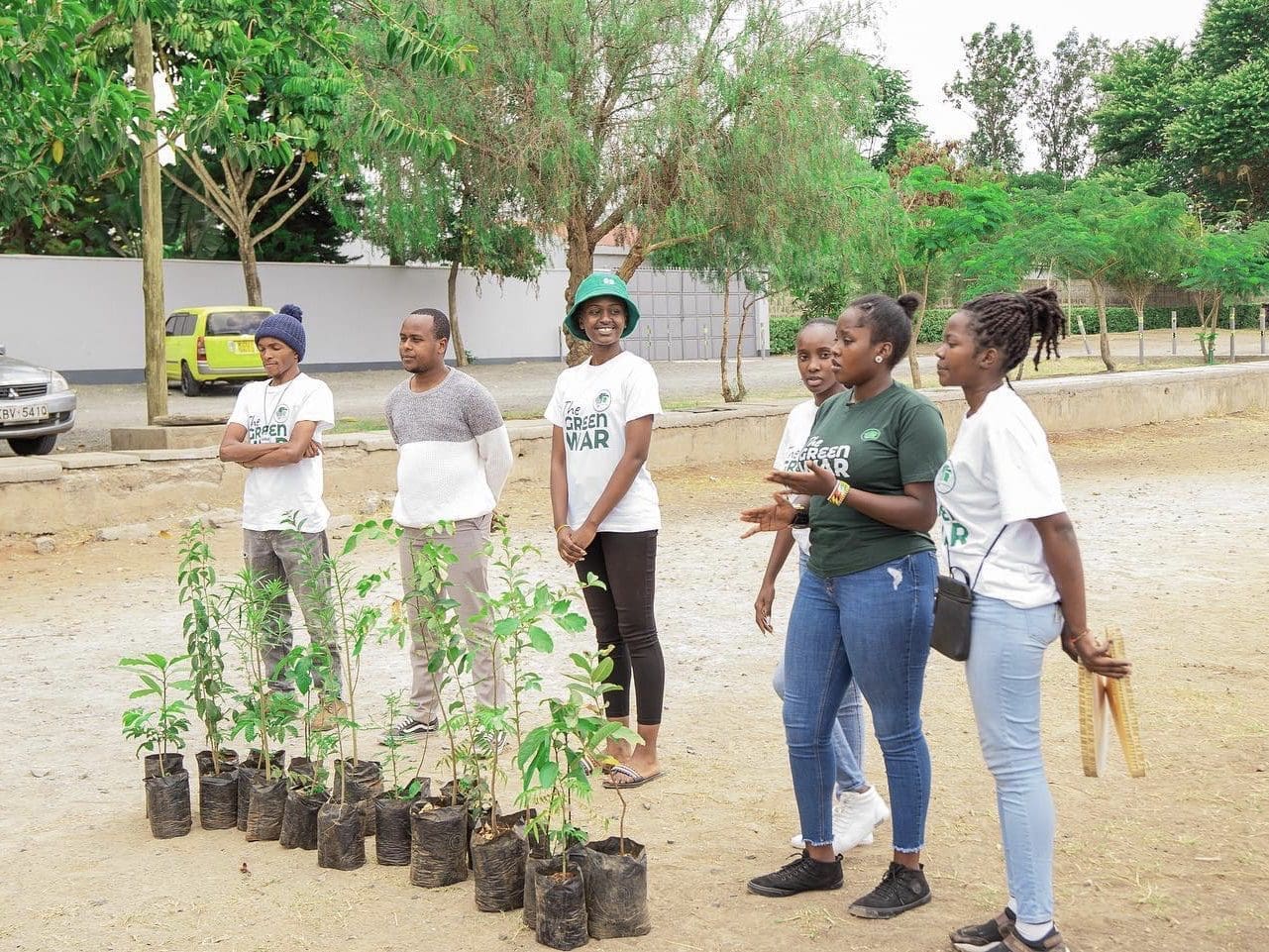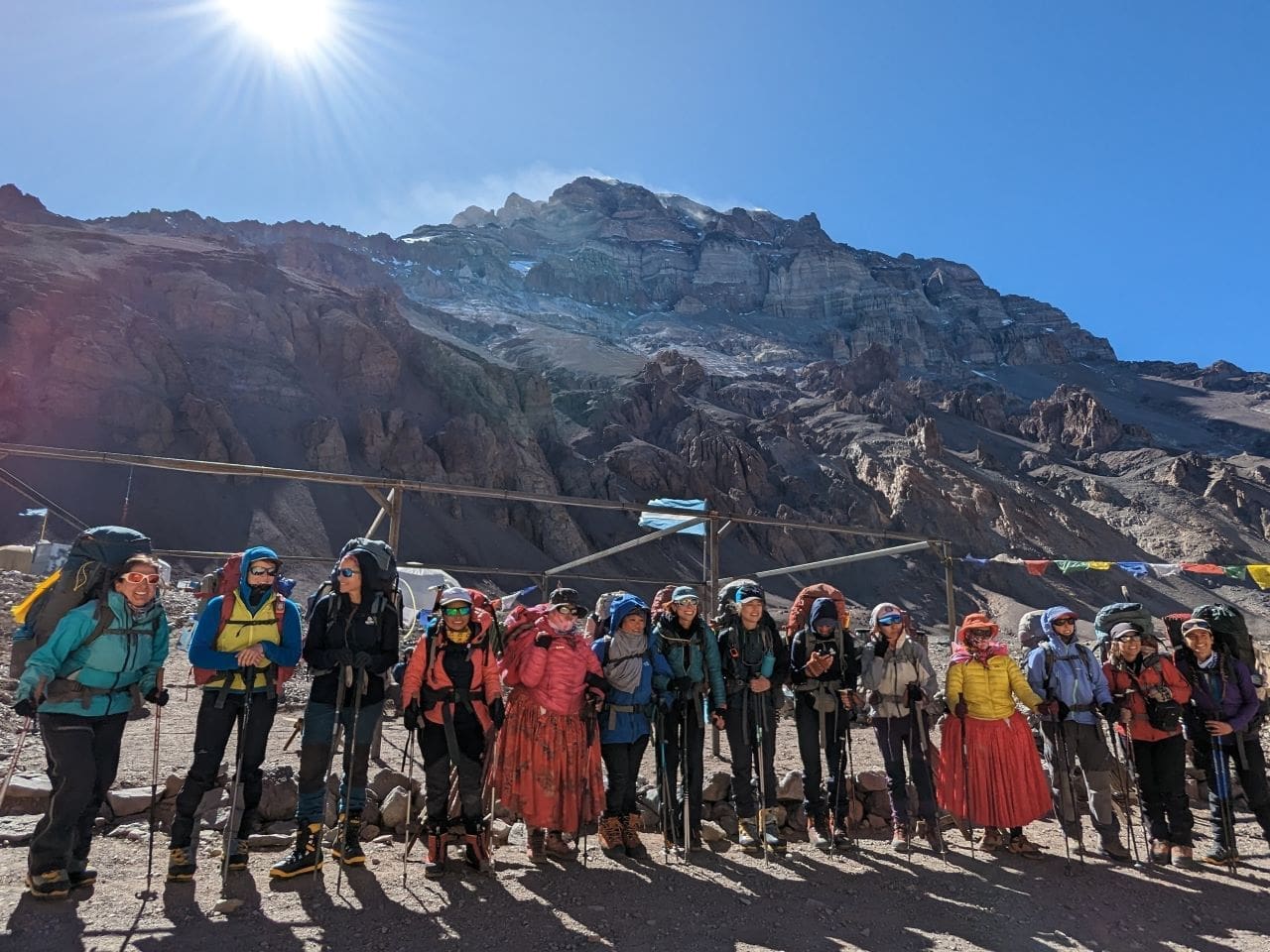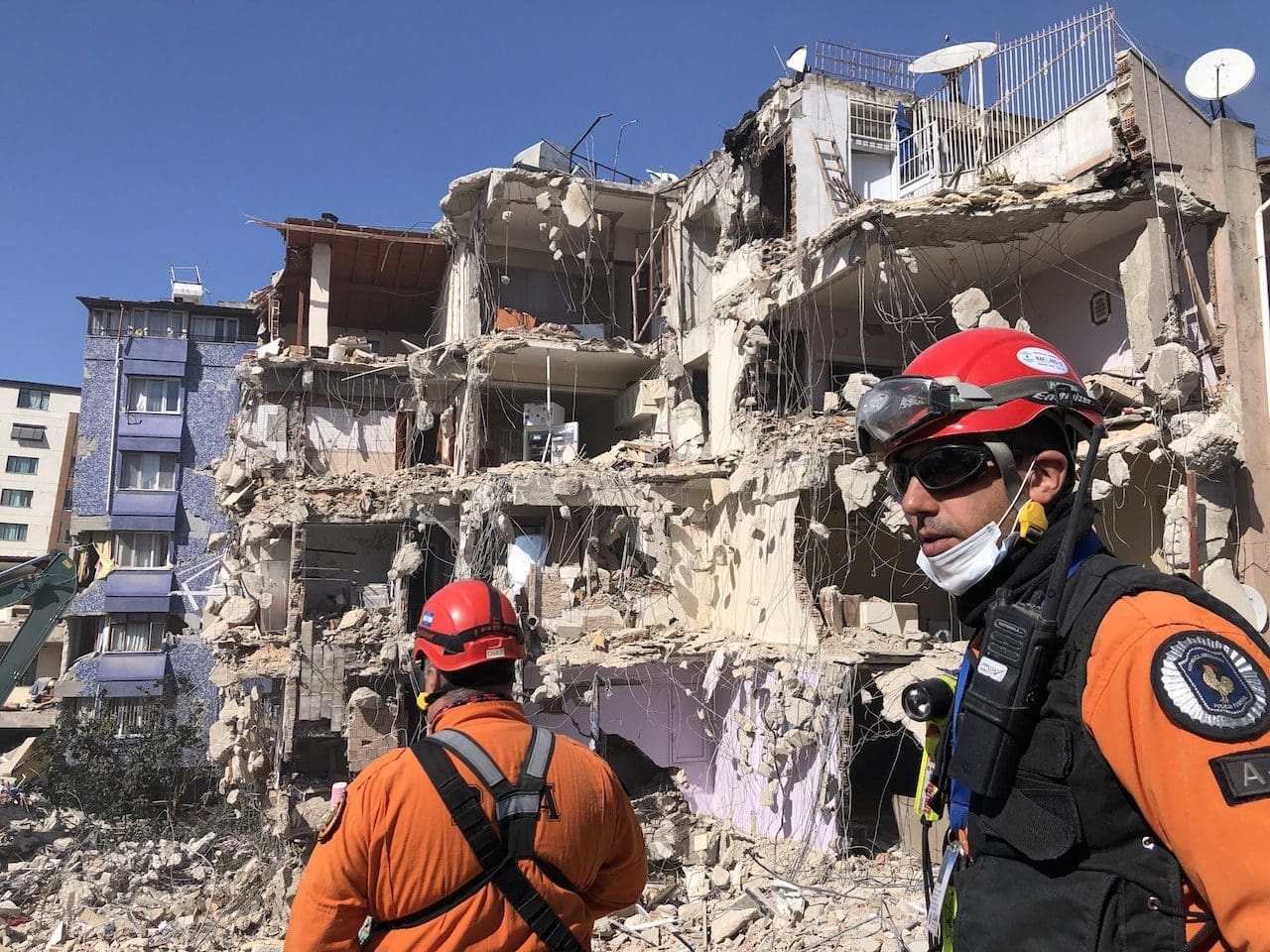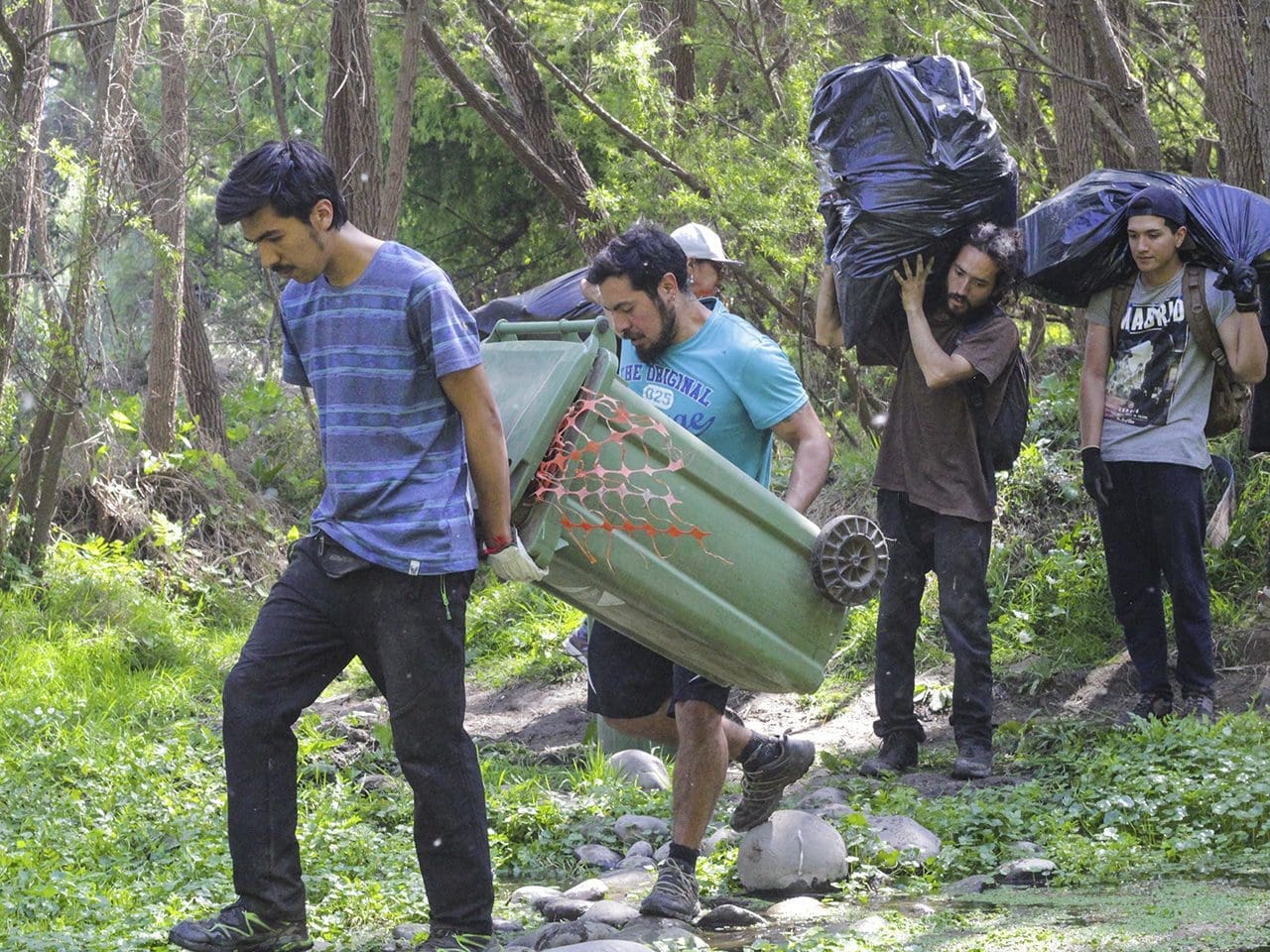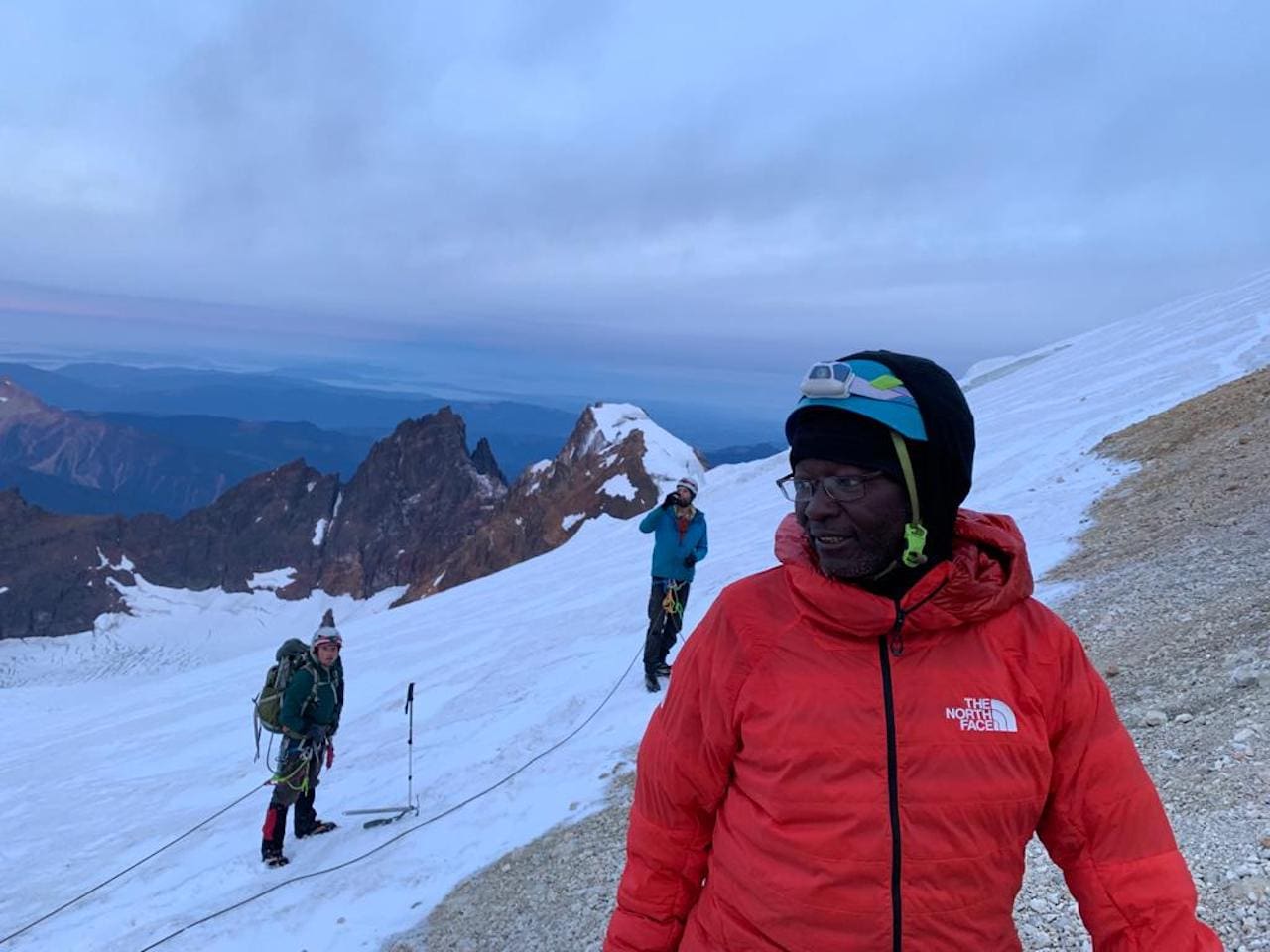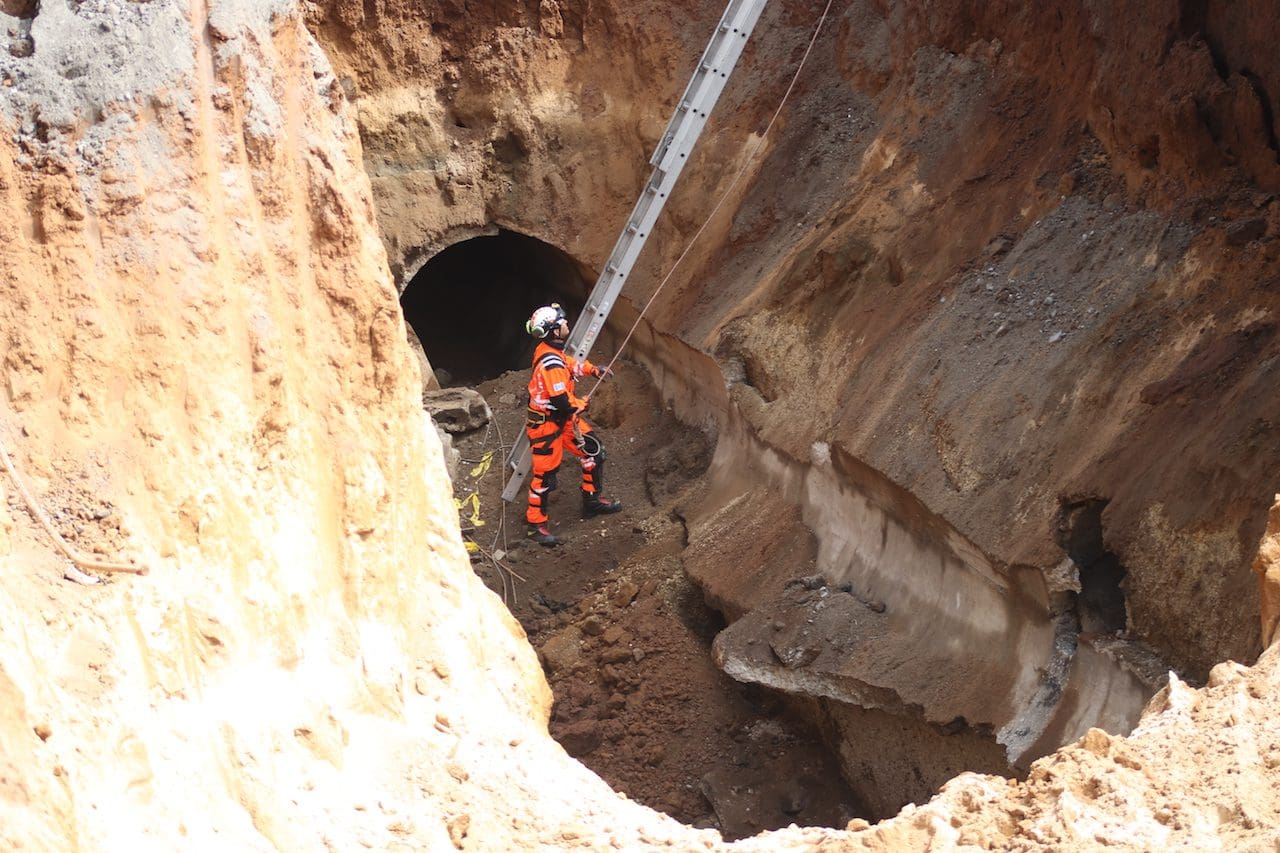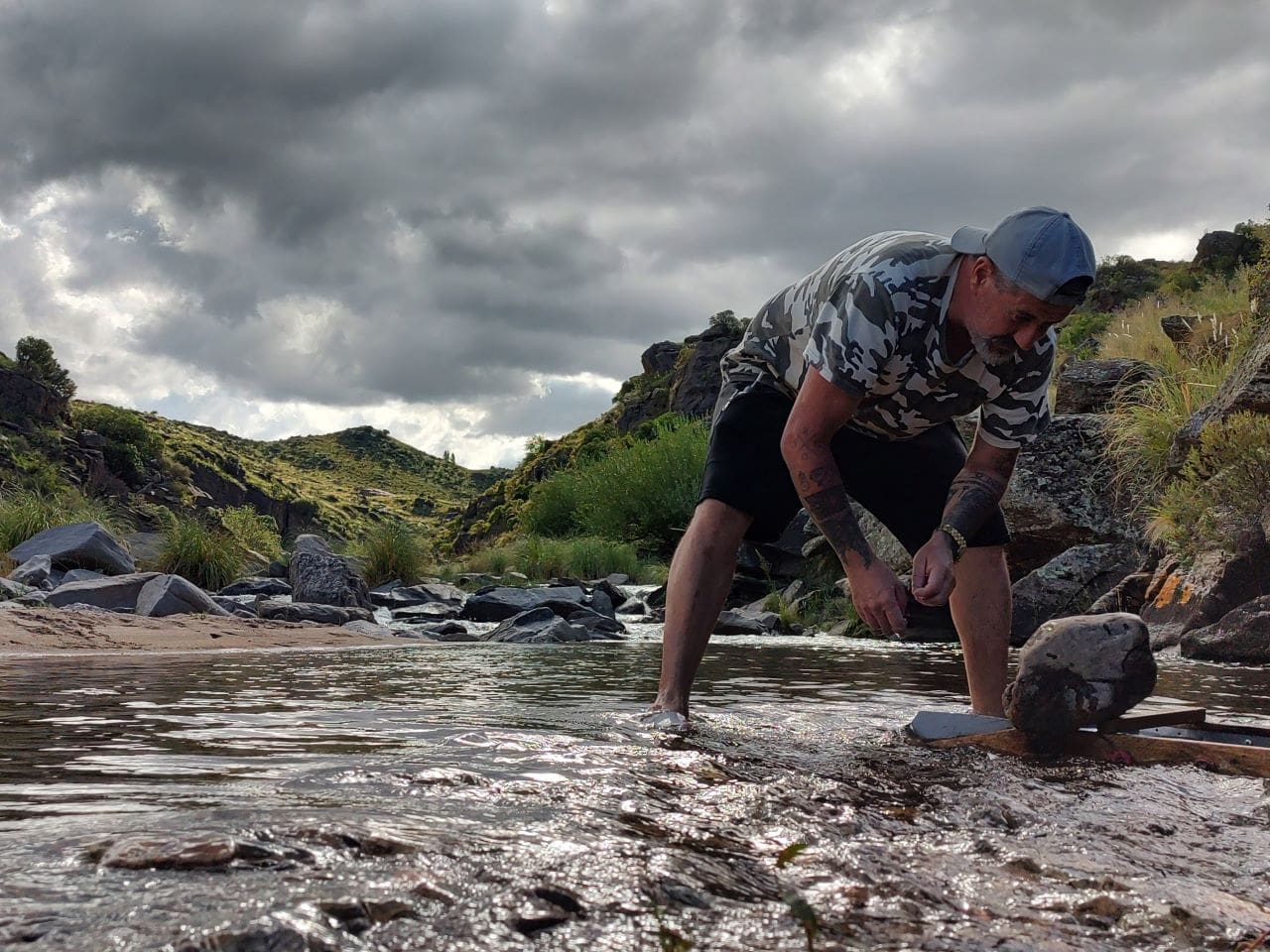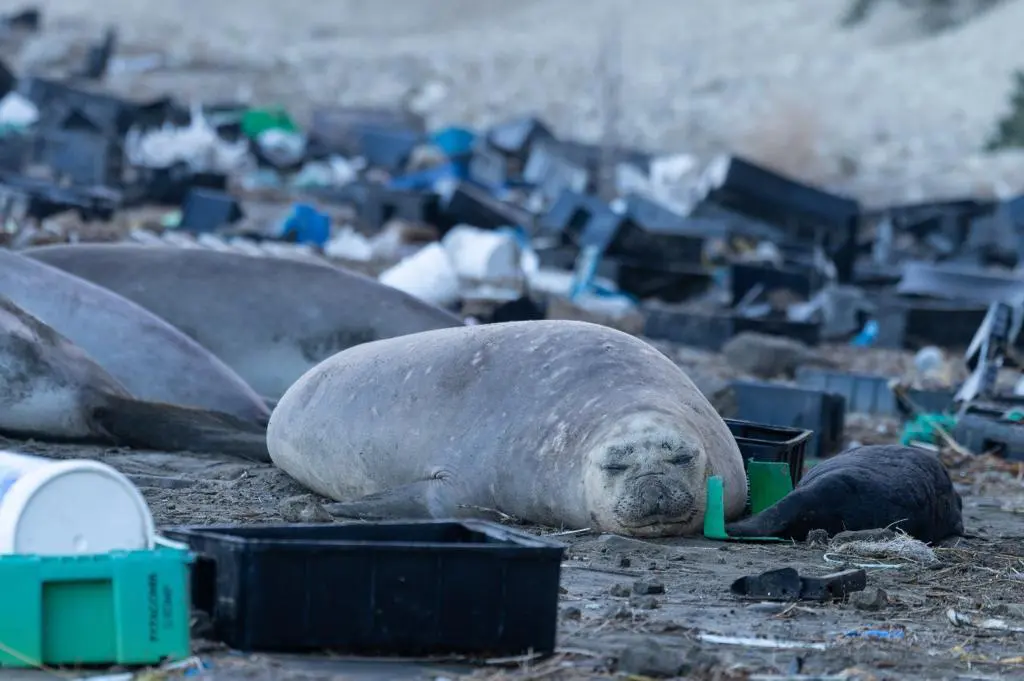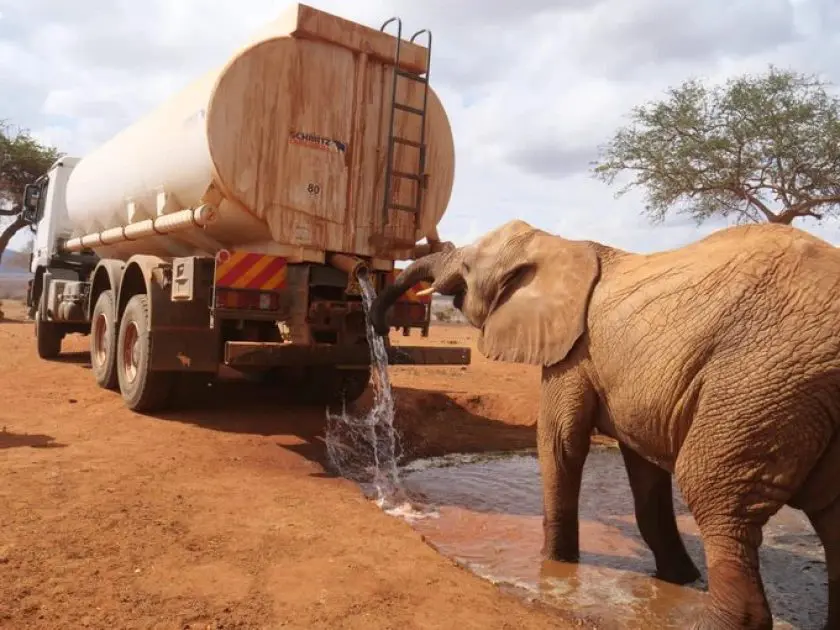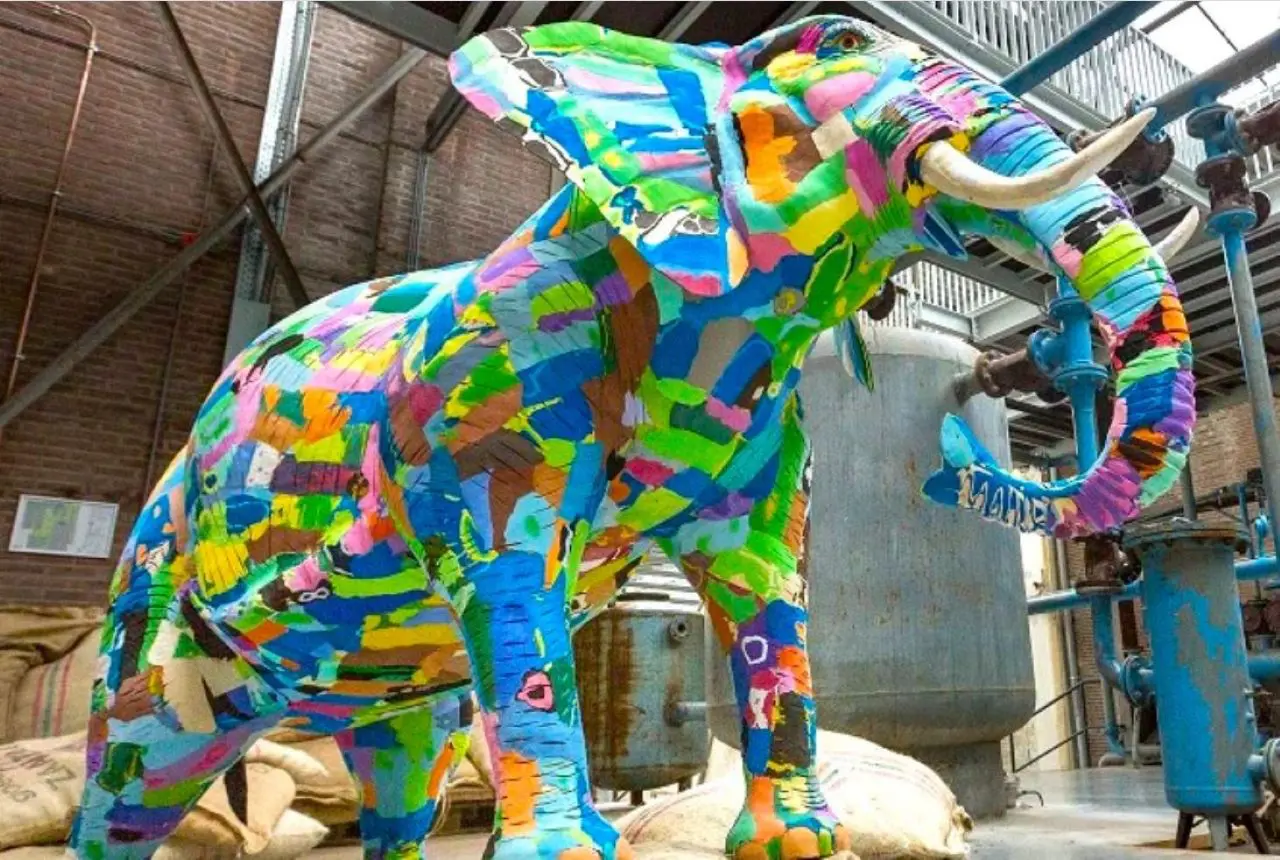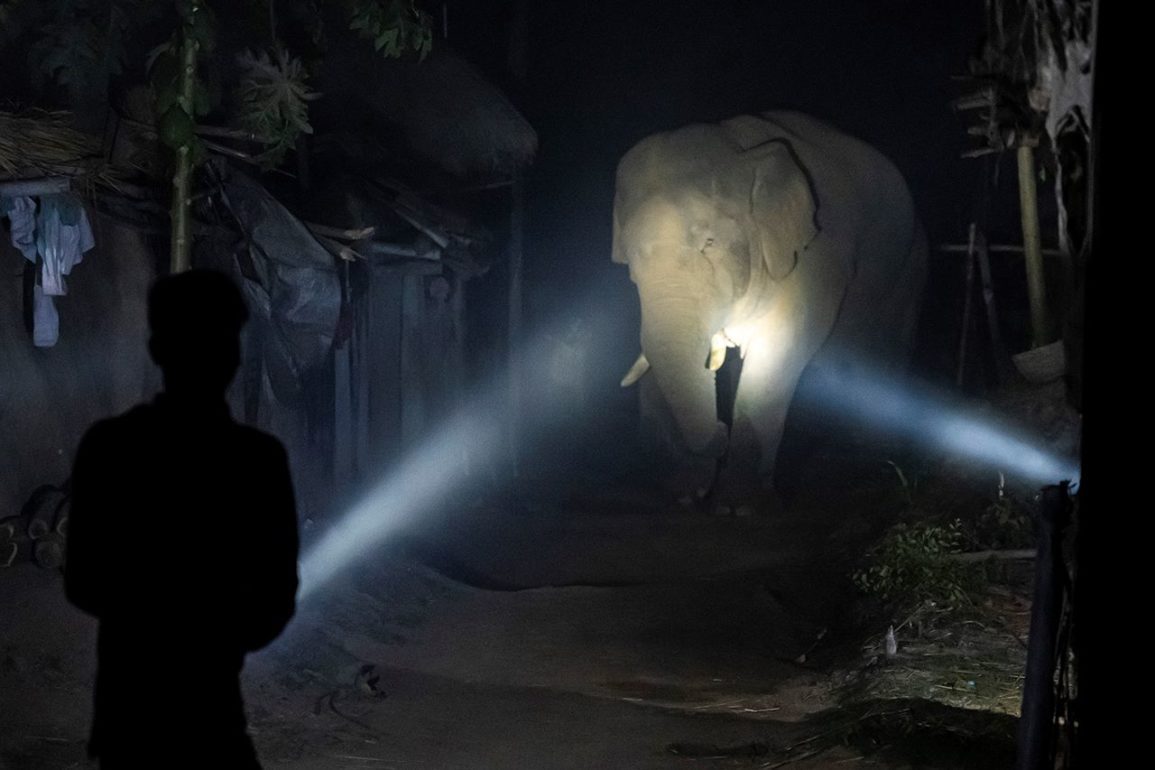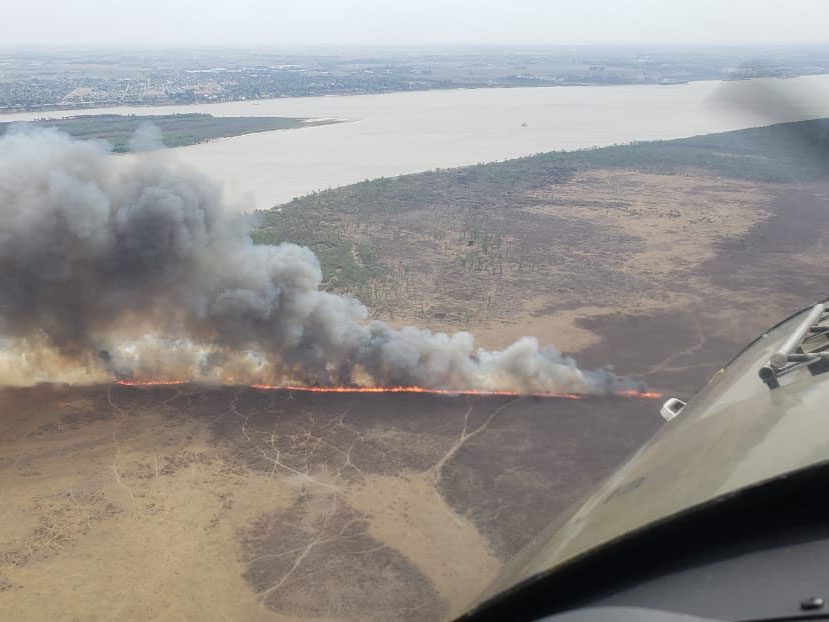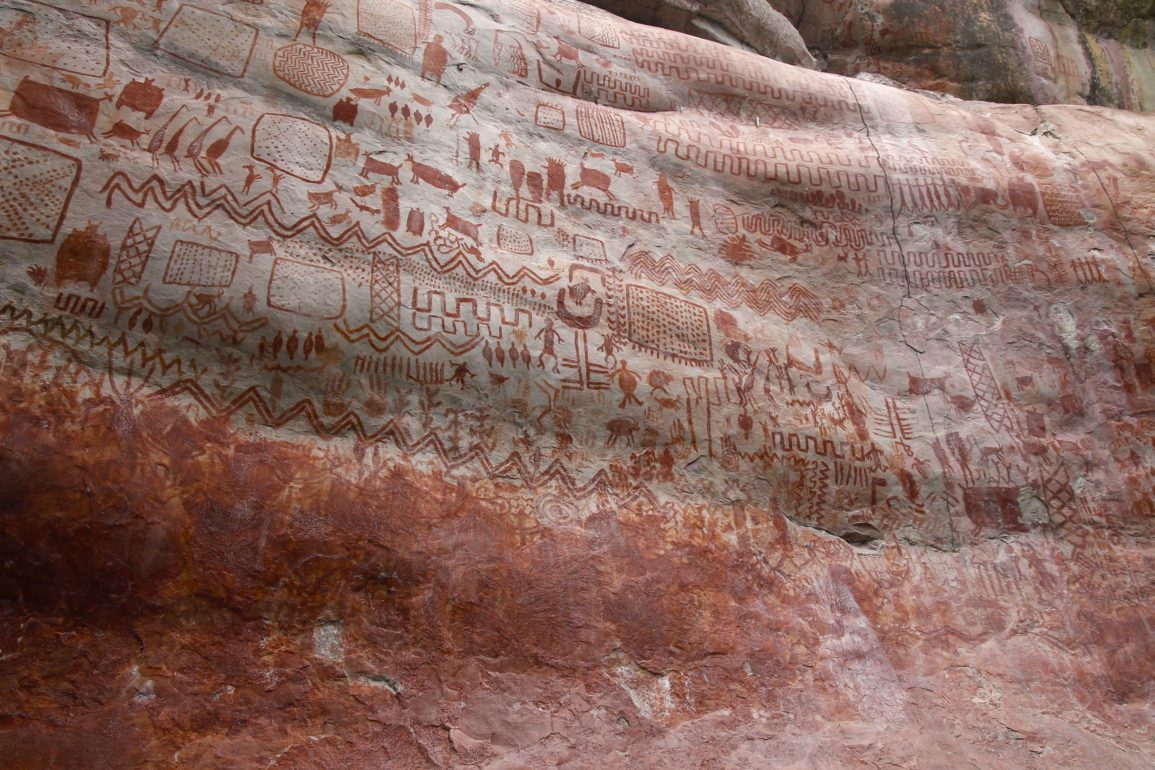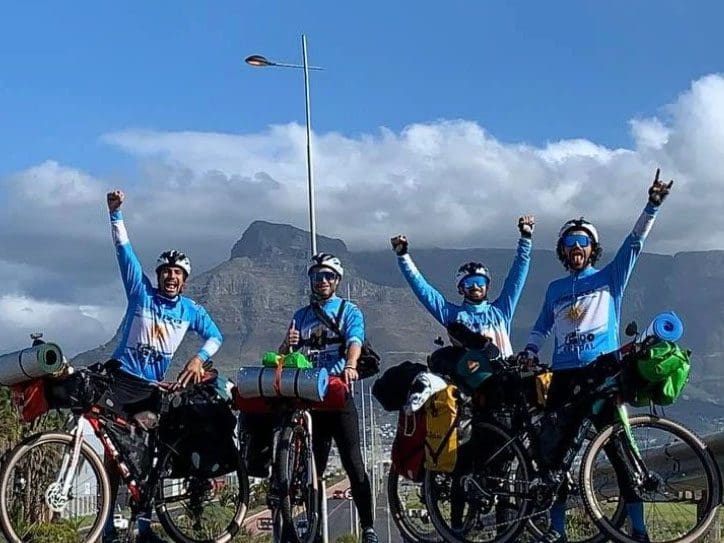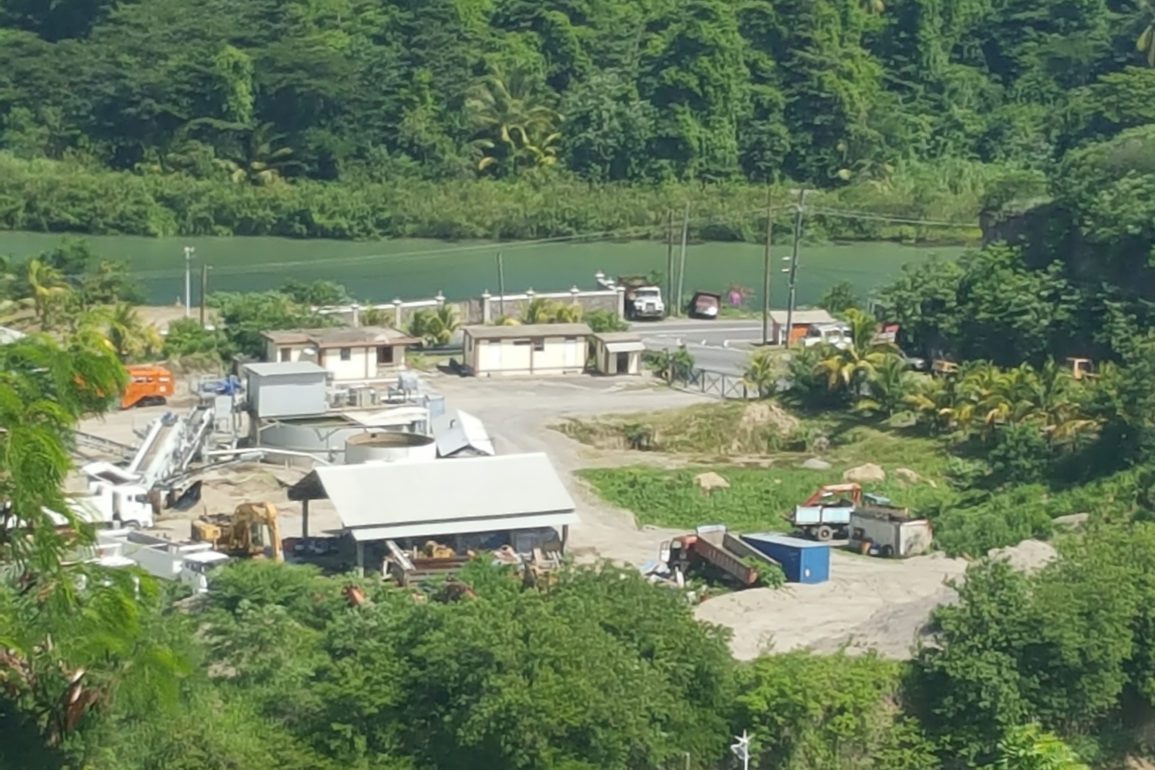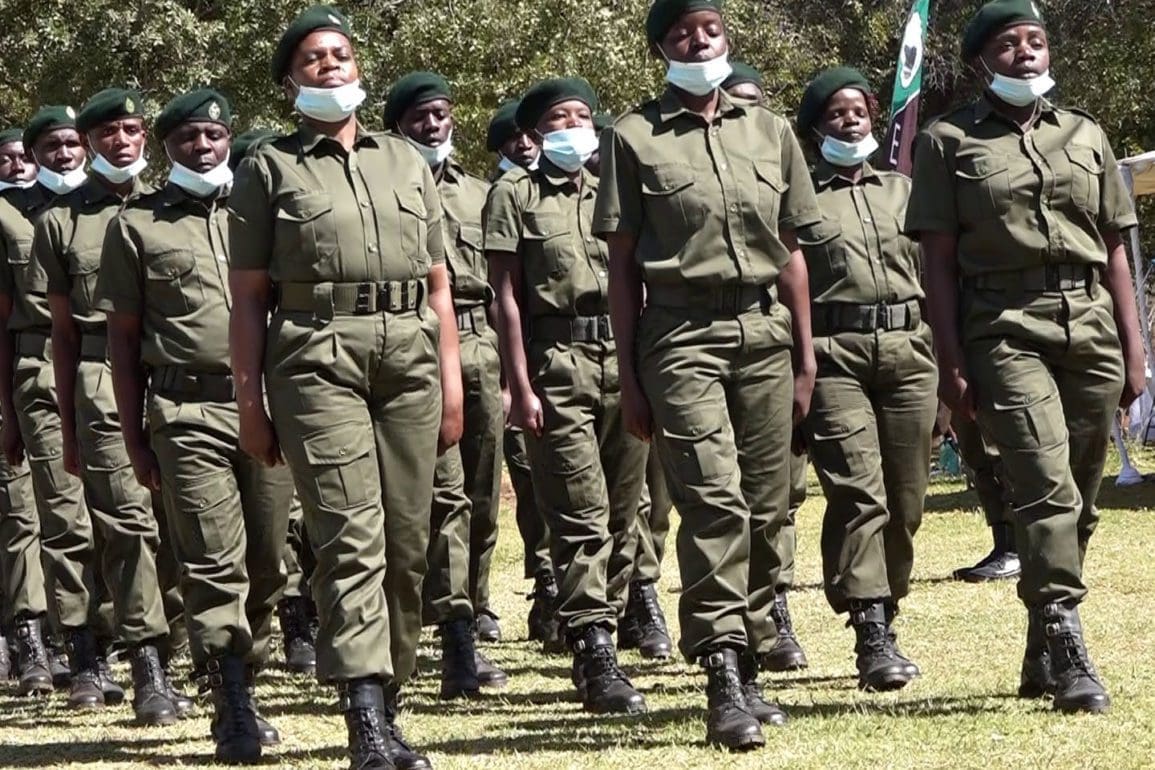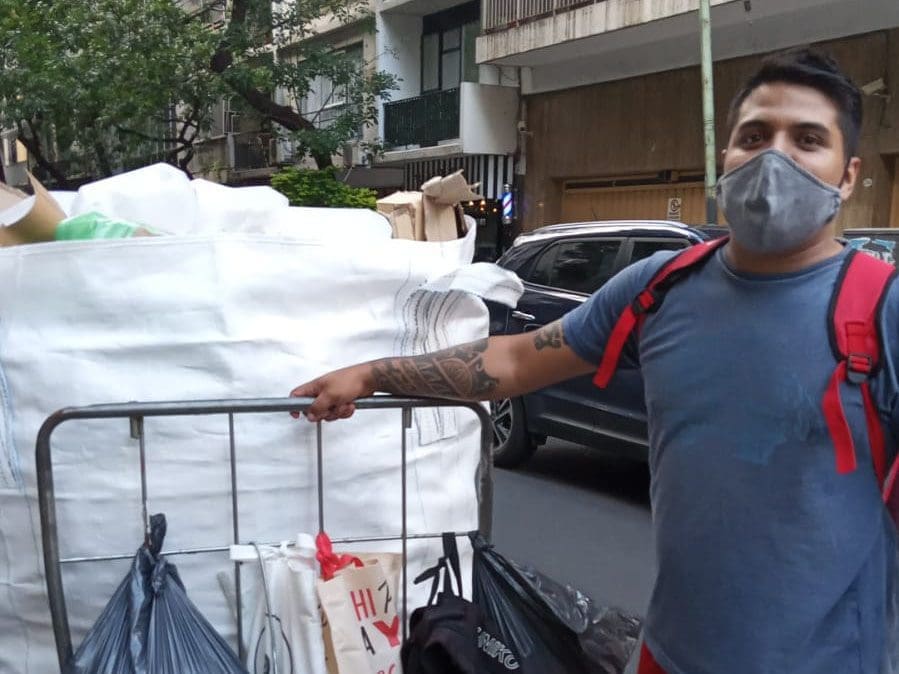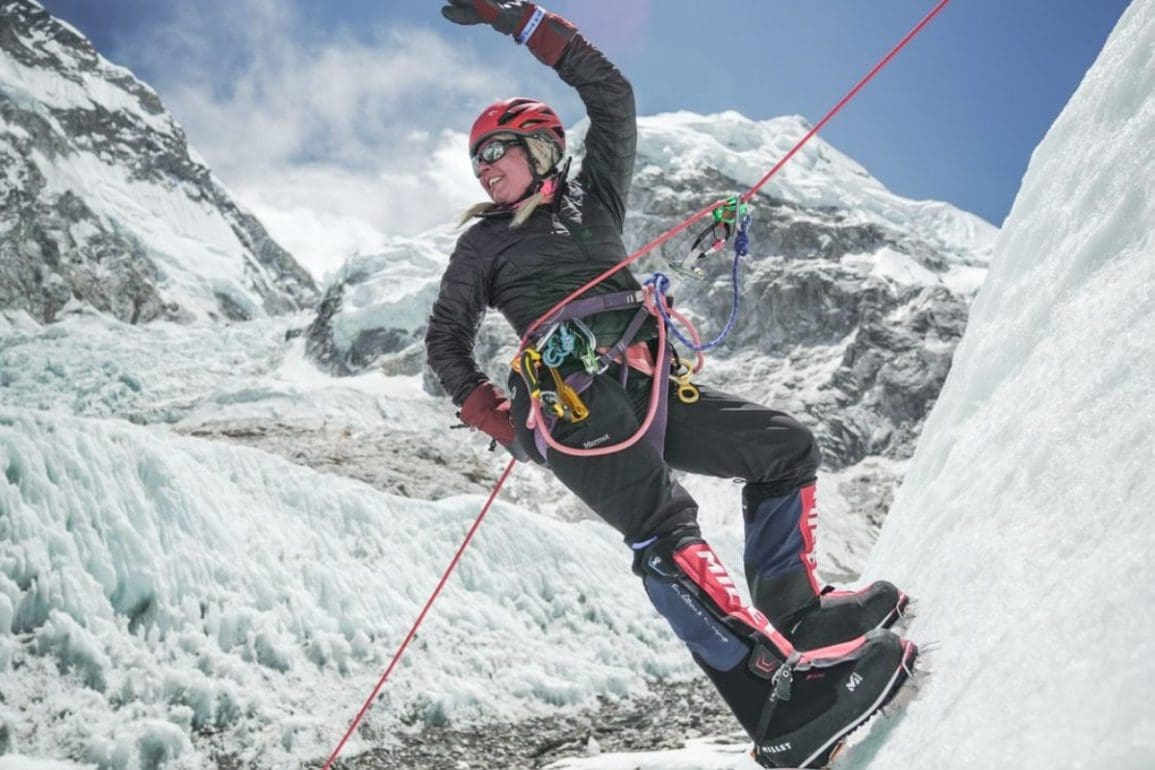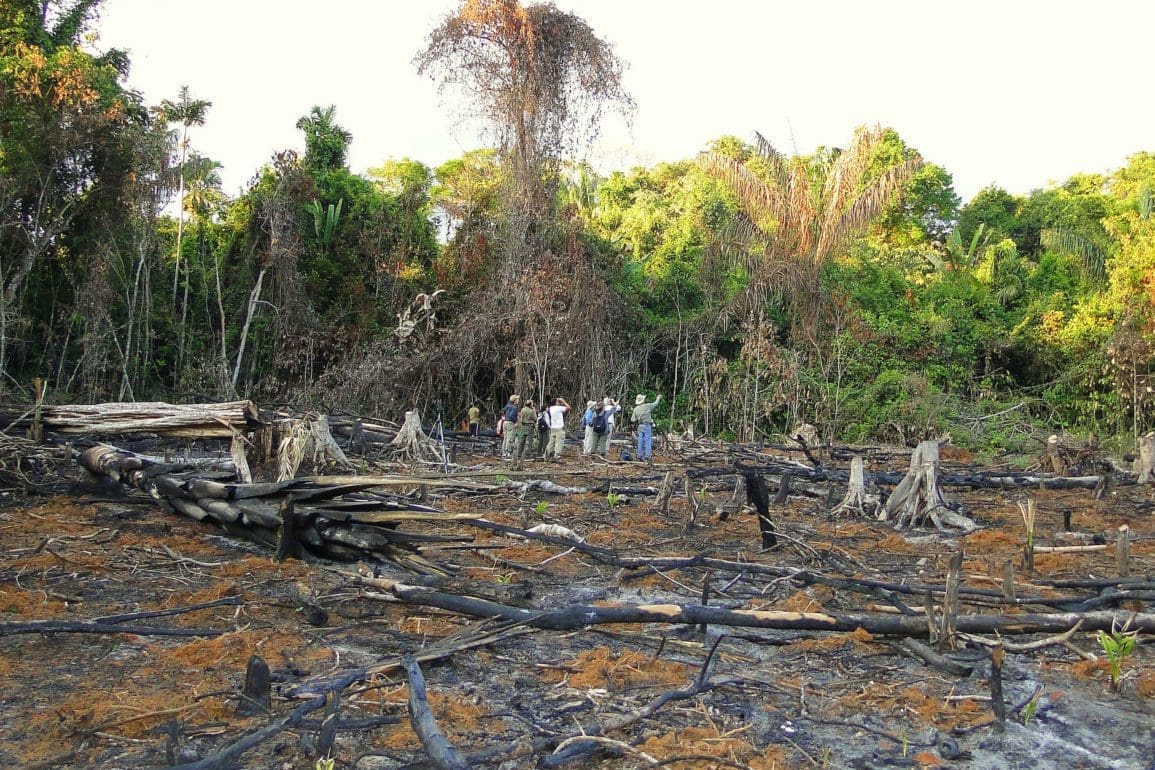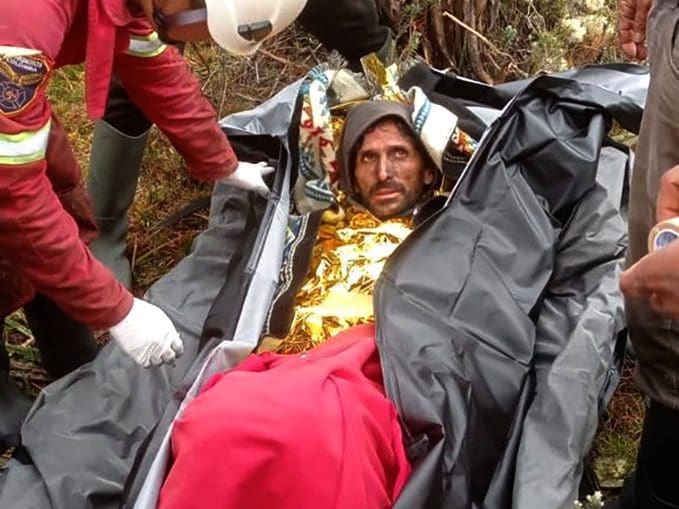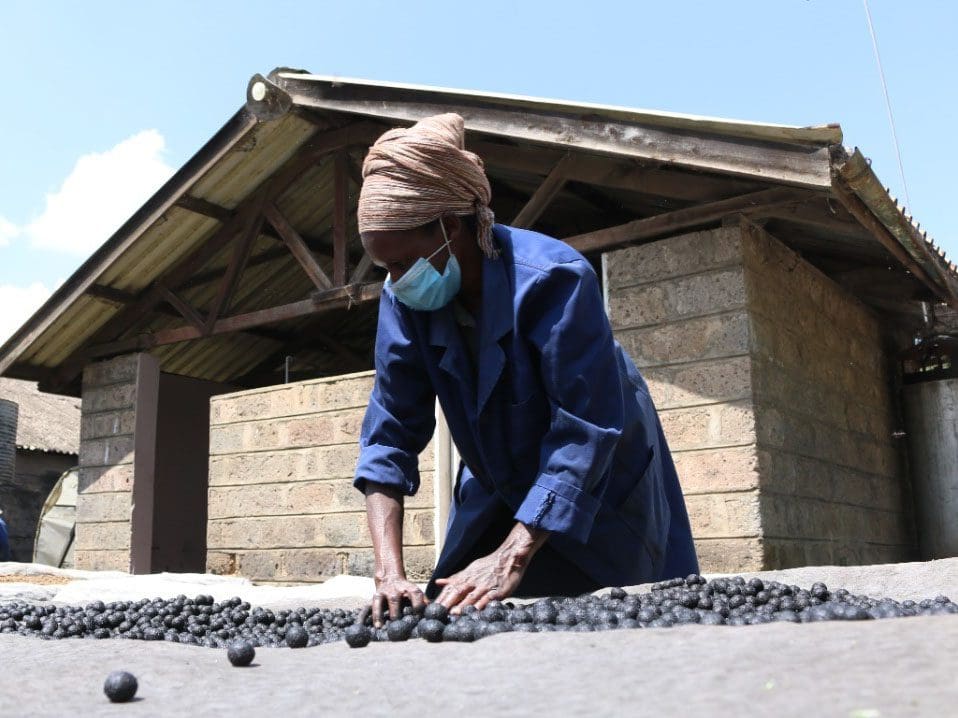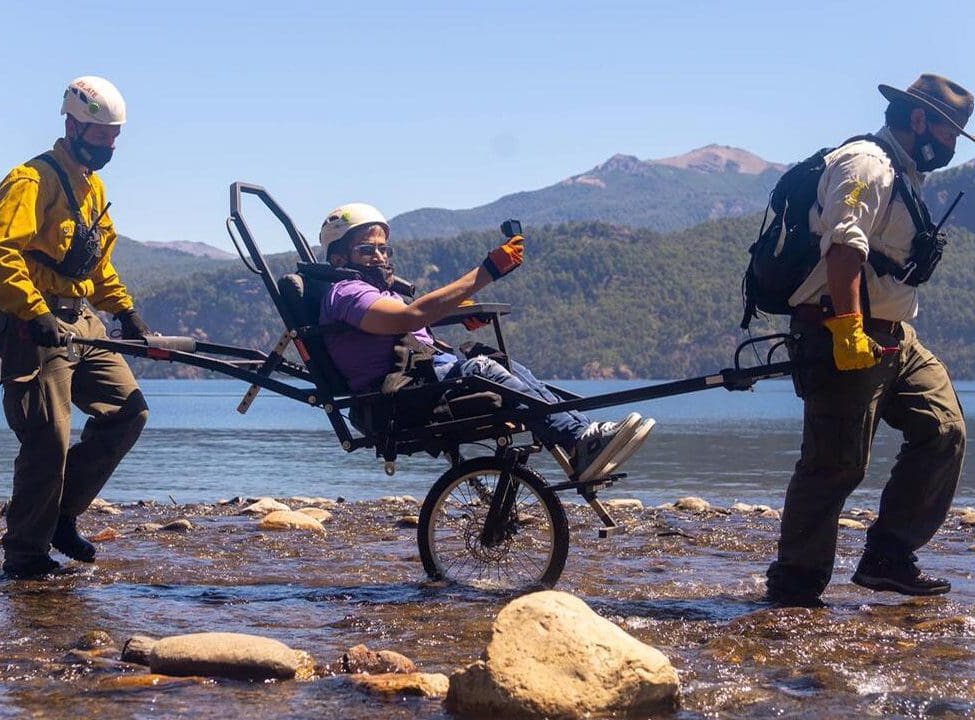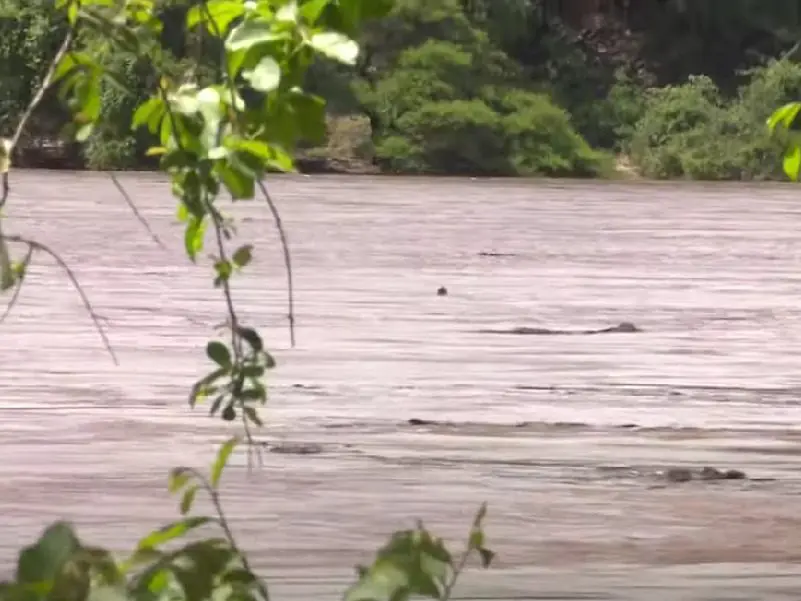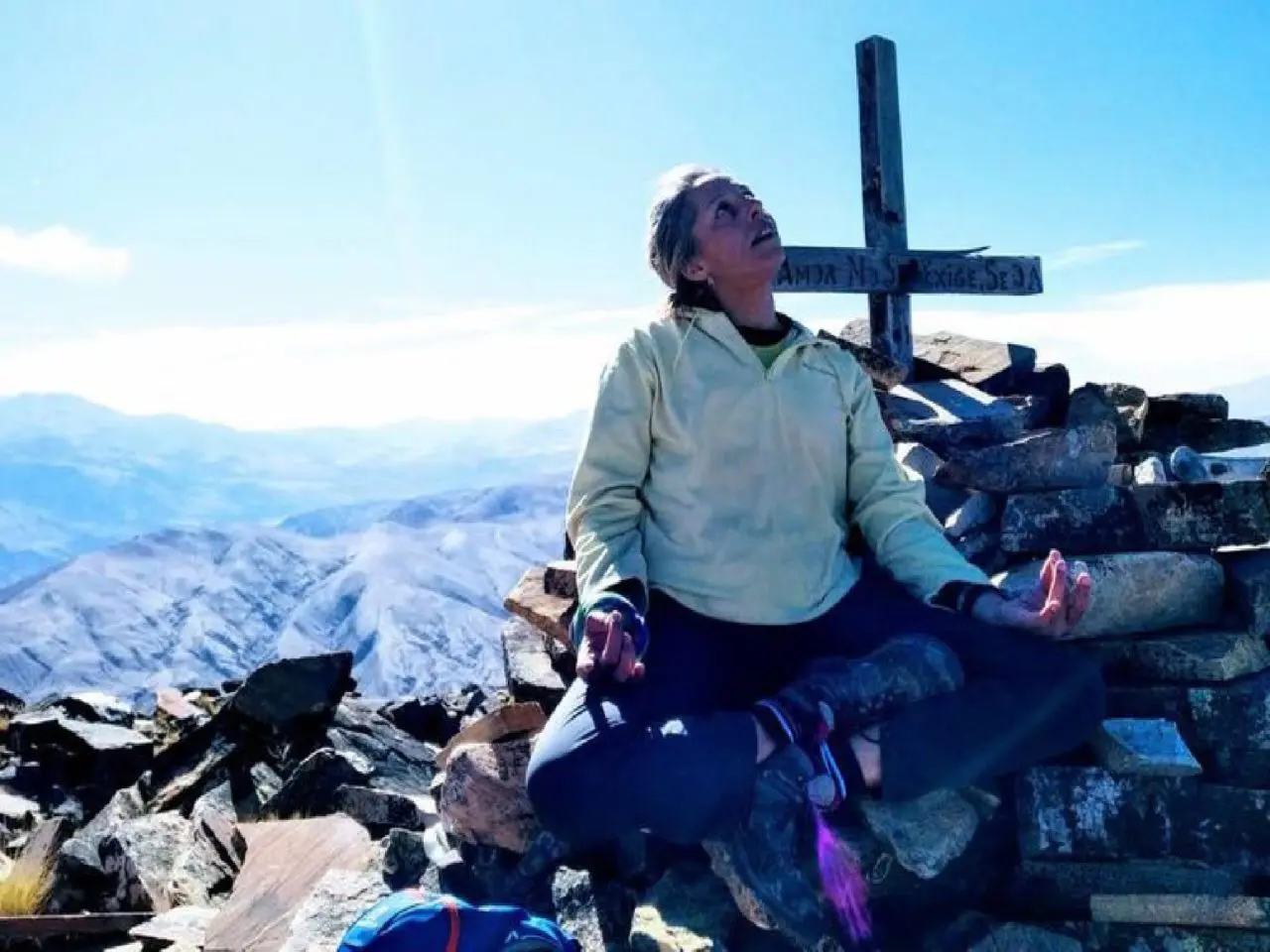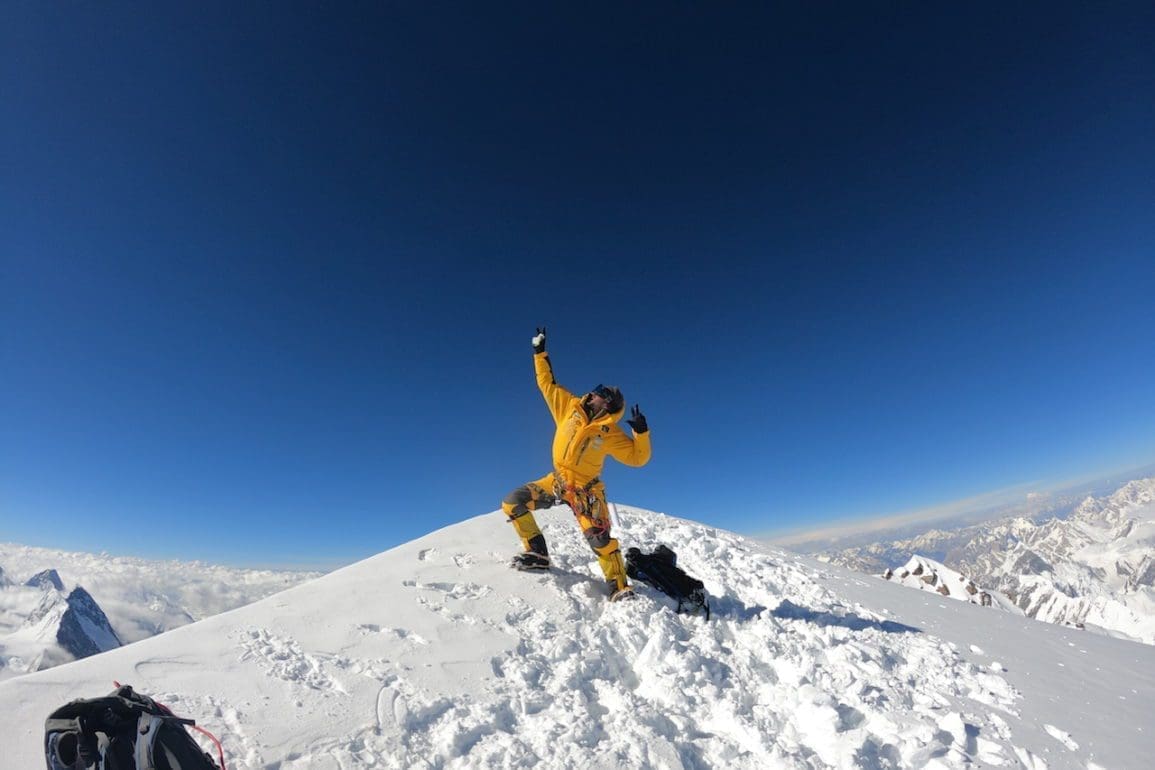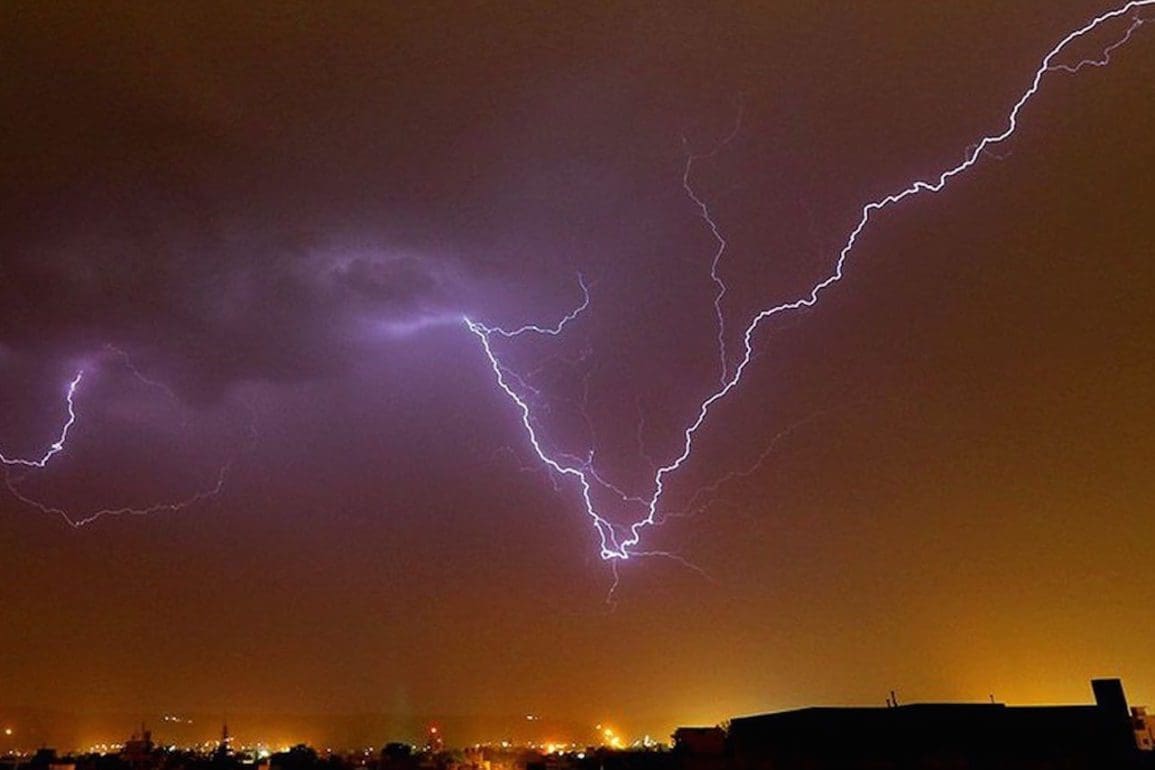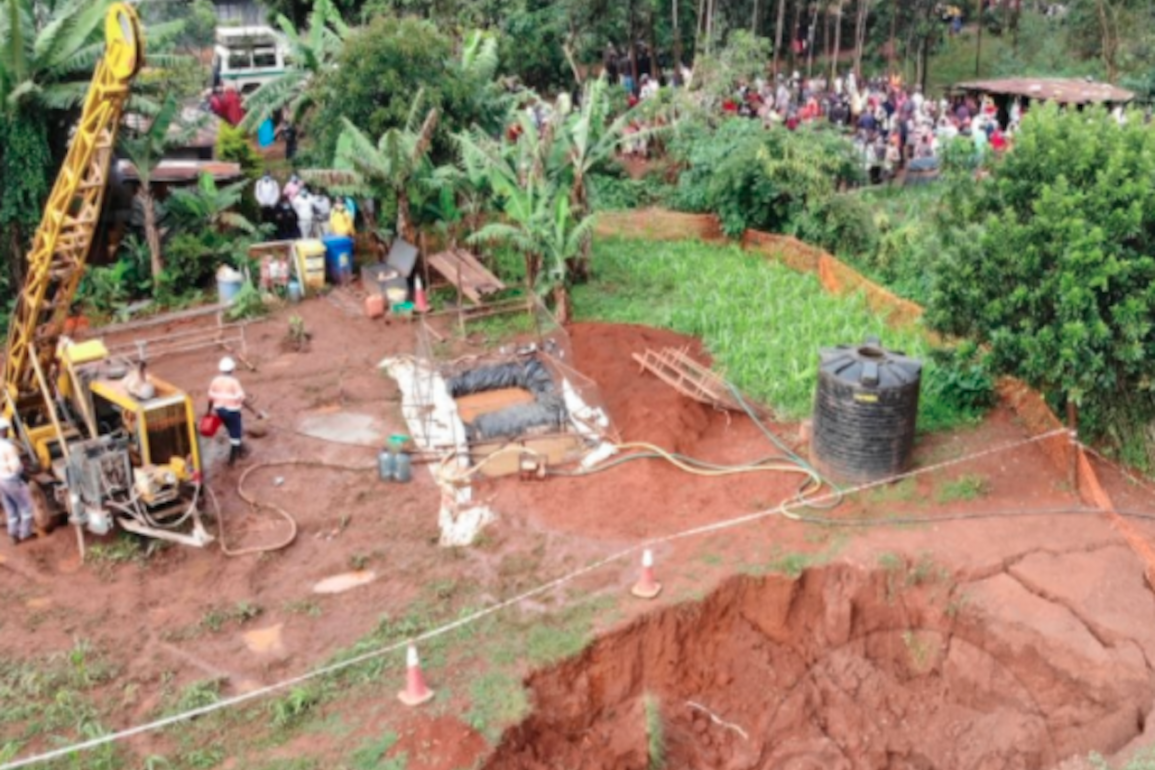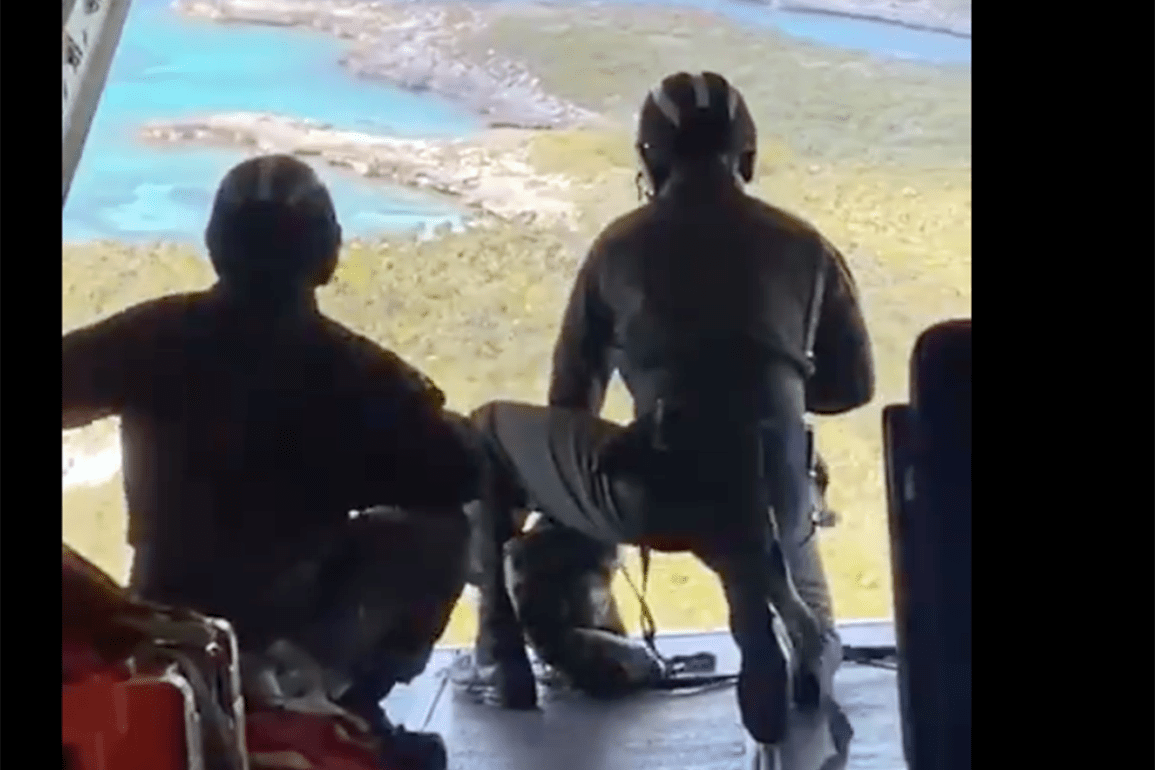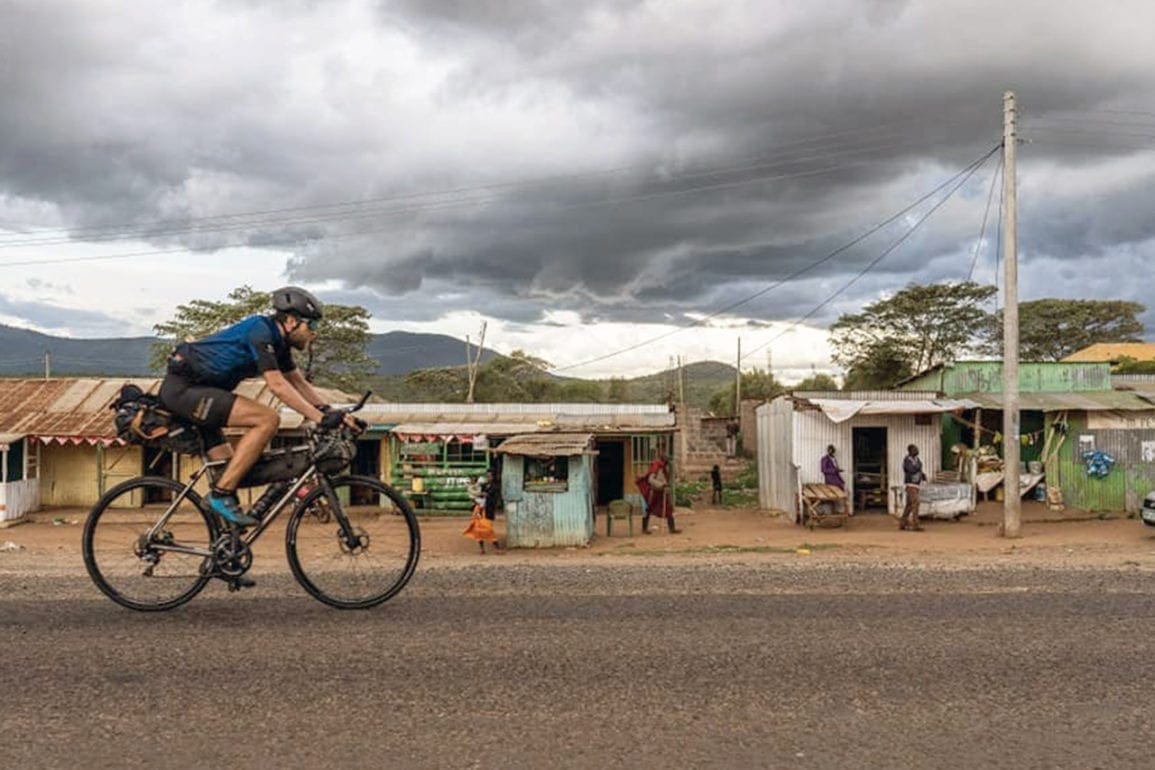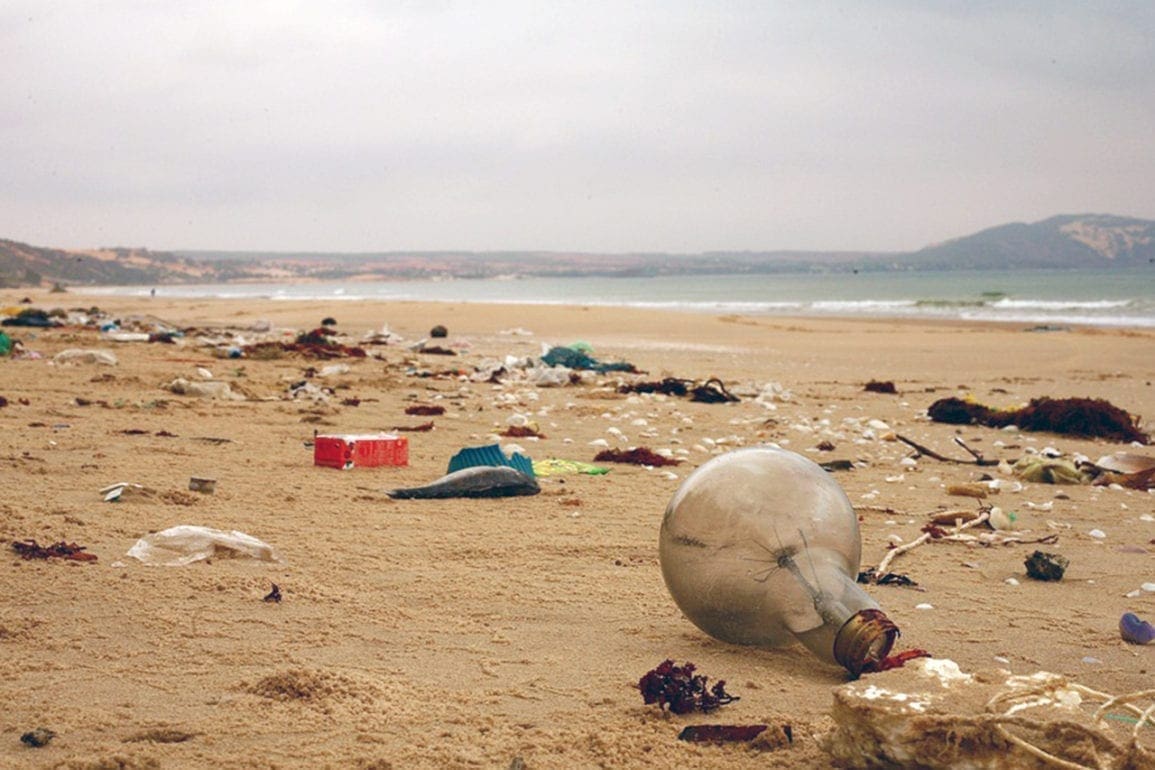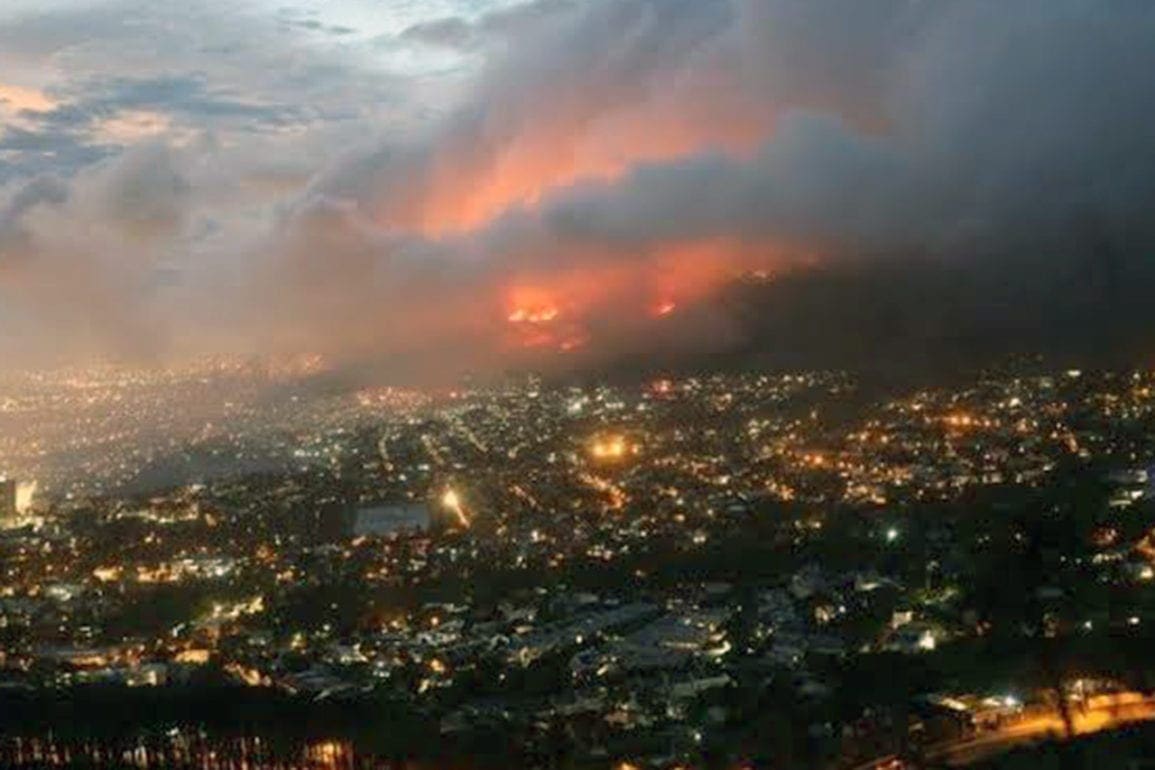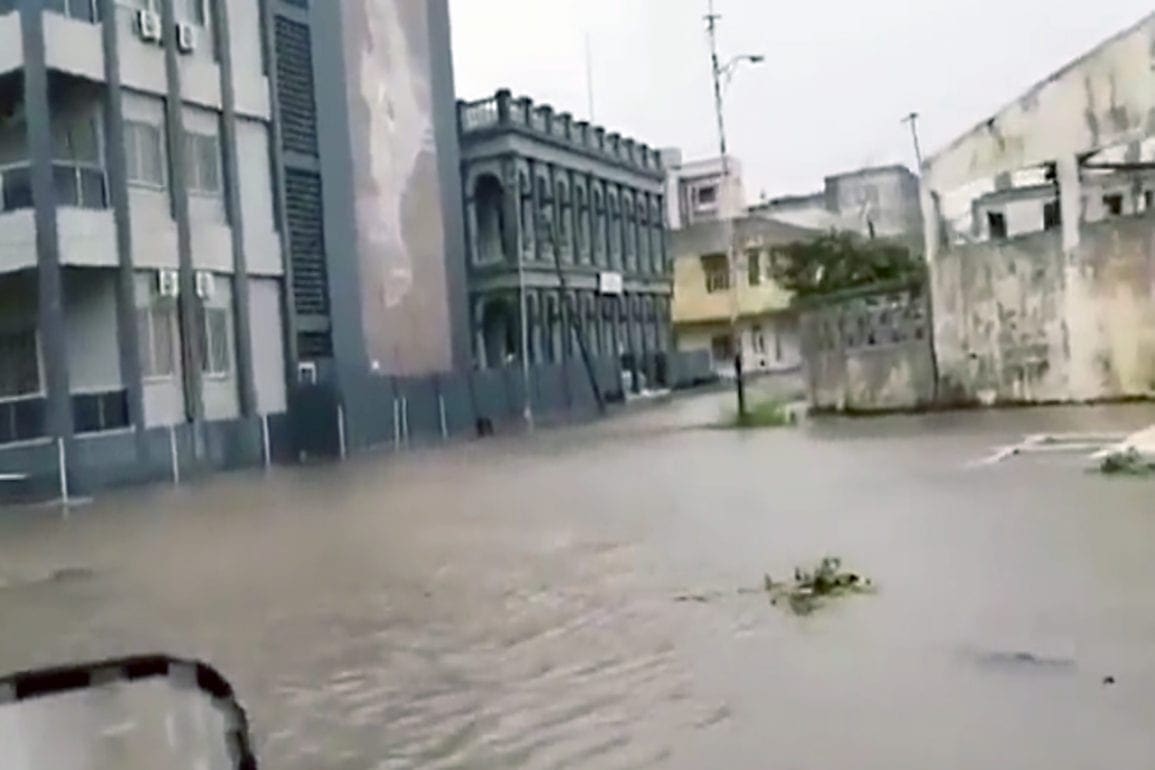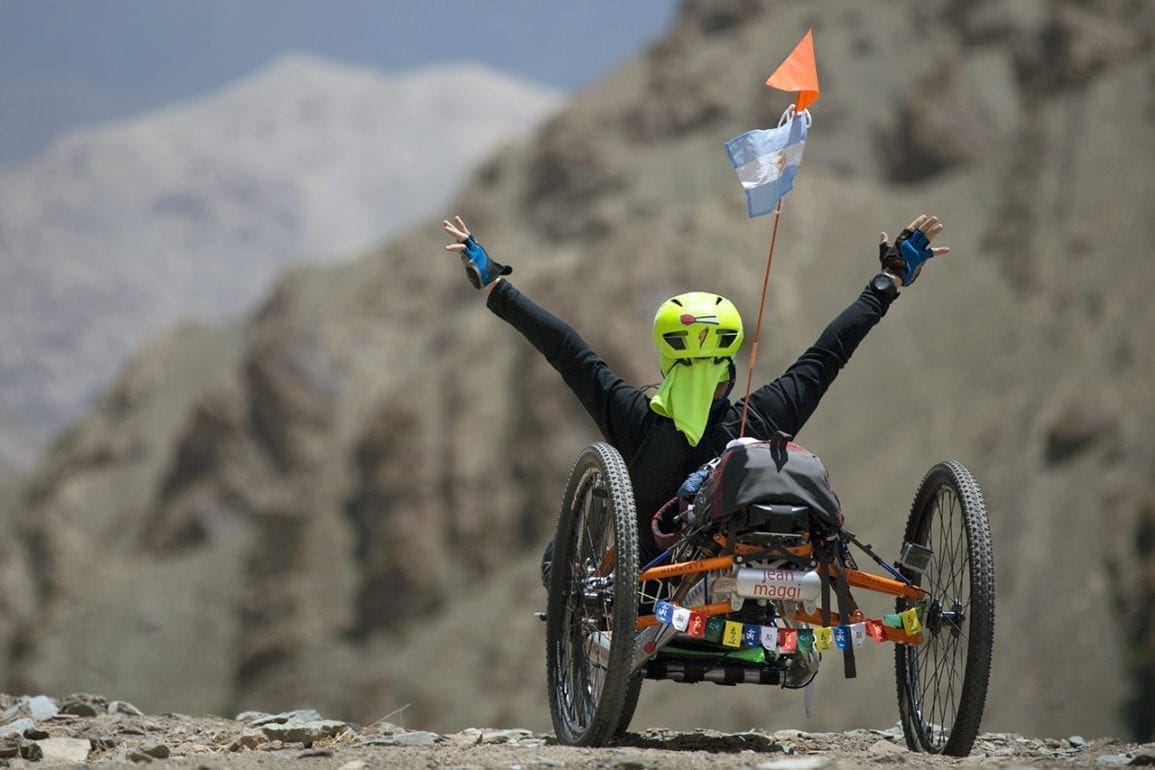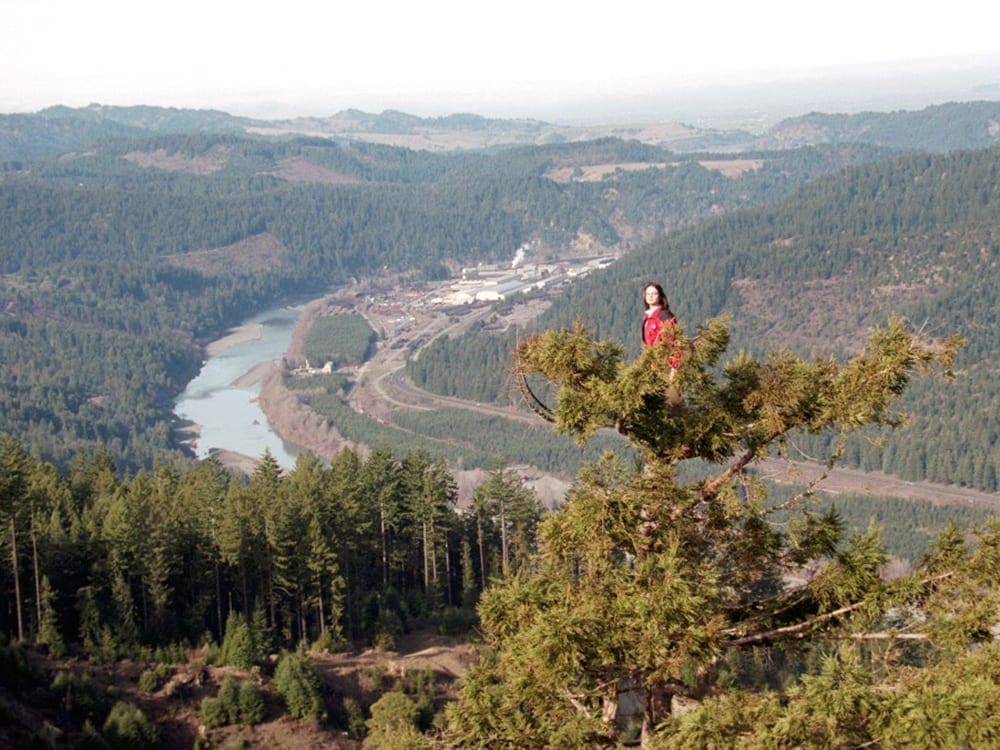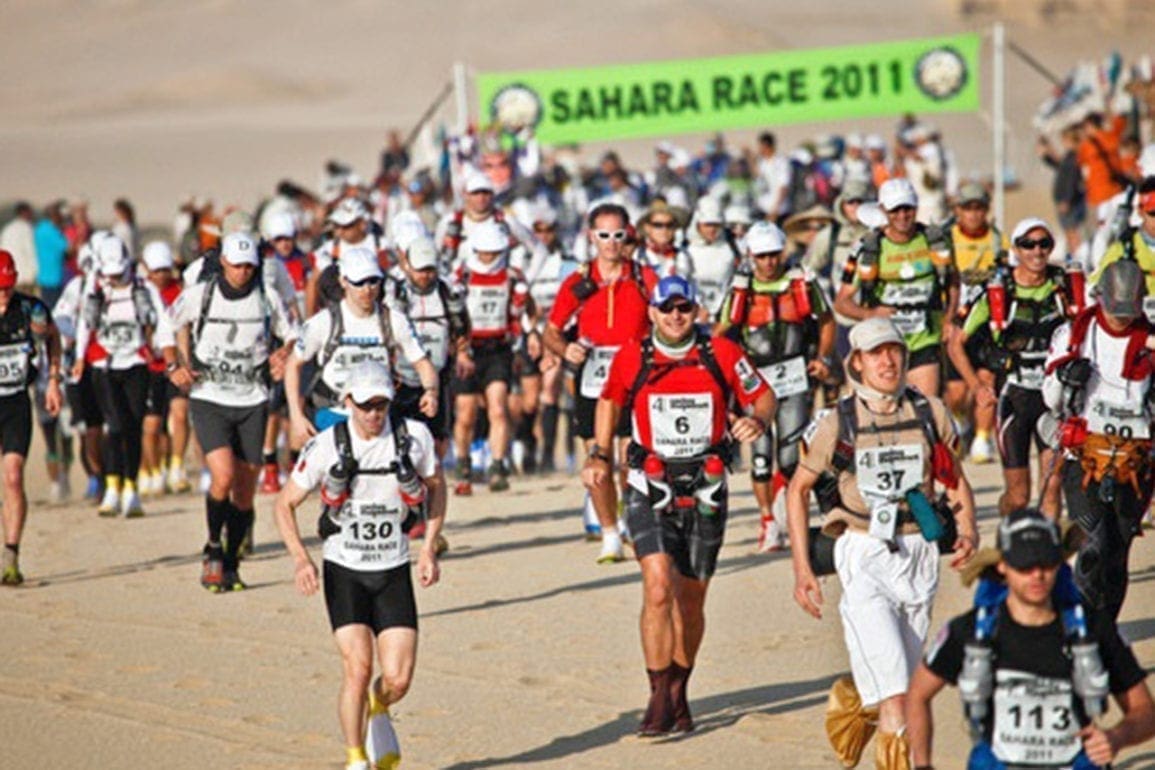Cleaning Everest: mountaineers battle mounds of garbage on the world’s highest peaks
I see tents, empty oxygen tanks, broken ropes, and worn-out equipment piling up on the slopes. It amounts to tons of garbage year after year. When I lay my eyes on this sight it chokes me, and I know that the slow decomposition of these non-biodegradable materials pollutes the soil and water.
- 1 year ago
June 28, 2024
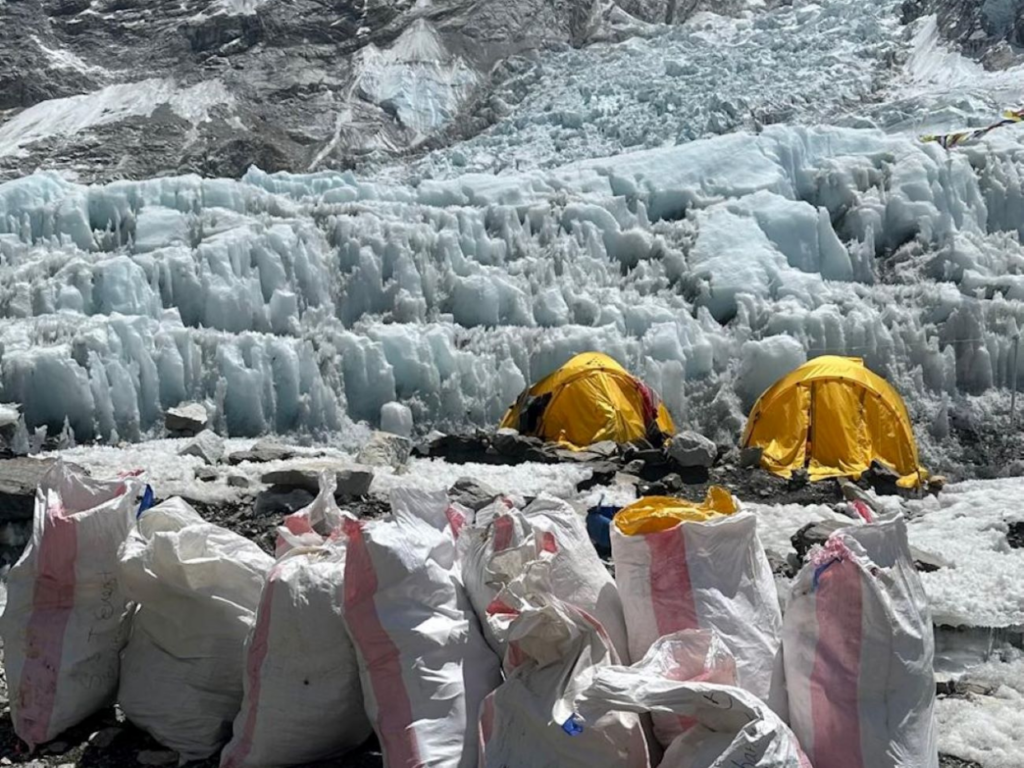
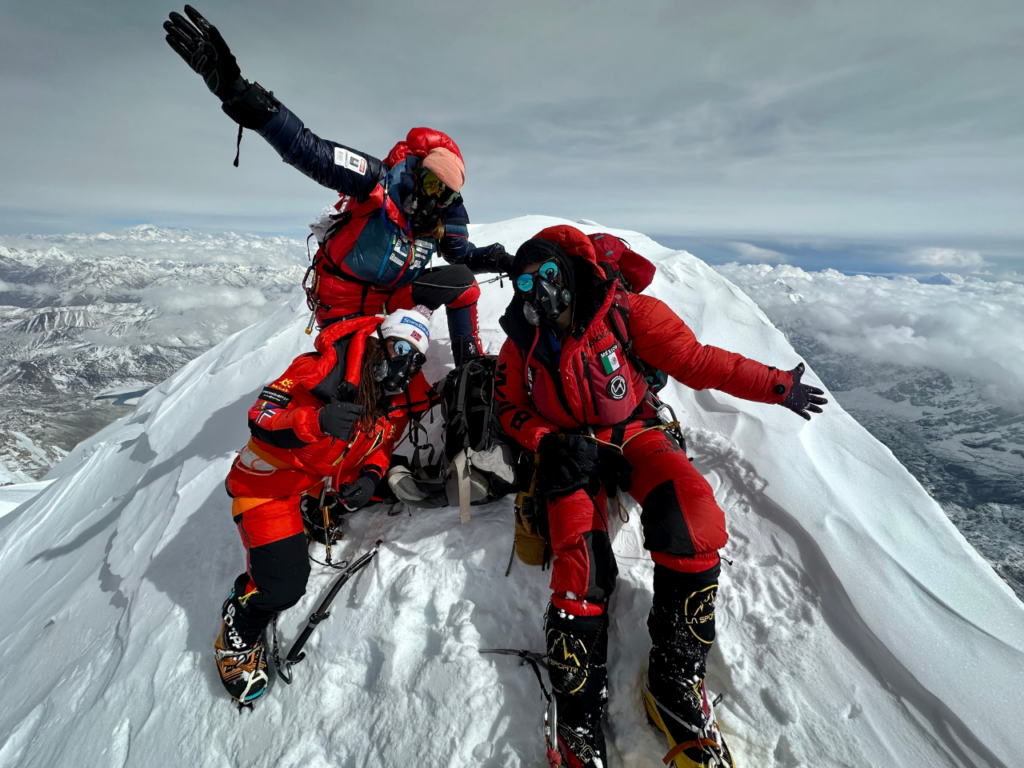
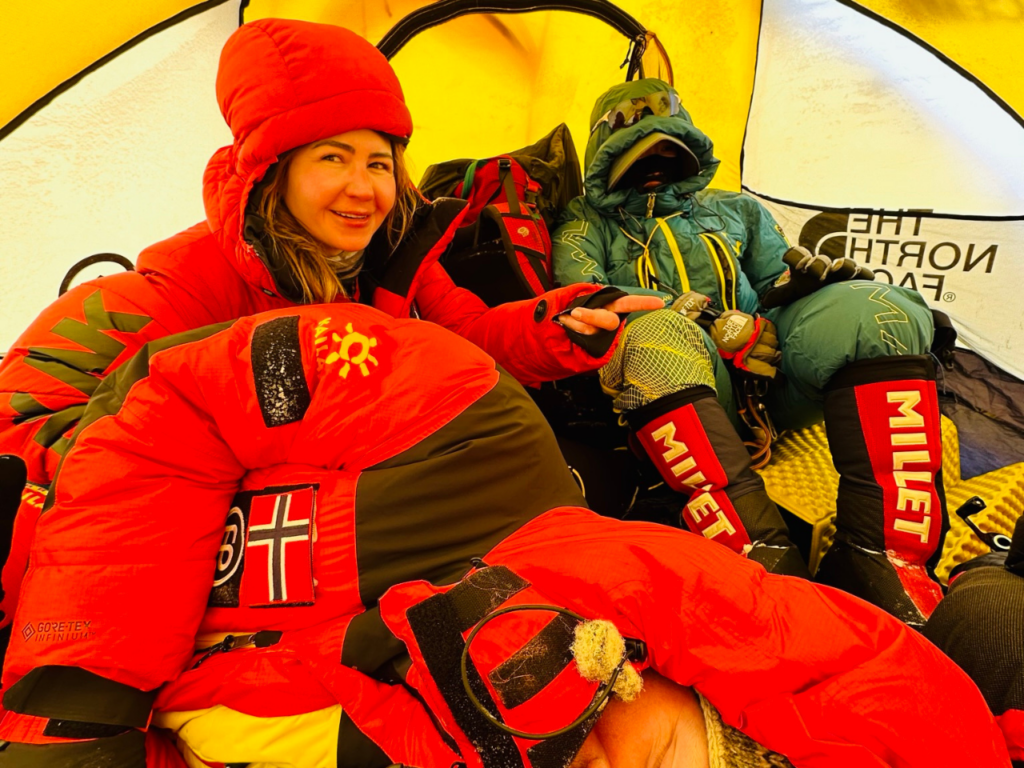
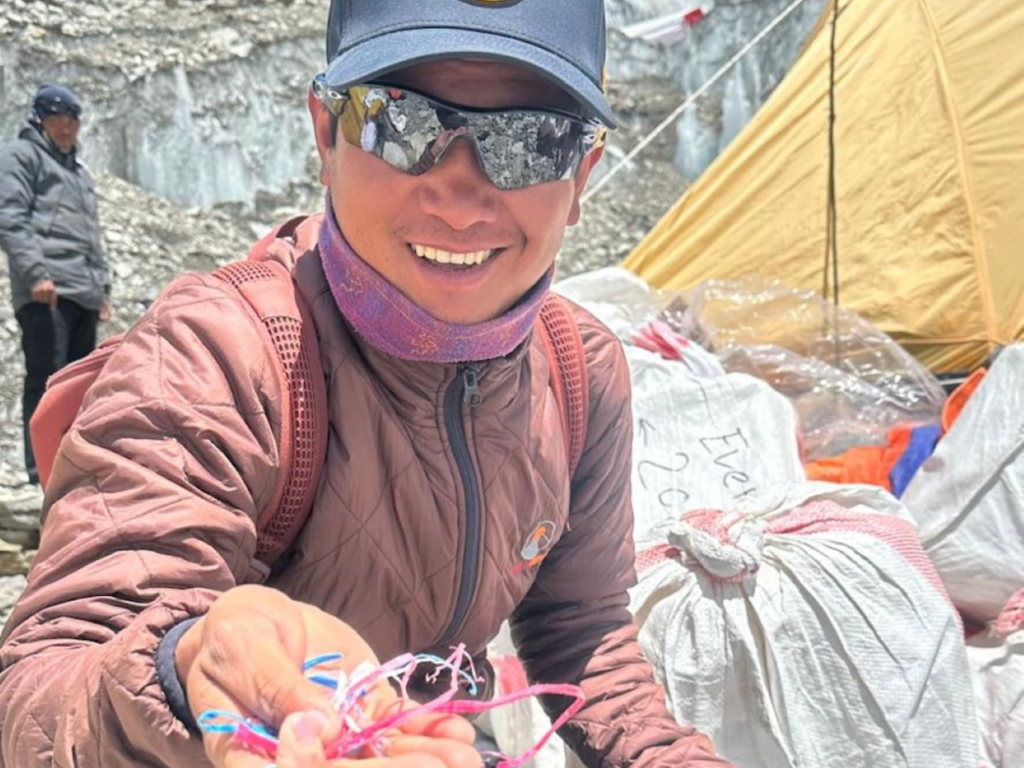
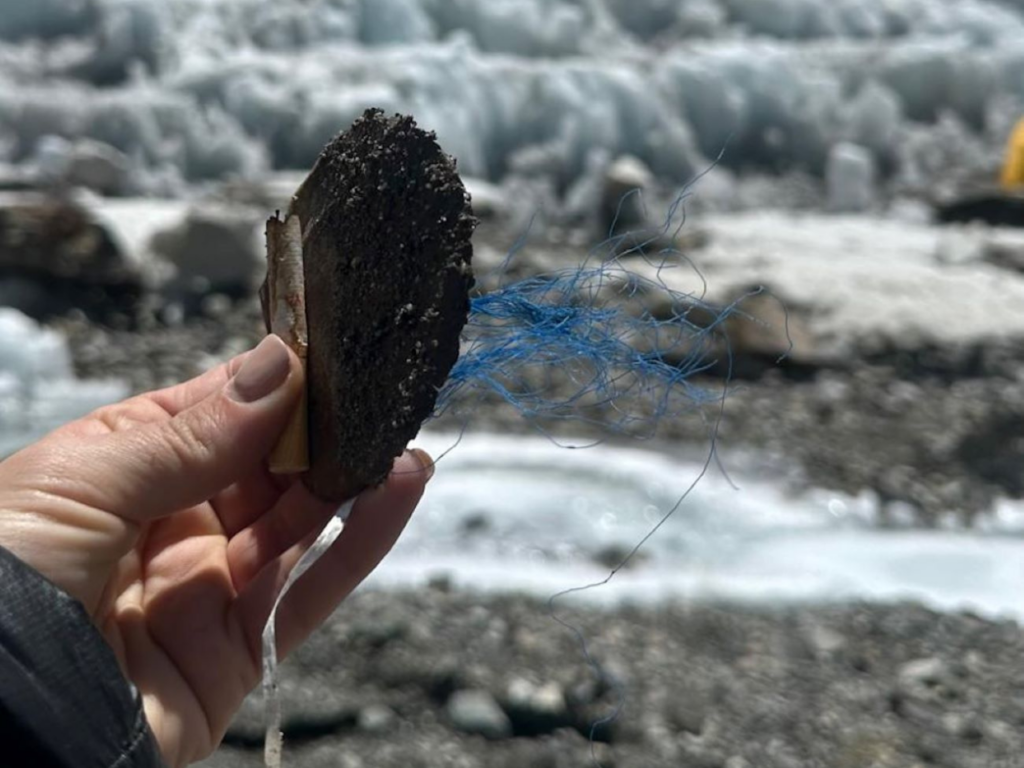
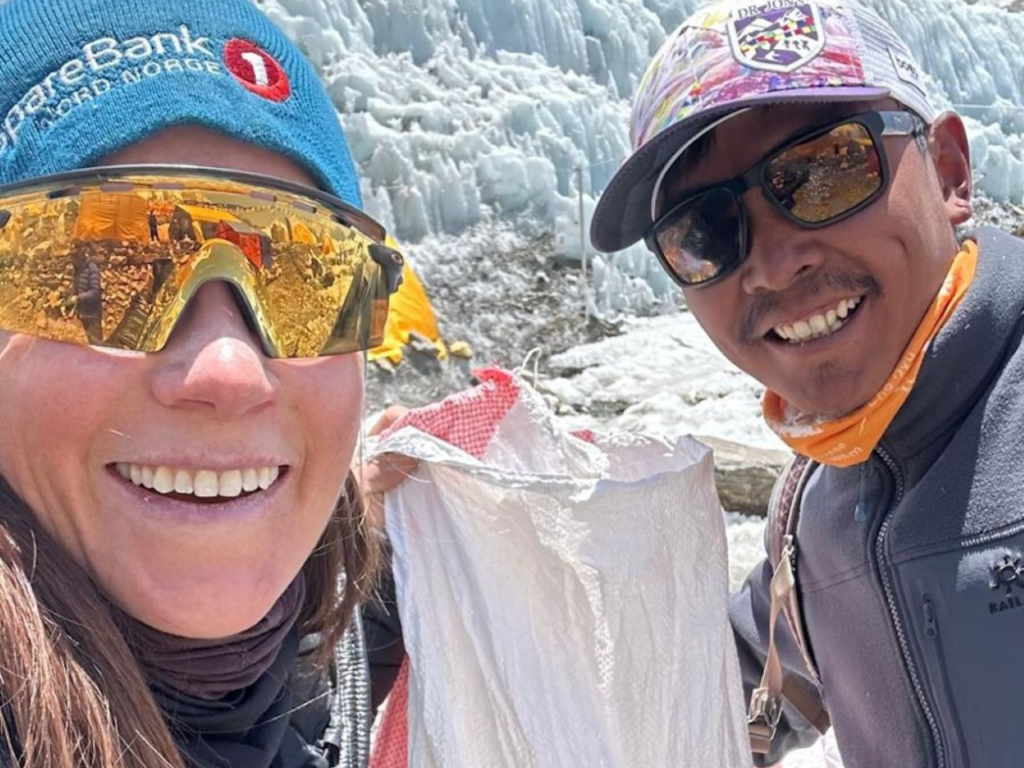

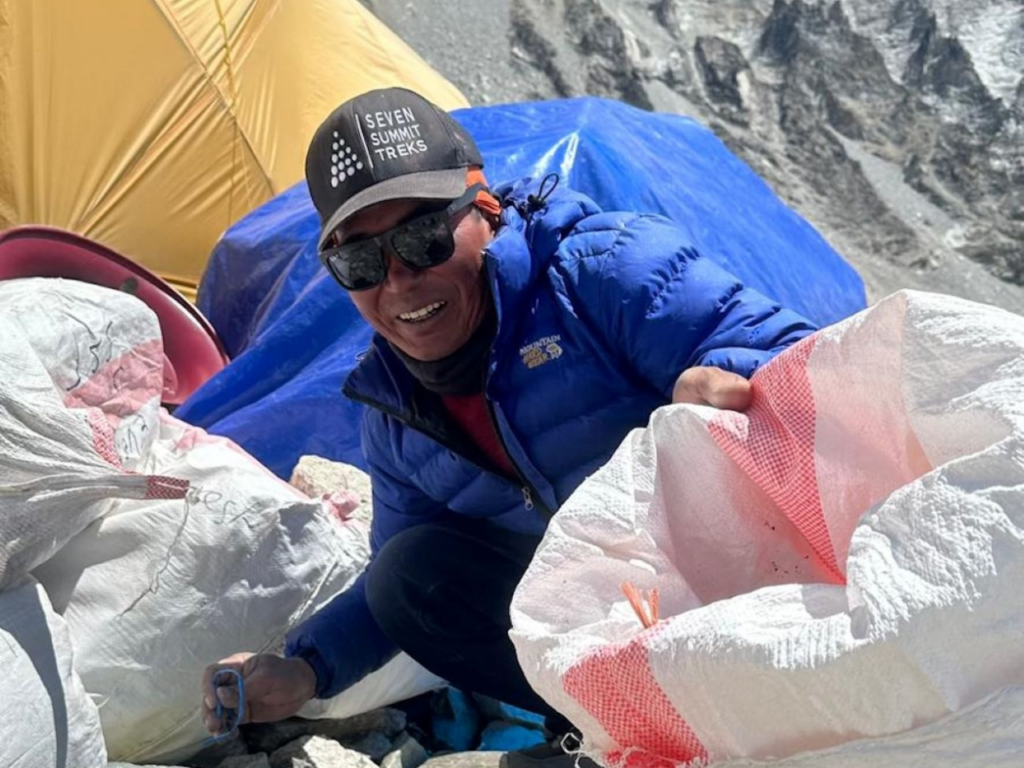
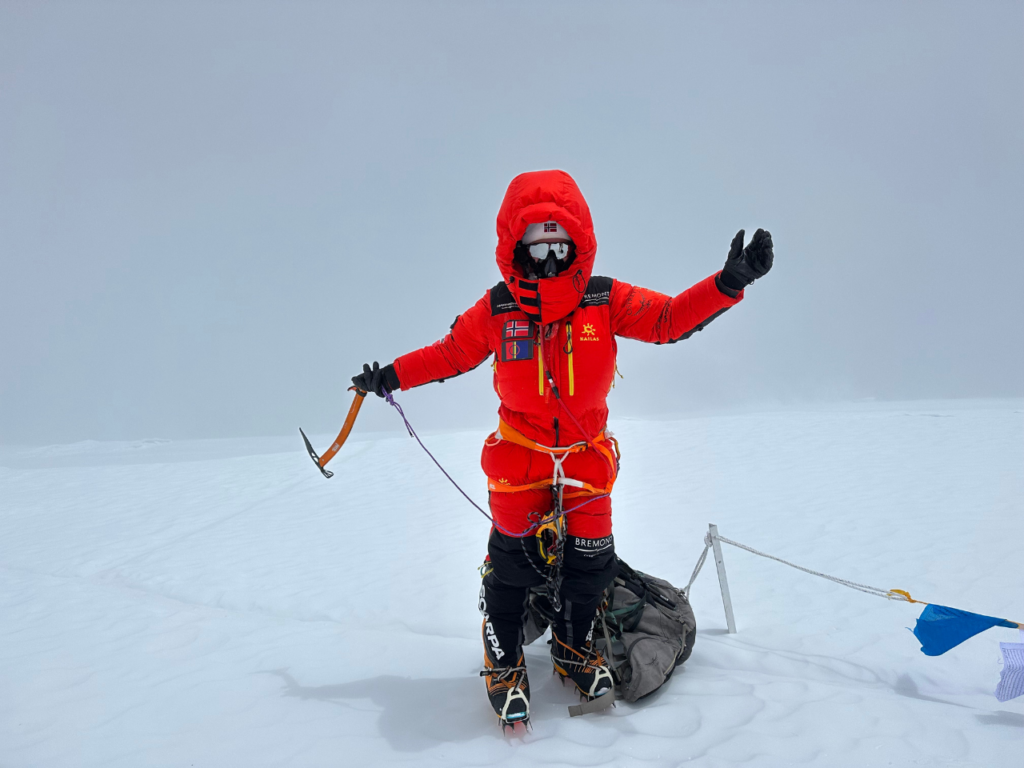

MOUNT EVEREST, Nepal — From my base camp at Mount Everest, in the ice and cold, trash seemed to swallow the mountain. The landscape lay marred by a plague of garbage. I felt shocked as I witnessed it and decided to do something to reverse the situation.
Today, wearing a down jumpsuit with the Norwegian flag, I climb to the 8,611-meter peak, clearing the route of worn-out oxygen cylinders, tattered tents, and ropes discarded by climbers over the decades. In one week, my team and I collected over 200 kilos of garbage. For me, the effort serves as a tribute to the mountain, and I do this work from my heart.
Read more environment stories at Orato World Media.
Launching a cleanup initiative on Mount Everest
Year after year, I saw more and more garbage pile up at Mount Everest, so I started a cleanup project. This year, I visited all the camps including the summit, cleaning garbage with my team. Removing the waste requires huge groups of people. The work remains difficult and dangerous.
The highest peaks record temperatures of 60 degrees below zero and winds up to 200 kilometers per hour in winter. These winds transport the debris and garbage, making some areas deadly. They are so fierce and biting, they pose a constant threat to our stability. My team and I often struggle to keep our balance.
Despite these challenges, I enjoy climbing Everest in good weather. I gaze up at its steep majesty, so high I can contemplate hundreds of other peaks surrounding me. It feels like my place in the world. However, as the weather worsens, I walk the slopes, my vision blurred by an incessant curtain of white snow. The threat of slippery ground and columns of glacial ice known as seracs loom.
The death zone at Mount Everest proves so extreme, if I or any climber suffers from altitude sickness, frostbite, or an accident, rescue becomes virtually impossible. The very low temperatures and the difficulty of the terrain at high altitudes force us to take three breaths for each step, even for an experienced climber. My heart races to supply oxygen more frequently. Not even a helicopter can rescue someone at that altitude.
Nevertheless, I have fought for my place on the fixed ropes with dozens of climbers stuck along the way. Making records, like climbing the 14 giants of the earth faster than anyone else in three months and one day, seems like science fiction. In this harsh scenario, amidst such pressing conditions, when I take garbage back down the mountain, I gamble with my life.
Surge in hikers leaves mountains of garbage behind
As Everest’s popularity as a mountaineering destination grows, the number of people seeking to reach its summit increases significantly. This generates a noticeable amount of waste. I ask myself, “What price does the mountain and the environment have to pay?” Little by little, I see how people destroy its beauty and ecosystem, causing irreparable damage. I witness the great demand of neo-alpinists willing to pay very high sums of money to fulfill a dream without giving up certain comforts.
At the base camp located at 5,364 meters, it resembles a bustling village with corridors and streets formed by dozens of tents that look more like inns, complete with televisions. It’s crazy. At Camp Two, at 6,500 meters, I see even more impressive facilities. Tents offer heating, internet, a wooden bed, and a mirror, along with unlimited oxygen. However, they often leave the equipment behind from one year to the next. As a result, uncontrolled waste management occurs, creating real chaos.
This starkly contrasts my experience as a true mountain climber with those who are not. True climbers venture only with the essentials, while others require every comfort to ascend. Everest now overflows with garbage. Most climbers discard their gear on the mountains because, after summiting, exhaustion takes over, and survival becomes the only priority.
I see tents, empty oxygen tanks, broken ropes, and worn-out equipment piling up on the slopes. It amounts to tons of garbage year after year. When I lay my eyes on this sight it chokes me, and I know that the slow decomposition of these non-biodegradable materials pollutes the soil and water. The situation proves even worse at the last camp on the normal route, located at more than 7,900 meters on Everest’s South Col, where garbage often remains forever.
Beyond inorganic waste: the grim reality of human corpses on Everest
Over the years, I witnessed piles of empty oxygen cylinders, plastics, human waste, and abandoned tents accumulate in Everest’s crevasses, turning them into tattered rags flapping in the wind. Abandoned ropes mislead teams off-route, while discarded tents force climbers to set up in more exposed areas, increasing the risk of fatal falls.
As I climb, some areas stink from the waste. I find it unbelievable that people set up tents with kitchens and leave everything behind. South Col has become a shocking sight. In addition to inorganic garbage, Everest harbors a grim record of human corpses. Some remain for years, while others emerge as glaciers melt due to climate change.
In July 2023, together with Tenjen Lama Sherpa, I set the world record for climbing fourteen 8,000-meter mountains in 91 days. The most heartbreaking experience of my life was Tenjen’s death in August of the same year. He fell from a cliff, and despite our efforts to rescue him, the low oxygen, narrow path, and difficult conditions forced us to leave him behind. I plan to return to the mountain in October to find his body and return him to his homeland and family.
This mission is not just about bringing him back; it’s a personal journey to find closure and peace. Climate change exacerbates the challenges on Everest. Rising temperatures melt glaciers, revealing trash from early expeditions. The glaciers’ continuous movement uncovers new waste annually. Despite the hard and dangerous task, I am committed to preserving the mountain’s beauty and integrity.



